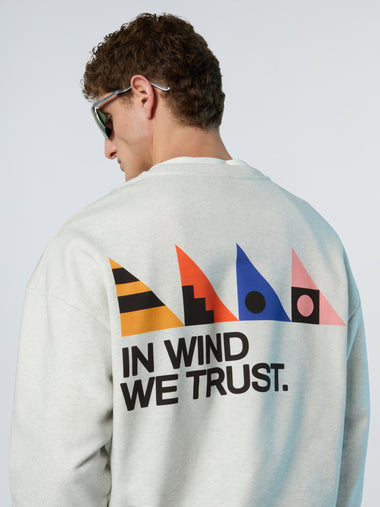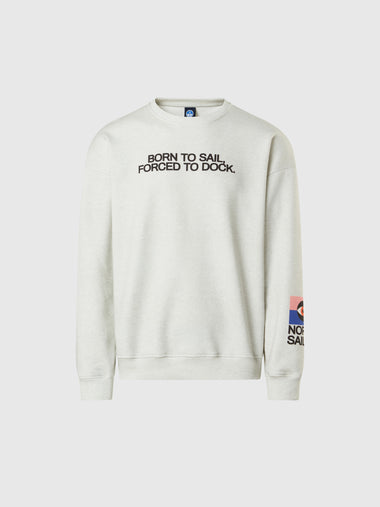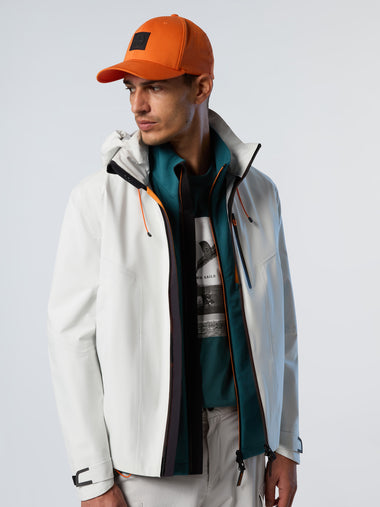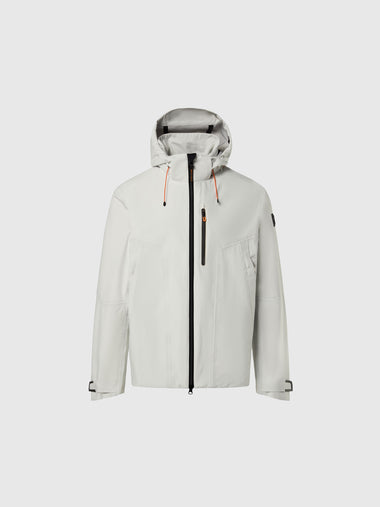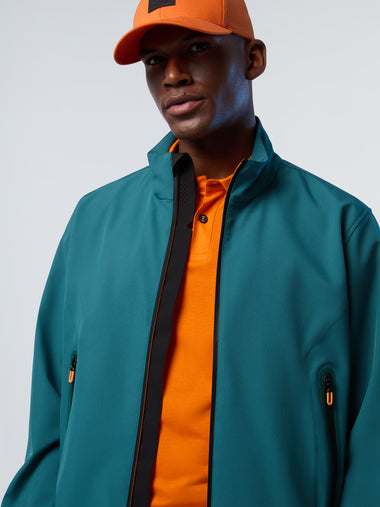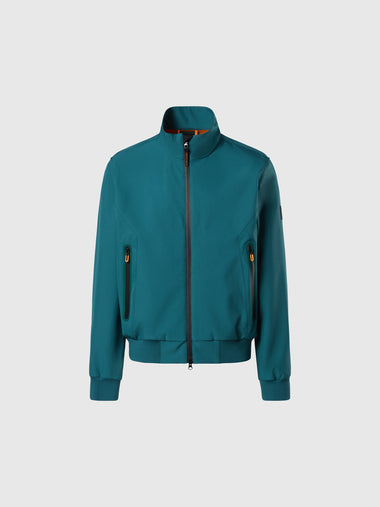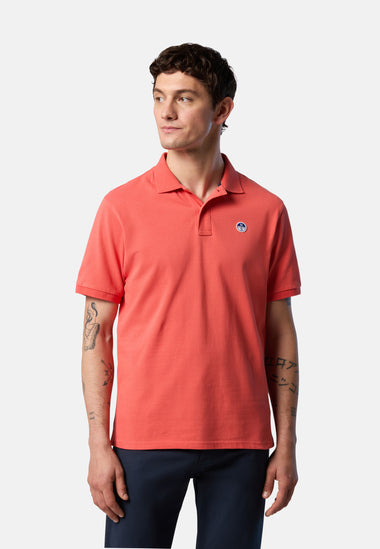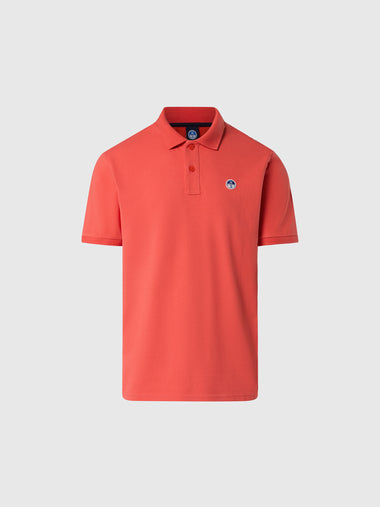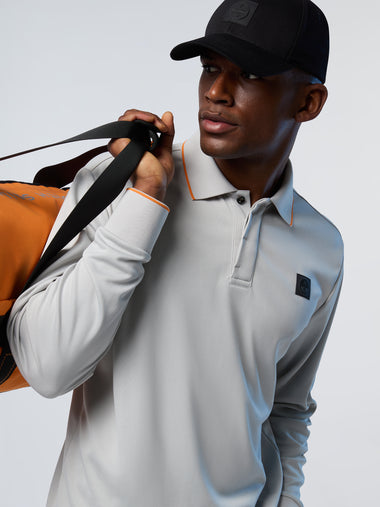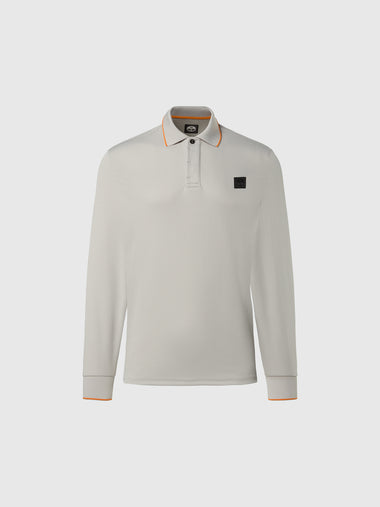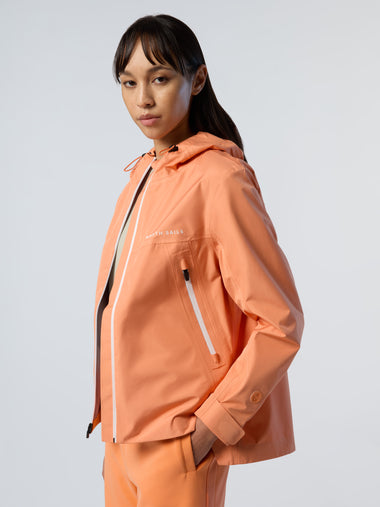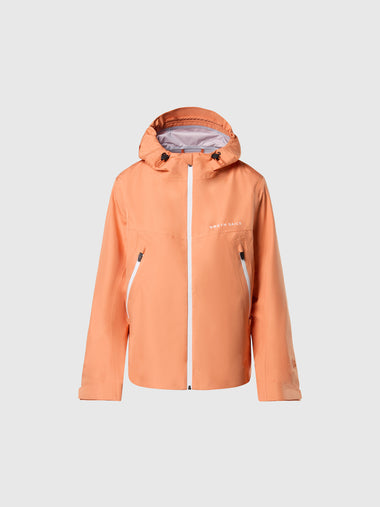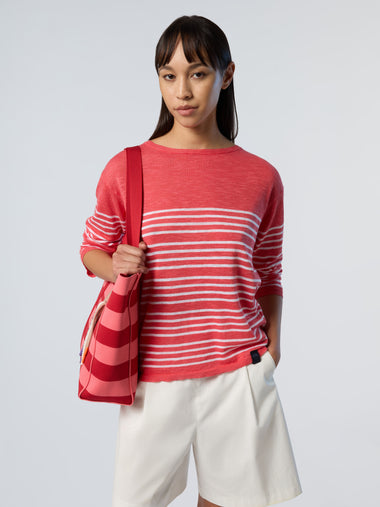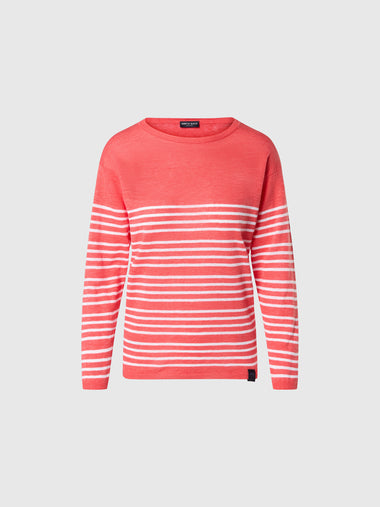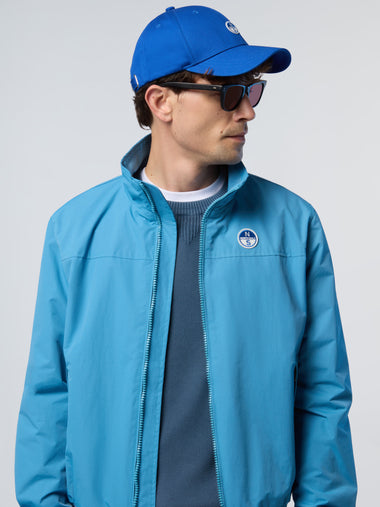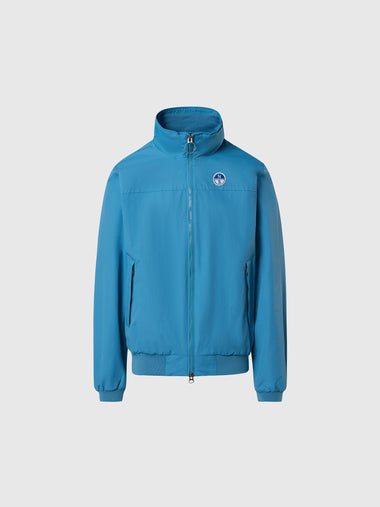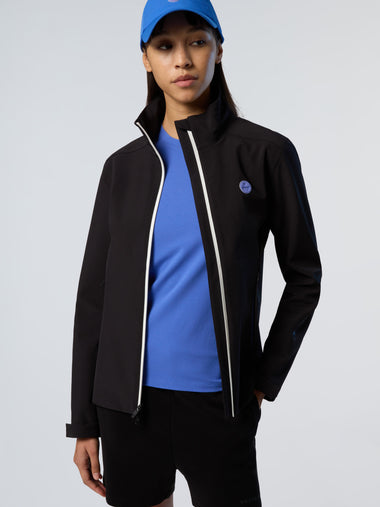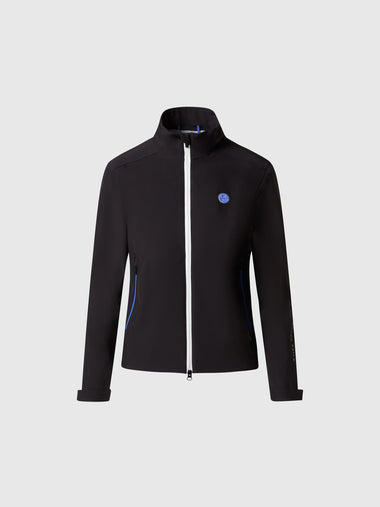NORTH SAILS BLOG
Tutto
Events
Guides
News
People
Podcast
Sustainability
Tech & Innovation
Travel & Adventure
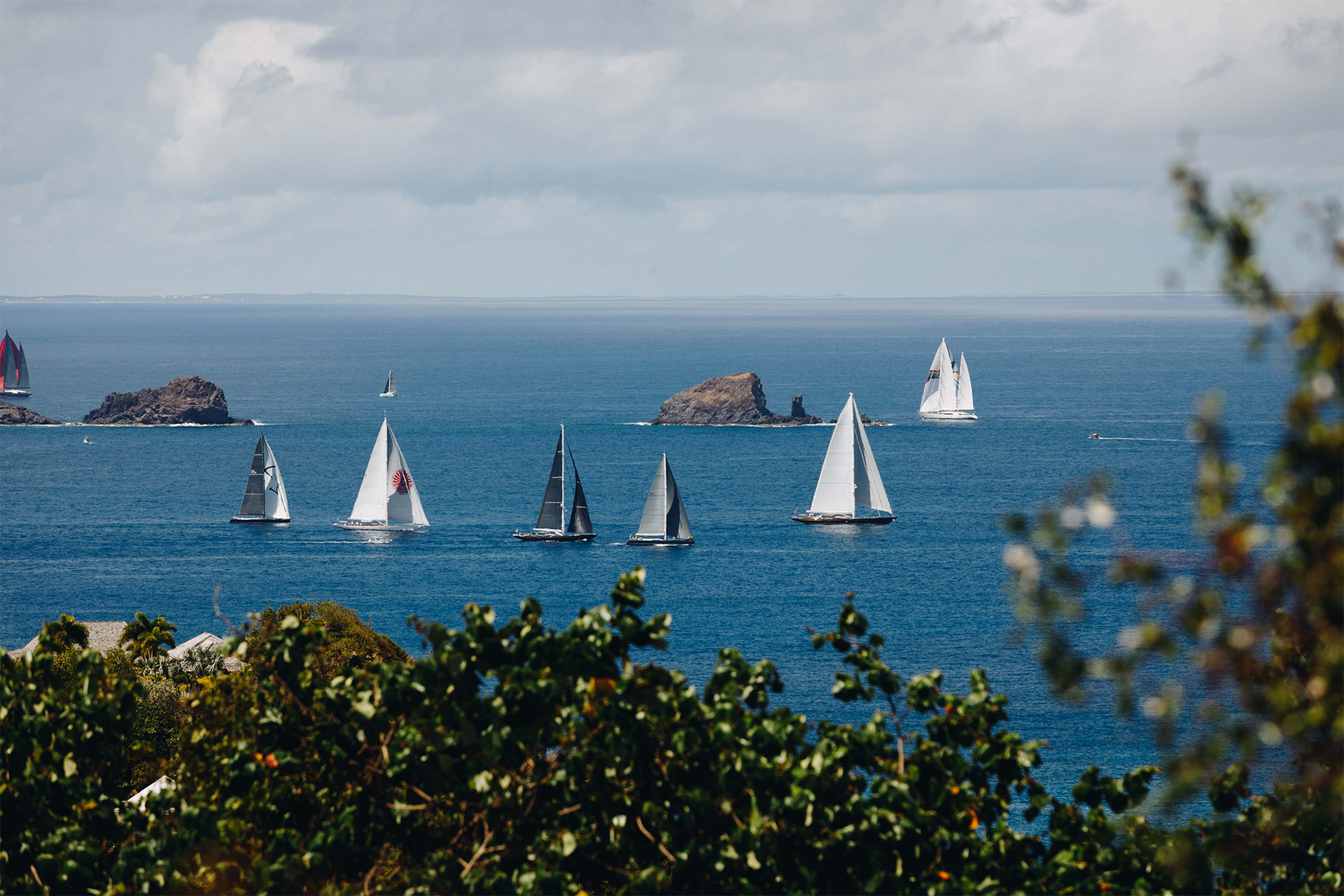
events
A POSTCARD FROM ST BARTHS: NORTH SAILS AT THE 2025 BUCKET REGATTA
The 2025 Bucket Regatta delivered everything you'd expect—breathtaking scenery, tight competition, and a fleet of phenomenal superyachts pushing their light air performance to the limit.
READ MORE
READ MORE
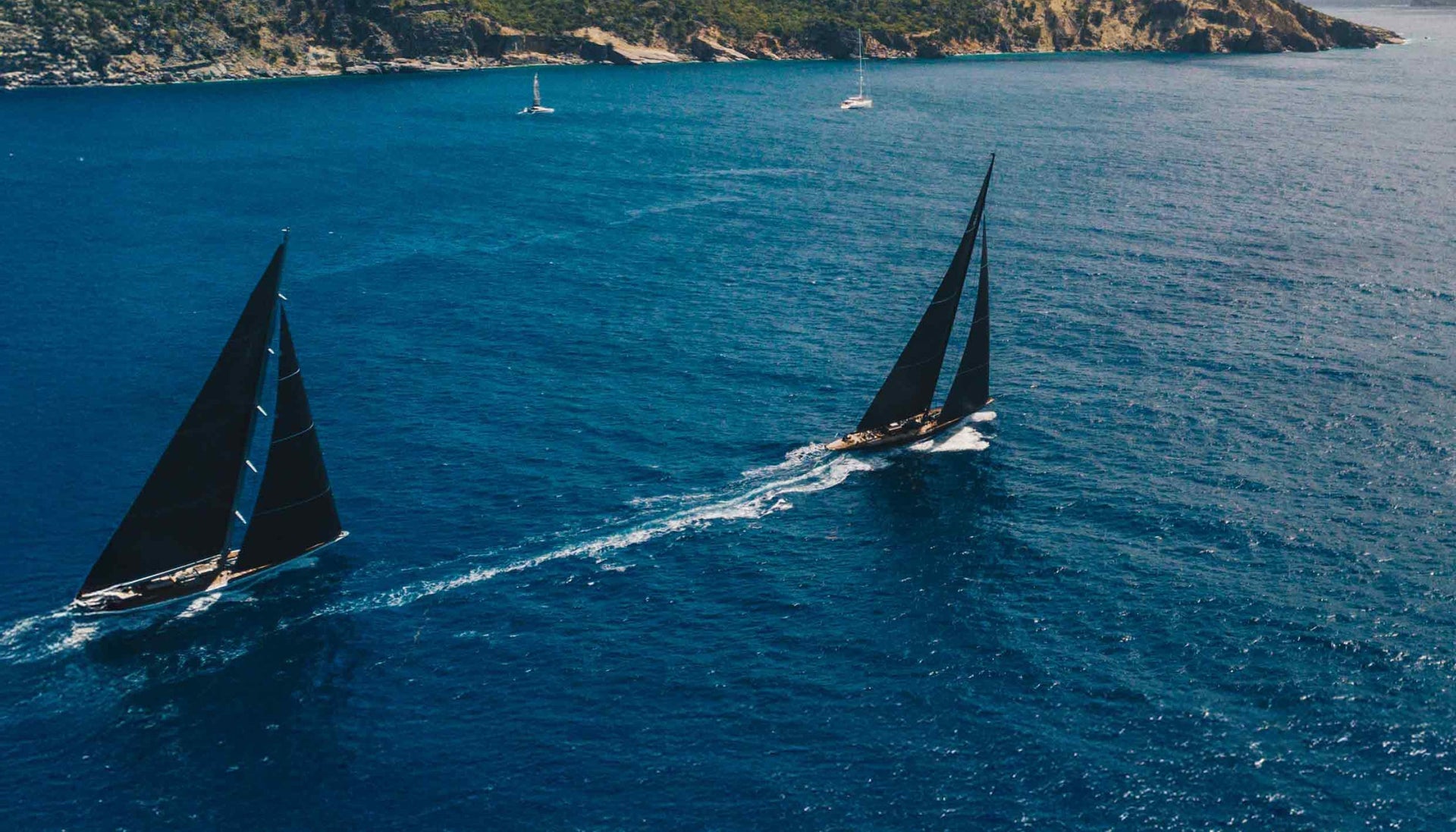
events
CARIBBEAN RACING SEASON PREVIEW
Wind, warm water, and sunshine. Set your out-of-office and escape to the Caribbean with North Sails. North Sails President Ken Read and superyacht expert Mike Toppa share their experiences.
READ MORE
READ MORE
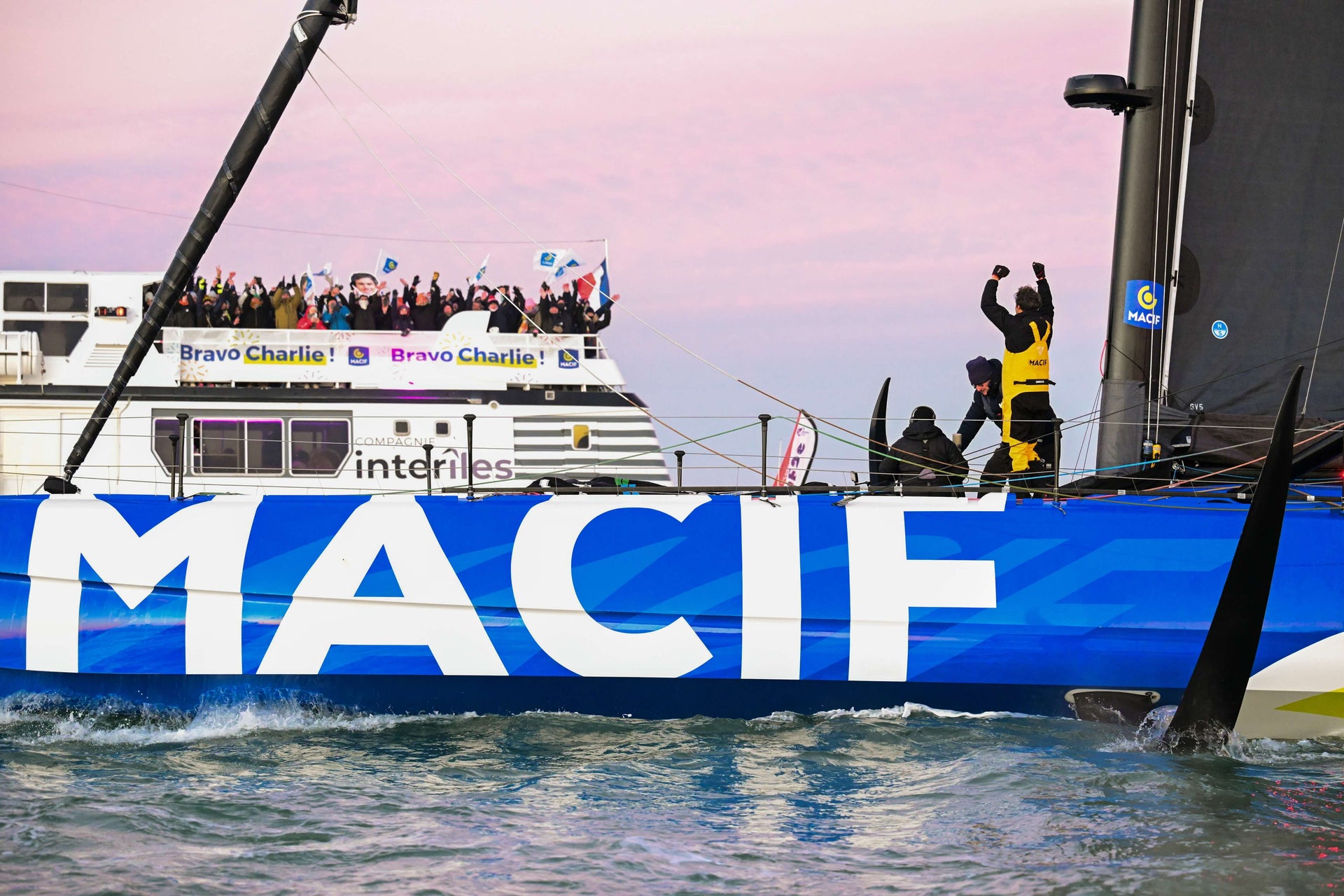
events
CHARLIE DALIN, POWERED BY NORTH SAILS, CONQUERS THE VENDÉE GLOBE
In the early morning, with temperatures hovering at freezing, Charlie Dalin secured his Vendée Globe victory. Dalin also shattered the singlehanded monohull around-the-world record set in 2016.
READ MORE
READ MORE
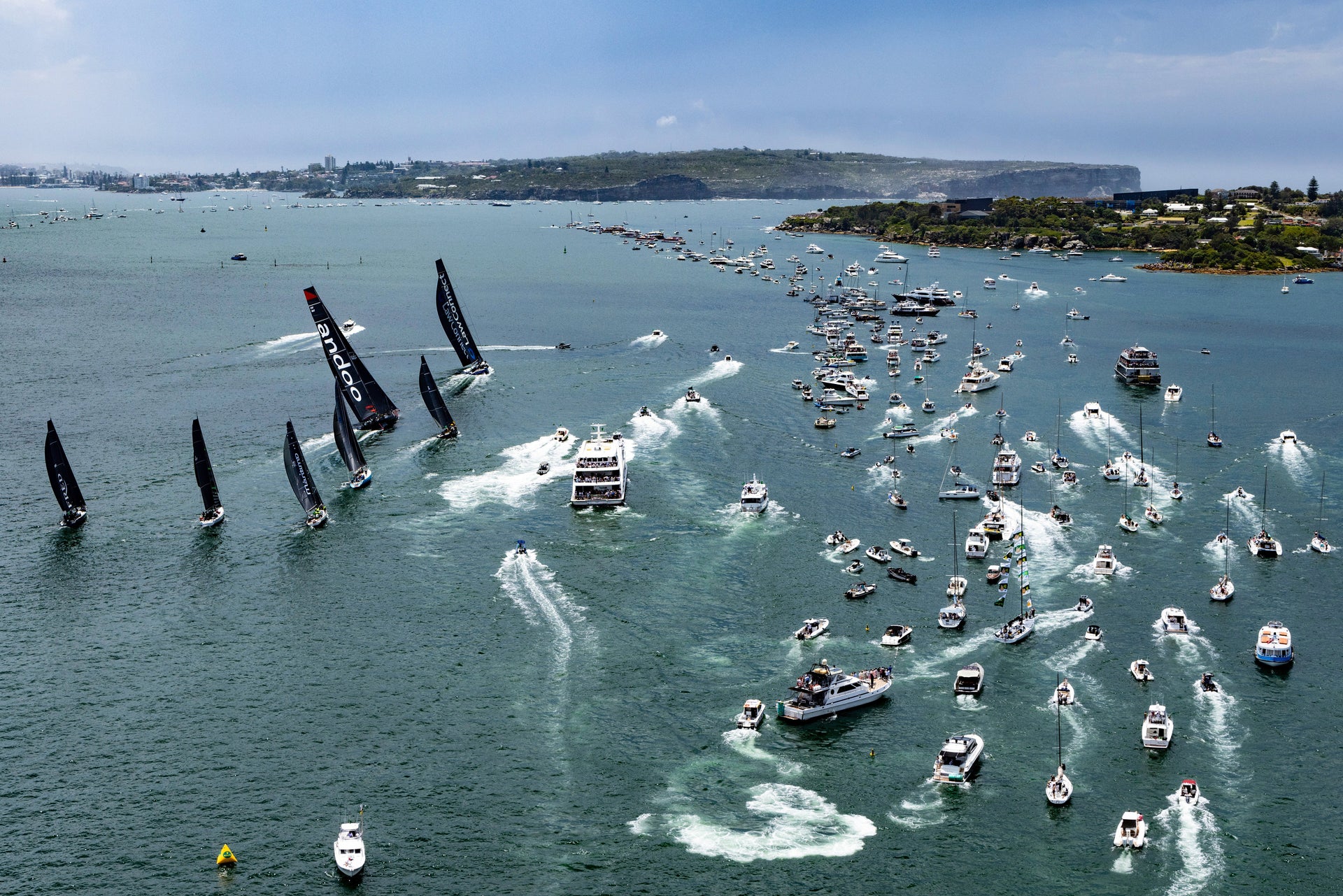
events
ROLEX SYDNEY HOBART YACHT RACE 2024 PREVIEW
North Sails supports dozens of boats across the Rolex Sydney Hobart Yacht Race fleet with tailored products and best-in-class support. Mark Bradford, Managing Director of North Sales Australia, provides this year's race preview.
READ MORE
READ MORE
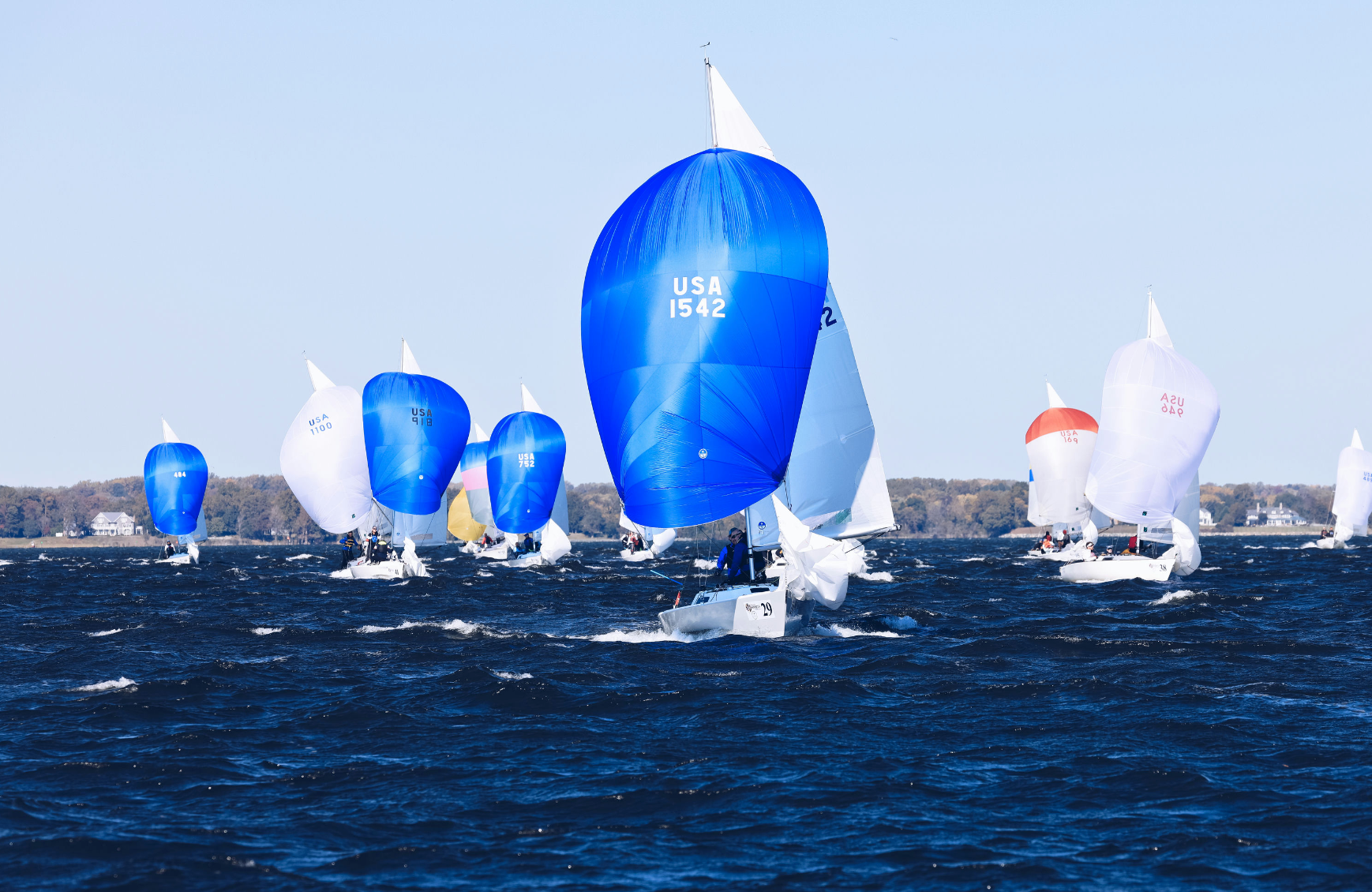
events
DOUBLE THE TITLES, TWICE THE FUN
Travis Odenbach is ecstatic and now unburdened having finally won a J/24 World Championship title after nearly 15 years of thinking about it.
READ MORE
READ MORE

events
VENDÉE GLOBE 2024 PREVIEW
The “Everest of the Seas” celebrates a major milestone this edition as it marks the 10th edition of the race this year.
READ MORE
READ MORE
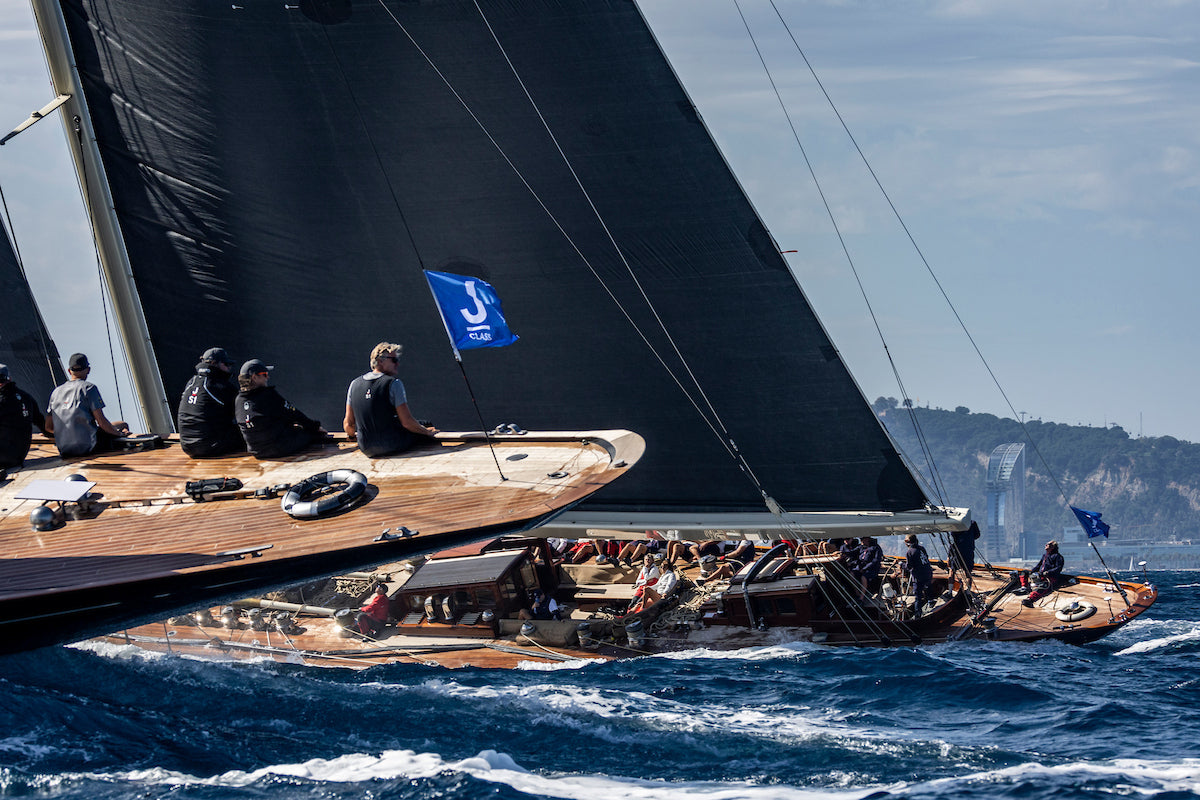
events
SVEA AND VELSHEDA CLAIM COVETED TROPHIES DURING THE J CLASS BARCELONA REGATTA
The J Class Barcelona regatta, a significant event in the rich heritage of the America's Cup, unfolded this past week with three majestic yachts competing.
READ MORE
READ MORE
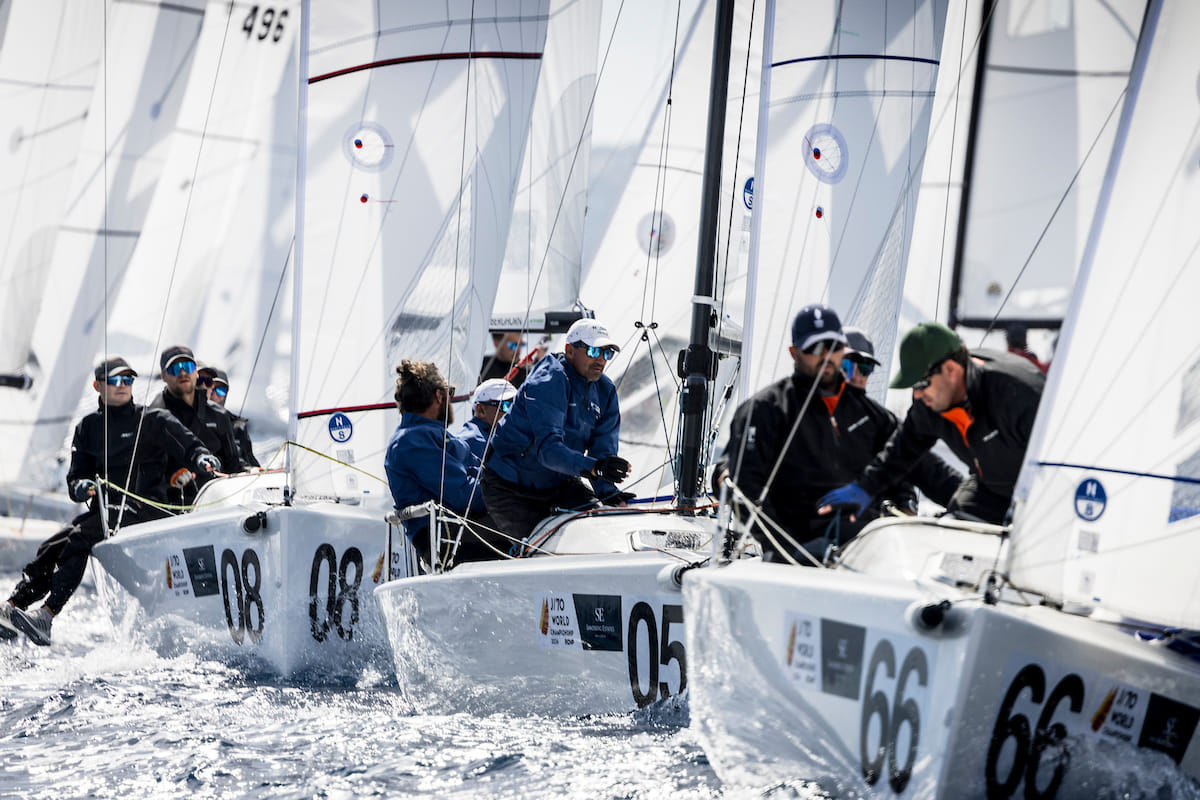
events
THE PALMA PLAN: WHAT IT TOOK TO WIN THE J/70 WORLDS
Rob Greenhalgh knows difficult. And we’re not talking about his hard laps around the planet, his skiff class world titles or all the grand-prix programs.
READ MORE
READ MORE

events
37th AMERICA'S CUP PREVIEW WITH KEN READ
The decisions, details, design work, and training create a unique DNA for each program. The die has been cast, and in many ways, the America's Cup is over before the trials commence.
READ MORE
READ MORE

events
PRESSURE, PERFORMANCE & EXPECTATIONS
Double Silver medallist Ian Walker gives us his perspective on the pressures when competing on the world stage and what to look out for in Marseille during the Paris Games.
READ MORE
READ MORE

events
PREPARATION. PREPARATION. PREPARATION.
Medalist, coach and now North Sails expert Ian Walker shares his insights on preparing to compete on the world stage.
READ MORE
READ MORE

events
#NSVICTORYLIST: NEWPORT BERMUDA RACE 2024
North Sails is the long-time Performance Partner to the Bermuda Race. In this edition, North-powered boats took command of the leaderboard and claimed the coveted St. David’s Lighthouse trophy.
READ MORE
READ MORE

events
GITANA TEAM WINS INAUGURAL ARKEA ULTIM CHALLENGE
Powered by North Sails, Gitana Team Skipper, Charles Caudrelier, crossed the finish line off the coast of Brest, France, on February 27th, to win the ARKEA Ultim Challenge. The ARKEA Ultim Challenge is the first-ever solo multihull race around the world and was sailed in 32m Ultim Trimarans – true Giants of the Sea.
READ MORE
READ MORE

events
REMARKABLE RESULTS AT J/70 WORLDS
The 2023 J/70 Worlds in St Petersburg in Florida saw a remarkable clean sweep for North Sails customers, taking all three major titles and seven of the top ten overall positions.
READ MORE
READ MORE

events
AMERICA'S CUP FIRST IMPRESSIONS
The America's Cup kicked off with its first Preliminary Regatta in Vilanova i La Geltrú, Spain. Sailed in the new AC40 one design class, this event was a milestone in the long road to the 37th edition of the famed race which will be sailed in Barcelona from August to October 2024.
READ MORE
READ MORE
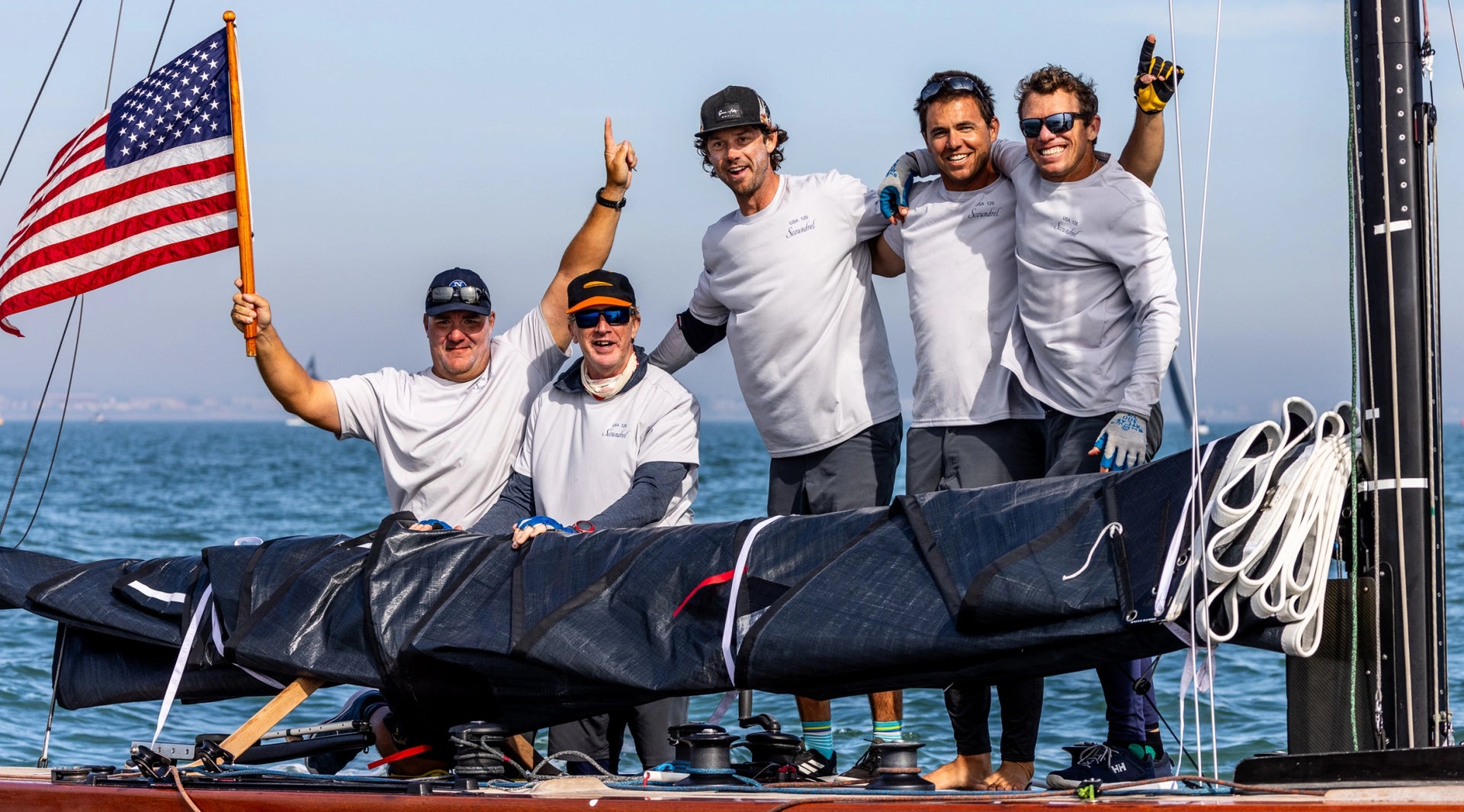
events
NORTH SAILS POWERS VICTORY AT THE 2023 SIX METRE WORLD CHAMPIONSHIP
North Sails powers victory at the 2023 Six Metre World Championship. Jamie Hilton's Scoundrel and His Majesty King Juan Carlos of Spain's team Bribon win new world titles in their respective classes
READ MORE
READ MORE
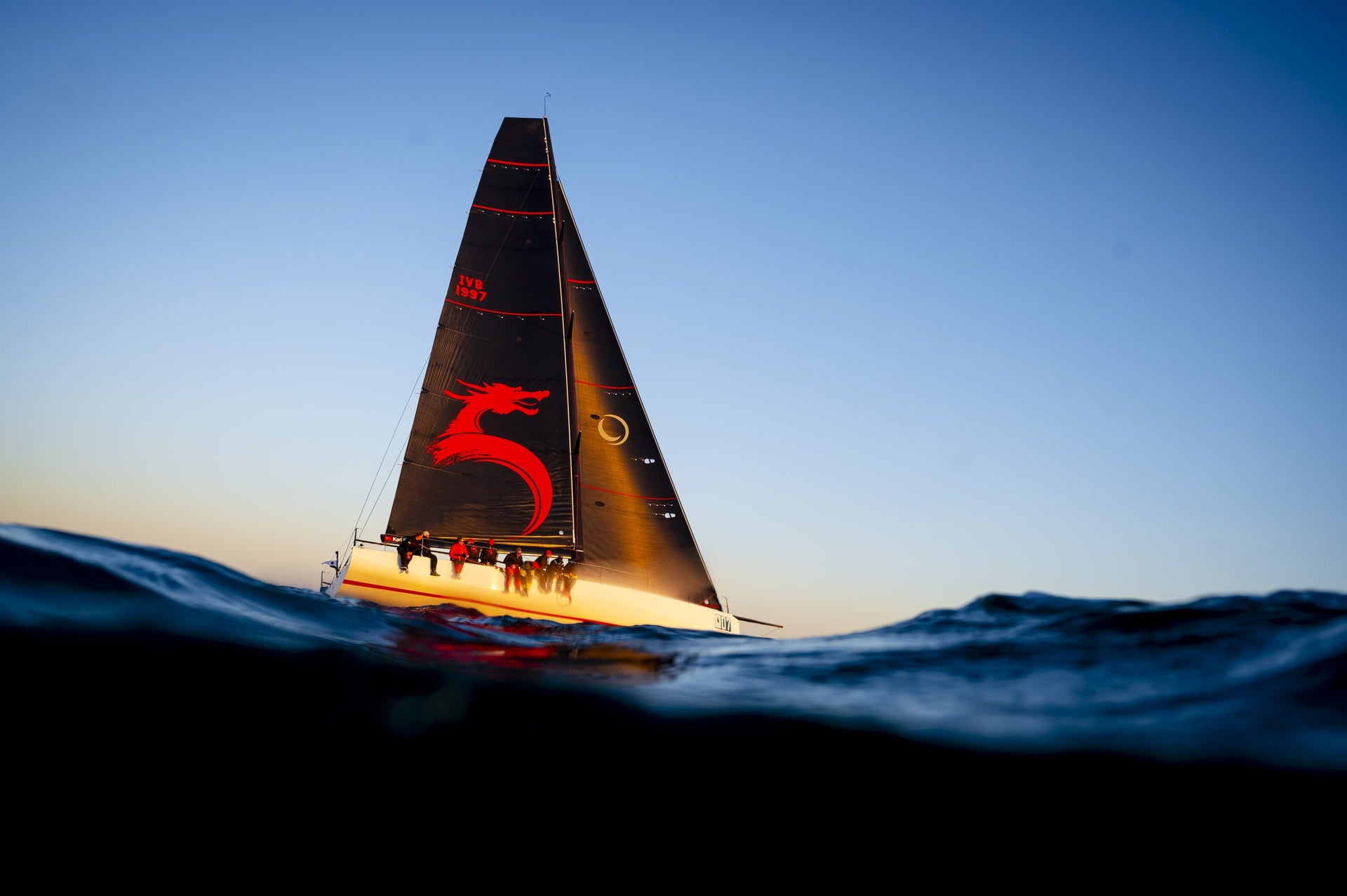
events
THE SAILMAKER OF WORLD CHAMPIONS
Two Worlds wins, one incredible weekend. North Sails powers 2023 ORC and RC44 World Champs. We believe that champions are forged on the water, and the recent events have once again proven our legacy of master win-makers.
READ MORE
READ MORE
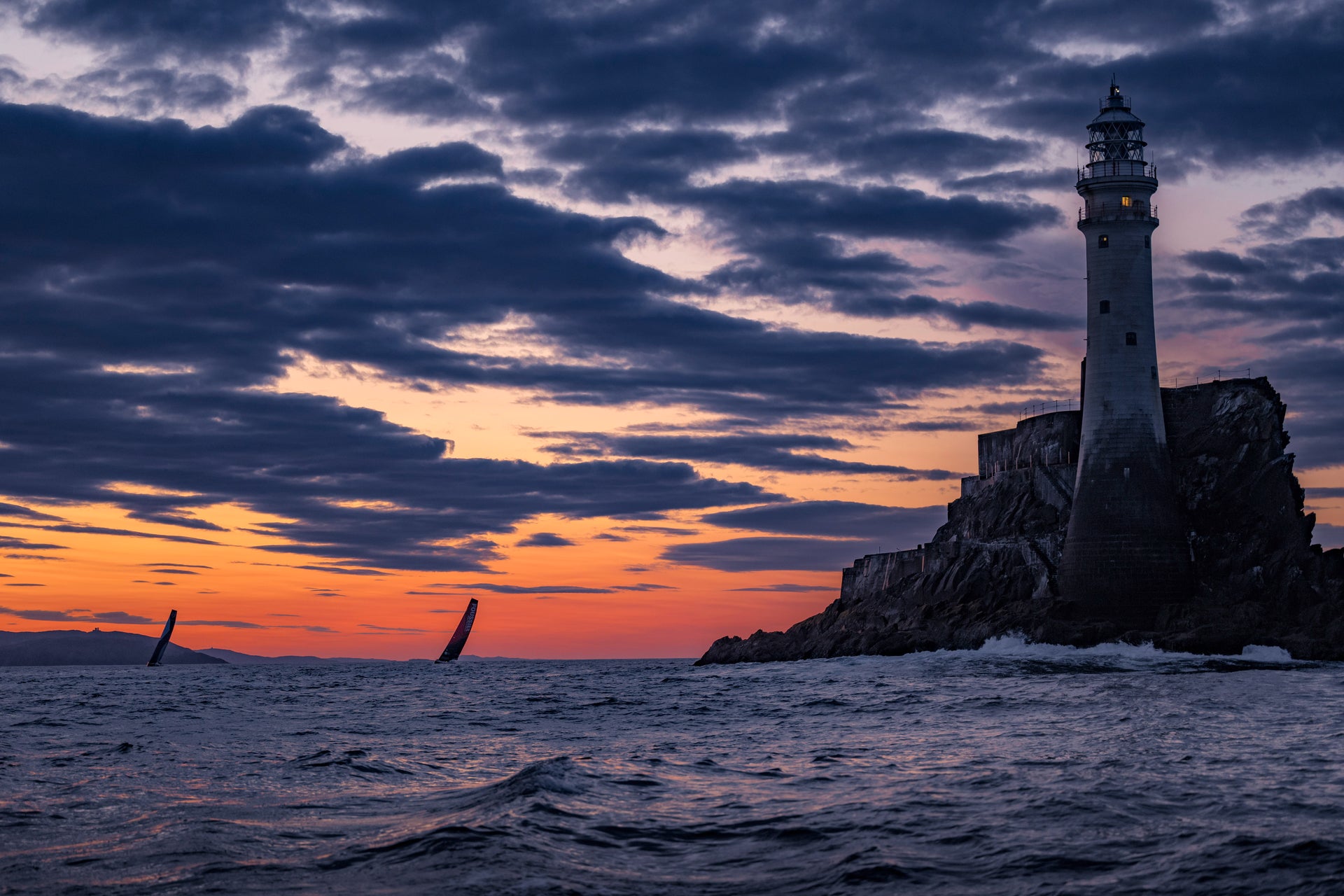
events
RECORD-BREAKING SUCCESS AT THE ROLEX FASTNET RACE 2023
The renowned Rolex Fastnet Race drew a record-breaking number of entries. The standout performers were the North Sails-powered skippers Francois Gabart and Charlie Dalin, who set new Fastnet Race course records in their respective categories.
READ MORE
READ MORE
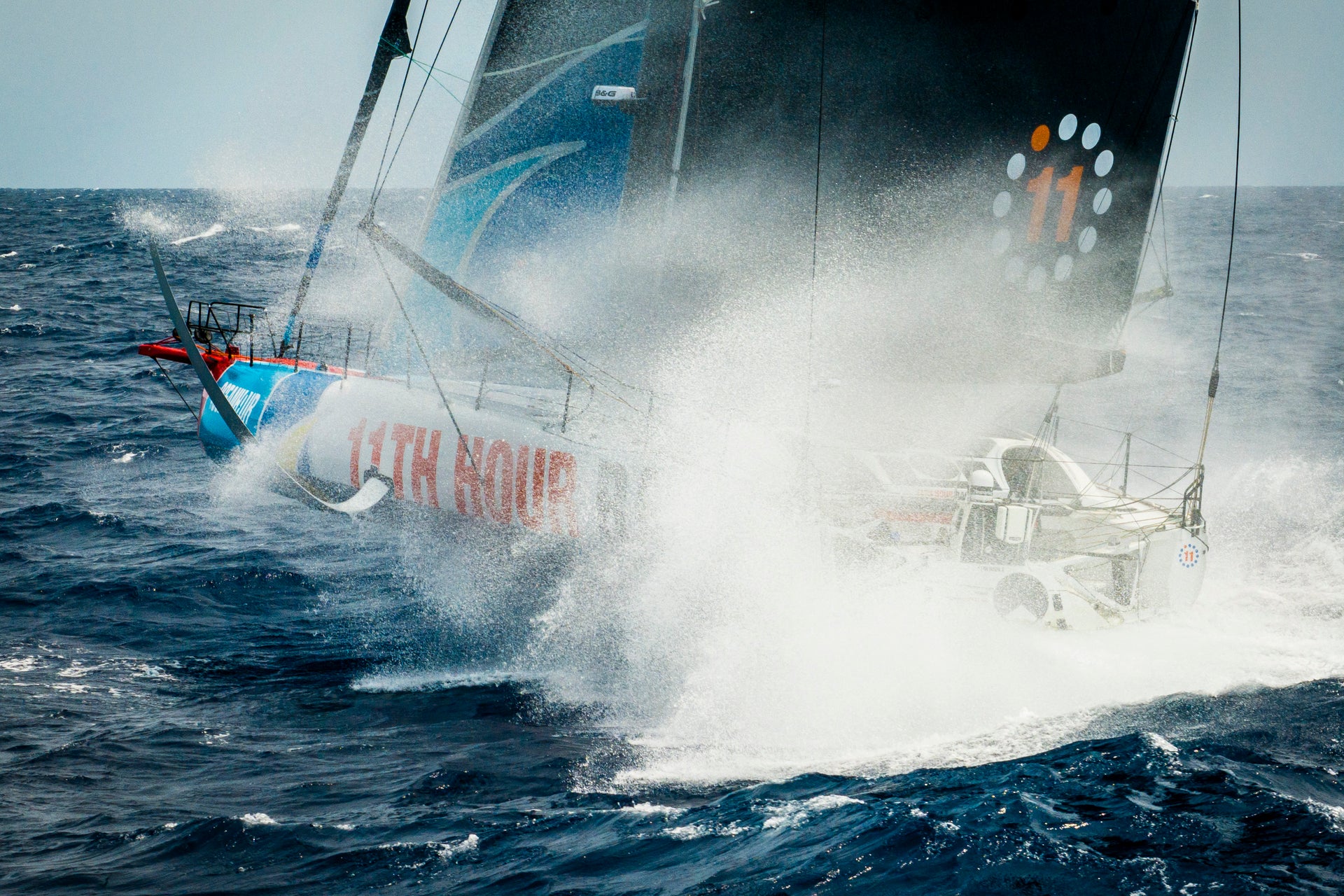
events
11TH HOUR RACING AND WINDWHISPER RACING TEAMS WIN THE OCEAN RACE
A new format, two trophies, and another North Sails-powered circumnavigation completed
After six months, nine stopover cities, and 32,000 nautical miles, The Ocean Race 2022-23 sailed its final miles and crowned two winners at the finale in Genoa, Italy. Skipper Charlie Enright (USA) and his 11th Hour Racing Team hoisted The Ocean Race Trophy, while Pablo Arrarte (ESP) and the WindWhisper Racing Team claimed the VO65 Sprint Cup.
The 50th edition of the race ushered in a new era of competition with two classes, the one design VO65 and the exciting IMOCA development class, as well as featuring the longest leg in the history of the race. We also saw the fall of the 24-hour monohull speed record, which stood for eight years only to be broken back to back during Leg 5.
📸 Sailing Energy / The Ocean Race
True to form, The Ocean Race 2022-23 pushed boundaries, expectations, and at times, the patience of the teams and fans worldwide.
No one is better suited than Enright to speak firsthand on the long road to the start line and the ups and downs of this lap around the planet.
11th Hour Racing Team was leading the race overall when they experienced a devastating collision at the start of the final leg. The incident forced the team to retire from Leg 7, but the sailing and shore teams turned their heartbreak into heroic efforts to get the boat sailing again while also filing for redress. Following the redress hearing on June 29th, the International Jury awarded the team 4 points, putting them on the top of the leaderboard and securing Enright's place in history as the first American skipper to win The Ocean Race.
The 11th Hour Racing skipper comments on his team's win:
"I'm absolutely ecstatic. This race takes everything out of you - emotionally, mentally, and physically. I'm incredibly proud of our whole team who have worked tirelessly for three years to get to this point. There have been highs, some incredible highs, but also lows that have knocked us all, but they were all worth it to hear this news today."
"When we launched our campaign in 2019, we never could have anticipated that it would finish in this way. Any sailor will tell you that they want to win races on the water and not in the jury room, and after winning three legs back to back we felt exceptionally strong and confident going into the final leg. We are pleased with the jury's decision, although we wish we had had the chance to battle it out for this final leg on the water as Holcim-PRB have been exceptional competitors and pushed us all the way"
📸 Sailing Energy / The Ocean Race
The Ocean Race 2022-23 welcomed the IMOCA class to the race route for the first time. And for the IMOCA class, the race was the first time these high-performance foiling machines were sailed fully crewed.
It was a bold move from a race that had sailed in the one design VO65 for the previous three editions. But the 60ft development class reinvigorated The Ocean Race with innovation and gave the fans awe-inspiring drone footage from the world's most remote locations.
Antoine Mermod, president of the IMOCA Class comments: “The Ocean Race was great. All of us within the class enjoyed it very much. The sailors loved racing and pushed these boats to their limits for six months. Technically and athletically, we learned a lot, as the boats were used more intensively and for longer than in the past. The understanding we collected from this edition will carry that forward for the next race. The IMCOA class shares a strong partnership with The Ocean Race, which we're really proud of. We've still got lots of questions on the table for the future, but we've also got really valuable first answers.”
📸 Amory Ross / 11th Hour Racing Team / Ocean Race
At North Sails, we have always been at the forefront of sailmaking innovation, and our contributions to The Ocean Race 2022-23 are no exception. Our sail technologies, including the revolutionary North 3Di and Helix Sails, have redefined the boundaries of performance and endurance in the most challenging conditions.
North Sails President and three-time Volvo Ocean Race race veteran comments:
"The Ocean Race is one of the hardest competitions in our sport for teams and their equipment. Everyone sets out to win, and in doing so, they put the best sailors, designers, and engineers on their project to help them achieve that goal. With the Ocean Race, our challenge is engineering sails that balance high performance and reliability to endure thousands of miles in brutal conditions. This edition we've witnessed the fully-crewed IMOCA pushed harder than ever. Races like this force creative thinking and fast-tracks innovation at North Sails."
The North Sails team and our products will continue to play a pivotal role in shaping innovations for The Ocean Race, the IMOCA class, and the wider offshore racing community. Our brand was first named the exclusive supplier to the then-new VO65 one design class in 2013. Two editions later, North Sails has once again proven itself worthy of delivering consistency across the one design fleet, and North Sails is the sailmaker of choice for four or the five IMOCAs. Our sails and, more recently, the North Sails Performance foul weather gear enable the teams to push their boats and themselves harder than ever.
THE OCEAN RACE 2022-2023 LIVE DEBRIEF
Join Ken Read, 11th Hour Racing Team skipper Charlie Enright and WindWhisper Racing Team skipper Pablo Arrarte for a live debrief of The Ocean Race 2022-23 on July 11, 2023. This webinar with the winners is free and open to everyone
If you’re interested but unable to attend this live webinar, register anyway, and we’ll send you a link to the recording once it’s ready.
Click here to register ➤
READ MORE
READ MORE

events
BACK AT IT FOR THE OCEAN RACE VO65 SPRINT CUP
Bouwe Bekking has eight round-the-globe races under his belt, a veteran considered one of the world’s most experienced sailors. He steps onboard Mirpuri/Trifork Racing Team for Leg 6 of The Ocean Race VO65 Sprint.
Taking the call from Aarhus in Denmark, Bekking was waiting for the VO65 to arrive from Portugal to start training.
“After Leg 1, our boat went back to Cascais. It’s been out of the water over there. They changed some elements, and our younger sailors are delivering it back here now.”
The Ocean Race 2022-23 features two different fleets: the 60-foot IMOCA Class which is racing around the world for The Ocean Race Trophy, and the 65-foot VO65 Class which is racing for The Ocean Race VO65 Sprint Cup over three legs. Bekking already raced Leg 1 from Alicante, Spain to Cabo Verde with Team JAJO. He’s now joining the Mirpuri/Trifork Racing Team for Leg 6 from Aarhus to The Hague in his native Netherlands.
“The leg from Aarhus to The Hague is very short and will be intense; the last one from The Hague to Genoa can actually be a long leg,” he says.“ The last leg in the Mediterranean Sea can normally be super light so it could take a few more days than expected.
“In that sense, you still approach it like an ocean leg – you still have to pack your food, plan your sails… yes, in that sense, it still feels like the old Ocean Race days.”
It’s fair to say this VO65 Sprint Cup differs from Bekking’s eight previous participations in the race, his first going back to the 1985-86 Whitbread onboard Philips Innovator. But the excitement is there nonetheless.
“I’ve done eight round-the-world races. This edition is different from the others, but I love this race, and I believe it’s good for the VO65s to be here. There are more boats in the harbor, and the spectators can see us sailing on deck, which is a bit different from the IMOCAs. It’s a different type of sailing that brings a lot of joy to me – and I think to the public as well.”
📸 Sailing Energy / The Ocean Race
With the leg start set on June 8 from Aarhus, Bekking and his crewmates, who’re skippered by Roberto 'Chuny' Bermúdez de Castro, “have a busy week ahead.”
“We had a little bit of a setback because we were supposed to start sailing at the end of May, but we had to change the gearbox and the boat was delayed a couple of days. Now we need to change our delivery sails for our race sails, race the inshore race, and a couple of other happenings, so we have a bit on.
“But the way our team is set up, we have a very experienced core crew, and a couple of young people onboard who actually did the delivery. We have a nice mix of people – we can teach the youngsters and they can learn a few tricks very quickly. I think it’s really fantastic that we’re over here and that we can get racing.”
Despite its shorter format, there is no doubt the VO65 Sprint Cup is a good stepping stone for younger sailors. “It’s very good for their sailing CVs to get the opportunity to do a couple of Ocean Race legs and sail the VO65. It’s just a completely different sailing boat, different from the IMOCA.”
In fact, it’s partly because the VO65s are tested one-design boats, all equipped with North 3Di sails, that it’s possible for teams to come in and take part in this hit & run racing format.
“It’ll be really interesting to see on the water,” comments Bekking. “All the teams have actually made crew changes… WindWhisper Racing Team is the favorite, but it’ll also be interesting to see what Team JAJO, who I sailed the first leg with, has learned. And this time, they sail into their hometown, so they’ll have that little bit of extra energy.
“And then, Viva México is the dark horse of the fleet – same for Austrian Ocean Racing powered by Team Genova. The Austrians finally have a new North Sails mainsail – after the boat sailed twice around the world. That sail must have had 100,000 miles under its belt! It was time.”
That durability of 3Di is one of the factors that makes it possible for the crews to come in and virtually hit the ground running in a scattered VO65 Sprint Cup.
📸 Sailing Energy / The Ocean Race
“The North Sails people are of course helping us all here, including the IMOCAs when needed. So, the support is there but in reality, not a lot of maintenance is needed. The thing is, the VO65 sails don’t need a lot of service. As I said, a VO65 mainsail can do 100,000 miles. And in that amount of breeze too! That’s remarkable.”
It might not taste exactly like the old editions of the race for Bekking, and it might be a bit of an unusual format – but in the end, the essentials are here. A fleet of ocean racing boats, a mix of sailors from different backgrounds, generations, and genders, and, most of all, a tactical battle to play on the water.
“The one-design racing will be very interesting to see,” he adds. “People still have to make decisions on the water – you go around corners and have to make the right choices. That’s still a very important part of the race.
“For yourself, for your team, for your sponsors, for the public, you obviously want to win. You hope to do your best.”
READ MORE
READ MORE

events
THE WILD HOME STRETCH OF THE OCEAN RACE
Herb McCormick interviews North Sails President Ken Read as the Ocean Race heads into their final sprint of the 2023-23 edition.
It all comes down to a pair of final, demanding races. After five grueling stages and some 30,000 nautical miles of racing through some of the world’s most tempestuous oceans, the final two European stages of The Ocean Race will present the sailors with a pair of courses that offer a fresh set of challenges and obstacles. The penultimate stage, Leg 6, which began on June 8th, is a relative sprint: an 800 nautical-mile test from Aarhus, Denmark, to a “fly-by” turning mark in Kiel, Germany, and then a dash out to the North Sea to a finish line off The Hague in the Netherlands.
And then, the Grand Finale. With a June 15th start, Leg 7 is an especially tricky racecourse, a 2,200 nautical-mile voyage that begins off The Hague; slides through the English Channel and into France’s notorious Bay of Biscay; rounds Cape Finisterre and blasts down the wild coast of Portugal; slips through the historic Straits of Gibraltar; and concludes in Genova, Italy, after one final passage up the always unpredictable Mediterranean Sea.
North Sails President Ken Read, from his current vantage point in Europe at the Georgio Armani Superyacht Regatta in Sardinia’s Porto Cervo, has a unique and informed perspective on this interesting home stretch. Having competed in a trio of round-the-world contests, the last two as skipper of the PUMA Ocean Racing crew in 2008-09 and 2011-12, Read knows exactly what it’s like to wrap up a long, difficult race around the planet. On the eve of the concluding legs, Herb McCormick spoke to him about what lay ahead for The Ocean Race teams.
📸 Ian Roman
HM: After all the high-seas, long-distance adventures, these final two legs seem to be a completely different challenge. How do you approach them?
KR: You have to totally shift your mentality. I've always thought the mentality between coastal racing and distance racing is almost like approaching two different sports. It has to be a complete mind reset for all these crews if they want to be successful.
HM: After all the open-ocean miles, now you’re surrounded by land, you’ve got inshore currents, it’s all different. How do you switch gears?
KR: Good question. It’s basically like around-the-buoys racing versus distance racing. The buoys just happen to be points of land and different stretches of water. When you do your pre-race strategy and homework, you spend at least half your time on how to leave and how to enter these different waters. Because this is where you can make big gains or it can get tight as hell if you’re not careful. So, you’re searching for local knowledge, introducing yourself to local sailors you’ve never met who’ve sailed there for their entire lives. I guarantee all the teams have developed their own little coaching staffs for each of those venues they’ll be entering and exiting. You take in as much information as possible and then see what’s applicable and how it plays out. The whole race becomes one big leave and enter.
HM: Leg 6 is an 800-miler, so maybe three days of racing. You need to be on top of your navigation, aware of the competition. Is there any rest for the weary in there?
KR: No, these are much harder races, both physically and mentally, than out in the open ocean. Everybody keeps talking about how wildly uncomfortable this generation of boats is, how violent they are. Because you won’t potentially be in big waves, that may be easier. But the tactics are so taxing. When do we tack? When did they tack? Do we cover? What are our convictions with regard to the next shift? You almost aren’t doing watches anymore because the skipper/navigator designees will get almost no sleep. It’s hard. Really, really hard.
📸 Antoine Auriol / Team Malizia / The Ocean Race
HM: Finally, we have Leg 7, some 2,200 nautical miles, they’re predicting a 10-day race. So, you’ve suddenly gone from a little sprint to a trip that’s as long as crossing an ocean, but next to stuff you can bump into almost the entire time. Take me through that from a skipper’s perspective.
KR: Let's just make the assumption that the top three boats are still super, super close. It's almost how bad you want it. That’s how much sleep you get. I remember some of our shorter last legs, there was literally no sleep. And, even if there was a break and you were power reaching, you’re hiking out, because every tenth of a knot is going to make a difference. This isn’t about playing the correct weather system. So even if it’s 2,200 miles, it’s a totally different animal. I love it, but it’s as hard as you want it to be. And I’m guessing these top three boats are going to make it as hard as possible because they aren’t going to stop sailing the boat as if it were a flat-out race.
HM: I know you’ve sailed most of these waters so I’d like to know the first thing that comes to your mind when we break down features of the coast. For instance, the shipping lanes of the English Channel?
KR: Talk about no sleep (laughs)! There’ll be all kinds of restrictions as to where they can go. We had to go out through the shipping lanes in the channel once, and I remember being so exhausted, we almost ran into a windmill in the middle. Because we were shot, with just the continual tacking or continual jibing. We know how hard it is just to maneuver these boats, period. With the shipping lane restrictions, it’s nonstop. So how deep is your crew? Deep enough to help you make decisions when you do have to finally put your head down from time to time so you don't miss out? There are lots of cases where boats busted their hump to get through shipping lanes and then relaxed and blew it all within a couple of hours for missing the next shift because they were so mentally and physically shot that the key players had to go get some rest. So, yeah, a different, hard game. You just brought up one of the hardest parts of the game.
📸 Amory Ross / 11th Hour Racing Team / The Ocean Race
HM: From there we head into the Bay of Biscay, which has famously kicked many a French solo sailor’s butt on long-distance races.
KR: Well, they don’t call it ‘the Bay of Certain Death’ for nothing (laughs). Listen, the Bay of Biscay is either going to treat you kindly, or it’s going to kick your ass. It’s one or the other. It's all just dependent on the next low coming across from the Atlantic and how it builds up. So, that's hit or miss. It could be a shellacking or it could be a beautiful sail. I’ve had both.
HM: And then we go outside and down the coast of Portugal where we all have seen the massive seas and the big-wave surfers down along that coast. Had a look at that before?
KR: Of course. That, traditionally, is a pretty strong, pretty breezy area, but it can also offer you some of the most beautiful sailing you’ve ever done in your life. There’s a reason why people go train out of Cascais and places like that. Just amazing, high-speed sailing conditions. But say you get there and you’re way ahead on the leg. Do you preserve your assets? Because these boats have proven to be not only exceptionally fast in the right conditions but if you don't treat them with respect, they’re fragile as well. Remember, the IMOCAs were made for single-handed sailing and all of a sudden, these full crews are pushing them harder than they’ve ever been pushed for 24 hours a day. So, if you're a front-runner, what’s the call? You’ve got to have a strategy. Are you ahead? Behind? Do you need to push? Preserve? That’s a big deal.
HM: Which brings us to a rather famous, historical nautical place called the Straits of Gibraltar.
KR: Yep. Again, some really narrow shipping lanes. They'll probably have course restrictions to keep you out of oncoming shipping traffic so probably even narrower. You might drift through or get 45 knots. It could be upwind, it could be downwind. Some of the worst conditions I’ve ever seen in my life were around there, both on the outside and the inside. People who say that the Med is just a cakewalk haven’t seen the Med that I’ve seen a few times. Tactically, it’s really touch and go. A fascinating place to go through.
📸 Antoine Auriol / Team Malizia / The Ocean Race
HM: And that sets us up for the famous final scene: across the vast Mediterranean Sea to the finish line. What’s your take on this last leg as these guys regroup and push for the final finish line?
KR: You could literally see the makings of a Mistral would come up within hours. You might be drifting, you could be holding on for dear life. At this stage, you have to approach it as all options open. An interesting part of this,that the sailors may never admit to, but they’re also starting to think, holy crap, we’re going to live through this! We've just sailed around the world! The enormity of what they’ve accomplished, including these last couple of legs, will start to take effect. It's a big deal. The hard part is over. It's just a tactical sailboat race now. It's what we learned in an Opti. It’s what we’ve done our whole lives. Just sailboat racing. But it’s different, too. I remember pushing so hard those last few kind-of coastal races, but at the same time thinking, ‘Man, oh man, this is amazing. Let’s just reflect a little bit on what we've just done.’ I hope every sailor doing this race takes time to reflect on that. It’s a hell of an accomplishment: win, lose or draw. They should all be very proud of what they’ve done.
HM: Okay, it’s basically a three-boat race now, with Charlie Enright’s 11th Hour Racing holding on to a one-point lead over Team Holcim-PRB with the dangerous Team Malizia lurking in third. What’s going to happen?
KR: If I’m in Charlie’s shoes, I’m considering this regatta starting all over again. I have to figure out how to go upwind and downwind in light air, what’s my drifting sail? Maybe they’ve saved a card or two for now and have a specialty sail ready to go. Team Malizia is set up for big breeze, the Southern Ocean, they’re going to need their correct conditions. Holcim and 11th Hour are more all-purpose oriented; they know each other’s strengths by now. Don’t be surprised to see someone take a chance early, because if they know it’s a flat-out drag race, they might not have the horse for this course. It’s going to be fascinating to watch unfold.
READ MORE
READ MORE
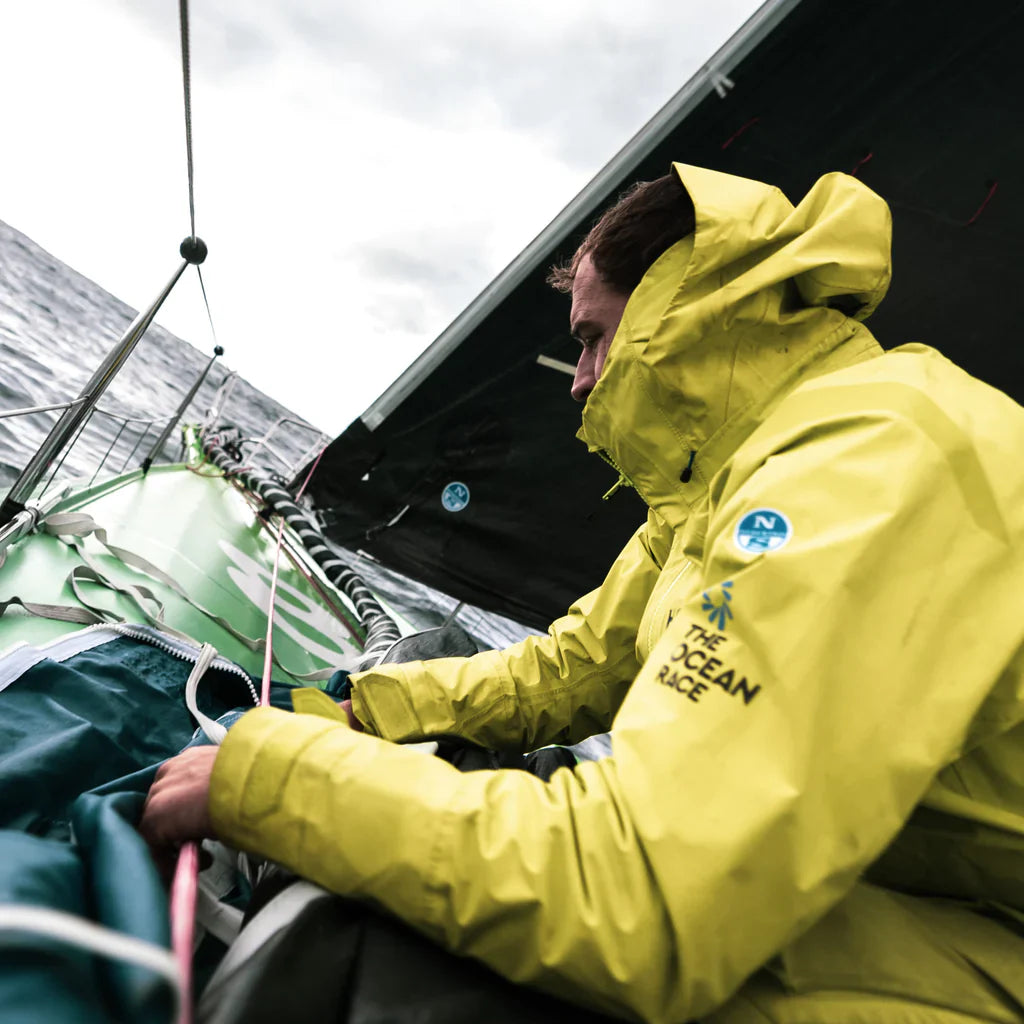
events
NORTH SAILS INNOVATION LEADS THE OCEAN RACE 2022-23
Sail and clothing technologies that deliver speed, endurance and performance
📸 Julien Champolion | polaRYSE / Holcim – PRB / The Ocean Race
Global leader in sailmaking and performance clothing, North Sails, is proud to again be the Official Sail Supplier at the Ocean Race 2022-23. The Ocean Race is the ultimate test of sailing prowess, covering 32,000 nautical miles over six months and visiting nine ports around the world.
Fewer people have circumnavigated the earth by sail than have climbed to the summit of Mount Everest. Widely considered the most physically and mentally demanding competitive ocean-going event, The Ocean Race demands apparel and equipment that can withstand the most extreme conditions – upwards of 55,000 nautical miles and four equator crossings.
North Sails: designed for fast, engineered to last
North Sails’ expertise in sailmaking has allowed for an unmatched level of performance, reliability, and durability to help teams navigate the most challenging conditions. The relationship between this storied race and North Sails goes back decades. Many within North Sails have sailed onboard various teams and have won the race, while numerous designers and sailmakers have supported the technical side of programs in their quest to finish first around the world.
Collaboration between North Sails and Ocean Race teams has resulted in breakthrough technologies, including North 3Di, which made its around the world debut in 2010 in response to skipper requests for reliable shape-holding, durability, and lightweight performance sails. In this edition of the Ocean race, four out of five of IMOCAs in the race opted to use North 3Di Helix sails, highlighting the brand’s continued innovation and performance in the world of sailmaking.
3Di Technology – North 3Di sails not only lead the industry landscape in terms of high-performance, but also outstrip the competition in terms of reliability and longevity. The technology is ground-breaking because of three components; the use of spread-filament tapes; a sail shape set on a full size 3D mold, and, most significantly, the elimination of Mylar film.
Helix Structured Luff Sails – Helix Structured Luff technology is a breakthrough sail design philosophy, using the sail structure to improve its aerodynamics and in many cases reduce the load on equipment. Exclusive to North Sails, Helix Headsails utilize 3Di composite structures in a new way to radically improve camber control, while Helix Code Sails reduce loads on any free-flying sail, creating improved aerodynamics while reducing the load on boats and masts.
Official Sail Supplier to the VO65 fleet and the preferred sailmaker to the majority of the IMOCA programs participating, North Sails’ innovation in sailmaking elevates the race to unprecedented levels of excitement and competition.
📸 Julien Champolion | polaRYSE / Holcim – PRB / The Ocean Race
North Sails Performance Clothing
For the first time at The Ocean Race, Nigel Musto, whose innovations have led the marine performance clothing industry for over 35 years and who has developed the entire foul weather line for North Sails, will also see an entire high-performing team outfitted in its Performance apparel. Each member of Team Holcim-PRB is outfitted with North Sails’ technically-advanced foul weather gear range, designed, constructed and tested by industry experts using the best performing materials and highest quality components.
The Performance Clothing range delivers race-primed gear with unparalleled protection. It is the only performance gear on the market that features North Sails’ pioneering 4DL and TightWeave technology, plus a GORE-TEX® pro construction – a membrane offering ‘superior durable’ waterproofing and breathability.
4DL – four-layer durable laminated reinforcement patches present extremely robust reinforcement with no water absorption. The technology is 30 percent lighter than the norm when dry, with even more significant weight savings in wet conditions – reducing bulk and weight of the garments for streamlined performance.
TightWeave – with thinner threads and tighter weaves, this fabric construction is designed to reduce water absorption and penetration whilst providing high-abrasion resistance, designed for an optimum mix of capabilities in the different race environments. In addition, it won’t leach toxic chemicals into the environment.
Nigel Musto said, “North Sails Performance Clothing uses the best materials and best design, without compromise. It’s exciting to see the entire Holcim-PRB team, for the first time, kitted out in our cutting-edge range, and putting the gear to the ultimate test.”
North Sails’ Champions of The Ocean Race
For decades, this race has proven the ultimate test, with North Sails meeting the challenge with superior products that allow teams to push their boats harder and faster each edition. On the North Sails leadership team, president Ken Read has competed in this race three times, and Ian Walker, Northern Europe Sales Manager, is also a multi-race veteran who won the race in 2015.
This year, Team Holcim-PRB has been flying on foils across four oceans with North Sails Performance kit on their backs for the first time. The team remains in a strong position to win despite a setback in leg four.
Charlie Enright, a North Sails employee of 15 years, who has been integral to pushing the offshore sail development for the company to new levels, is also skippering 11th Hour Racing.
“The Ocean Race is the ultimate test of sailing, and it’s fantastic to see many different arms of North Sails come together for the event. Our sails and Performance apparel have been developed and tested to withstand the toughest offshore conditions. We are the only brand who’s able to cover so many bases in The Ocean Race, creating sails and gear that is optimized for high-performance and durability, setting teams up for success in multiple aspects of the race. Ken Read, North Sails’ President.
📸 Sailing Energy / The Ocean Race
READ MORE
READ MORE
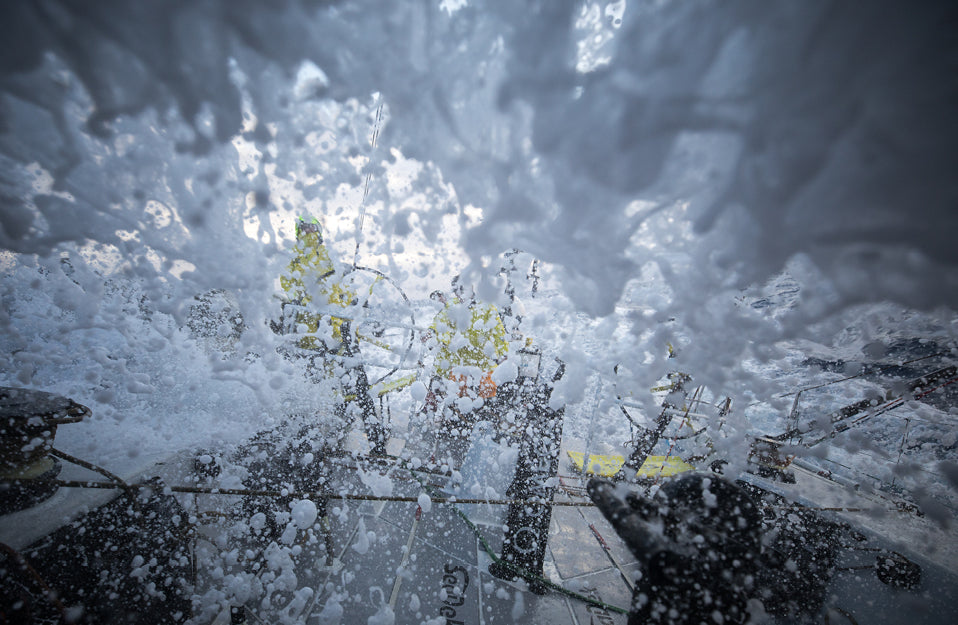
events
NORTH ON SOUTH: TALES FROM THE SOUTHERN OCEAN
NORTH ON SOUTH: TALES FROM THE SOUTHERN OCEAN
Legendary Round-the-World Sailors Preview Leg 3 of The Ocean Race
It was a straightforward question, put to three of the most experienced offshore sailors on the North Sails team, all of whom have made multiple forays on round-the-world races into the mythical, mystical Southern Ocean. The legendary body of water on the planet’s southernmost reaches includes Cape Horn at the very tip of South America, a rounding of which many mariners believe is a crowning sailing achievement akin to an alpinist summiting Mount Everest. Simply put, what immediately comes to mind when hearing those two words: Southern Ocean?
“Lack of sunlight. Gray skies. Long nights. Short days,” said Ian Walker, the two-time Olympic medalist and America’s Cup veteran who won the 2014-15 edition of the Volvo Ocean Race as skipper of Abu Dhabi Ocean Racing. “It’s a bit of a love-hate thing. On the one hand, it can be the best sailing you’ve ever done in your life. On the other hand, I remember some pretty miserable times when it’s windy and cold and you just can’t wait to round Cape Horn and turn north and get out of there.”
“Nasty. Lonely. Out of your comfort zone,” said North’s president Ken Read, who twice served as skipper in a pair of Volvo Ocean Race campaigns. “People can talk until they’re blue in the face about it, but until you get there, you can’t understand what a different feeling it is to sail there. The albatrosses are taunting you. The interior of the boat is just raining with moisture and it’s freezing cold. Your sleeping bag is soaked. It’s just relentless. That’s another good word for it. Relentless.”
📸 ©Amory Ross / Volvo Ocean Race
“Cold. But beautiful,” said Dutch sailor Bouwe Bekking, who has rounded the Horn an incredible nine times in round-the-world races, including a quartet as skipper. “It’s horrible and beautiful at the same time. There’s hardly anybody else there, one or two crazy fishermen, and it’s always a challenge. But I love that part of the world. It’s so real. I think the rest of the planet has been treated by human beings in ways it shouldn’t be. But the Southern Ocean? It’s pure. It’s a special place.”
Sometimes mesmerizing, oftentimes appalling, the Southern Ocean—loosely defined as the southern waters known as the Roaring Forties, Furious Fifties and Screaming Sixties for the bands of latitude they encompass, with the continent of Antarctica the southernmost border—is especially relevant right now as the IMOCA fleet in the current edition of The Ocean Race are in final preparations for the upcoming, record-breaking Leg 3 from Cape Town, South Africa to Itajaí, Brazil.
Scheduled to begin on February 26, the 12,750 nautical-mile voyage, which will leave to port the trio of great southern capes—South Africa’s Cape of Good Hope, Australia’s Cape Leeuwin and formidable Cape Horn—is expected to take over a month and represents the longest distance in the contest’s 50-year history. While the leg may be treacherous, it counts double in terms of points, which also makes it potentially very rewarding: The first set of points will be awarded for the order the boats pass longitude 166° 25’ East (close to the western tip of New Zealand) and the second set for the finishing order in Itajaí.
So what, exactly, can The Ocean Race crews expect to encounter as they depart Cape Town and steer west into the open, watery void? If the experiences of Walker, Read and Bekking are any indication, a little bit of everything.
Walker in particular, has tasted exalting highs and devastating lows. The latter occurred in the 2011-12 running of the race when the boat he was skippering, Abu Dhabi Ocean Racing, began to delaminate near what is known as Point Nemo; it’s the furthest spot on the planet from any speck of land, officially making it the world’s most remote location. “We came off a couple of big waves and they delaminated a section of the hull measuring about ten feet by four feet in the middle of the boat,” he said. “We made a temporary repair by actually bolting the skins back together. We scavenged as many bolts as we could, heeled the boat onto its side, and drilled through the hull, with a guy on a harness on the other side to put the bolts through.” Right. Just another day at the office. A pit stop in Chile was made to conduct a more lasting repair.
But in the race’s next edition in 2014-15, again in command of the Abu Dhabi crew, it all came together for Walker in a winning effort, which included a 24-hour distance record of 550.82 nautical miles. Sailing at such high speeds, he recalled, was a bit of a balancing act. “I remember the speedo flashing over 40 knots,” he said.
📸 Matt Knighton / Abu Dhabi Ocean Racing / Volvo Ocean Race
“Whoa,” he continued. “Any time you’re averaging in the low twenties you’re regularly sailing at 30 knots. Doing a record run is about two things really: keeping a fast average speed and sailing in a straight line. When you’re screaming down the face of a wave there’s a seamanship side to it. You need the right sail plan for the conditions, so you’re neither pooped from astern or by breaking waves, but not going so fast that you go down the mine so hard you wind up end over end at the bottom of a wave. If you go too fast you start catching waves that sometimes you wish you hadn’t caught!”
Before he skippered the PUMA Ocean Racing entry in the 2008-2009 and 2011-2012 editions of the Volvo, Read actually got his first exposure to the race in the final legs of the 2005-2006 race with the Ericsson Racing Team. And while he didn’t see the Southern Ocean in that stint, the race left a profound impact on him. “After my third America’s Cup, I was tired of going around the buoys and was looking for a change,” he said. Man, did he get one.
“I got off Ericsson after the Transatlantic leg and asked myself, ‘Do I really want to do this again?’ Part of me was terrified and another part was like, ‘That’s the most interesting thing I’ve ever done in my life.’ I had two guys on my shoulders, one saying, ‘Don’t be an idiot’ and the other going, ‘Do it, you’ll love it the rest of your life.’ I let that guy win. And he was right. Getting involved with the Volvo was one of the great sporting decisions of my life. It changed my life and it’ll always be changed because of those adventures.”
It was in his second PUMA campaign, deep in the Southern Ocean, that he endured one of those defining adventures. “We knew three days before leaving New Zealand that we were going to get our butts kicked,” he said. Which is precisely what transpired. “At one point we got hit by two really bad cold fronts. We sailed the first one with a storm jib and three reefs. Then there was a day of nice sailing and then like nine days in a row of 35- to 55-knot winds. Three of our drivers were injured and in their bunks. A couple of boats almost sank. It was one of the few times in my ocean-racing career that we pulled back. We actually took down the sails and backed off. Thanks for stirring up all these memories. Now I need a Xanax.”
For each and every Southern Ocean boat and competitor, the leg has one common denominator: No matter what route you’ve chosen, or how wonderful or terrible the conditions you’ve encountered along the voyage, everyone must round Cape Horn, the legendary promontory at 57 degrees South.
📸 Team Brunel / Volvo Ocean Race
“If you’re crossing the Atlantic and see a big weather system coming, you have choices,” said Walker. “You can go north or south. And depending on the quality of the weather information you have, you can pretty much choose the maximum wind speed you want to sail in by positioning yourself accordingly. The thing I always say about Cape Horn is you’ve got no choices. You’ve got to go around it.
“You’ve got a lee shore on the South American coast so you can’t run for cover,” he said. “You’ve got this change in the ocean shelf rising up, and the massively decreasing depth combined with the adverse ocean currents kicks up a nasty sea state. And there’s often a huge increase in wind strength, as the breeze is blowing uninterrupted around the length of the Southern Ocean before piling up at the tip of South America. It’s this perfect storm of adverse conditions. It’s basically the luck of the draw.”
“I used to call it the funnel,” said Read. “There’s no right turn, no left turn, there’s only straight ahead and that’s it. The weather systems accelerate through there. You know all the history and how violent it can be. You’re jumping into a funnel, and playing Russian roulette at the same time. The funnel’s either going to kick your ass or give you a blessing and let you pass unscathed. Either way, there’s a special bonding moment with the guys after you get around. The relief just washes over you.”
So, with the combined record of over a dozen Southern Ocean passages, what advice can the North Sails crew offer to those headed south for the first time?
“Take somebody with you that’s been there before,” laughed Bekking. “You’re going to make mistakes, but if you can minimize them, your trip will be much better. And the way to make fewer mistakes is to have someone experienced by your side.”
“Preparation is the key,” said Walker. “Being well prepared in what you eat, what you wear, how you look after yourself, it’s all critical. Because once you start to go downhill, it’s very hard to turn around.”
“Getting through it is the most important thing,” said Read. “At some stage you’re going to need to check your ego at the door and just make sure you get through this night or this day in one piece, because you’re going to have one of those experiences. The wind is different. The waves are different. It’s all just different. So use some common sense, live to fight the next day, and you’ll probably be just fine when it comes to the race result at the same time.”
READ MORE
READ MORE
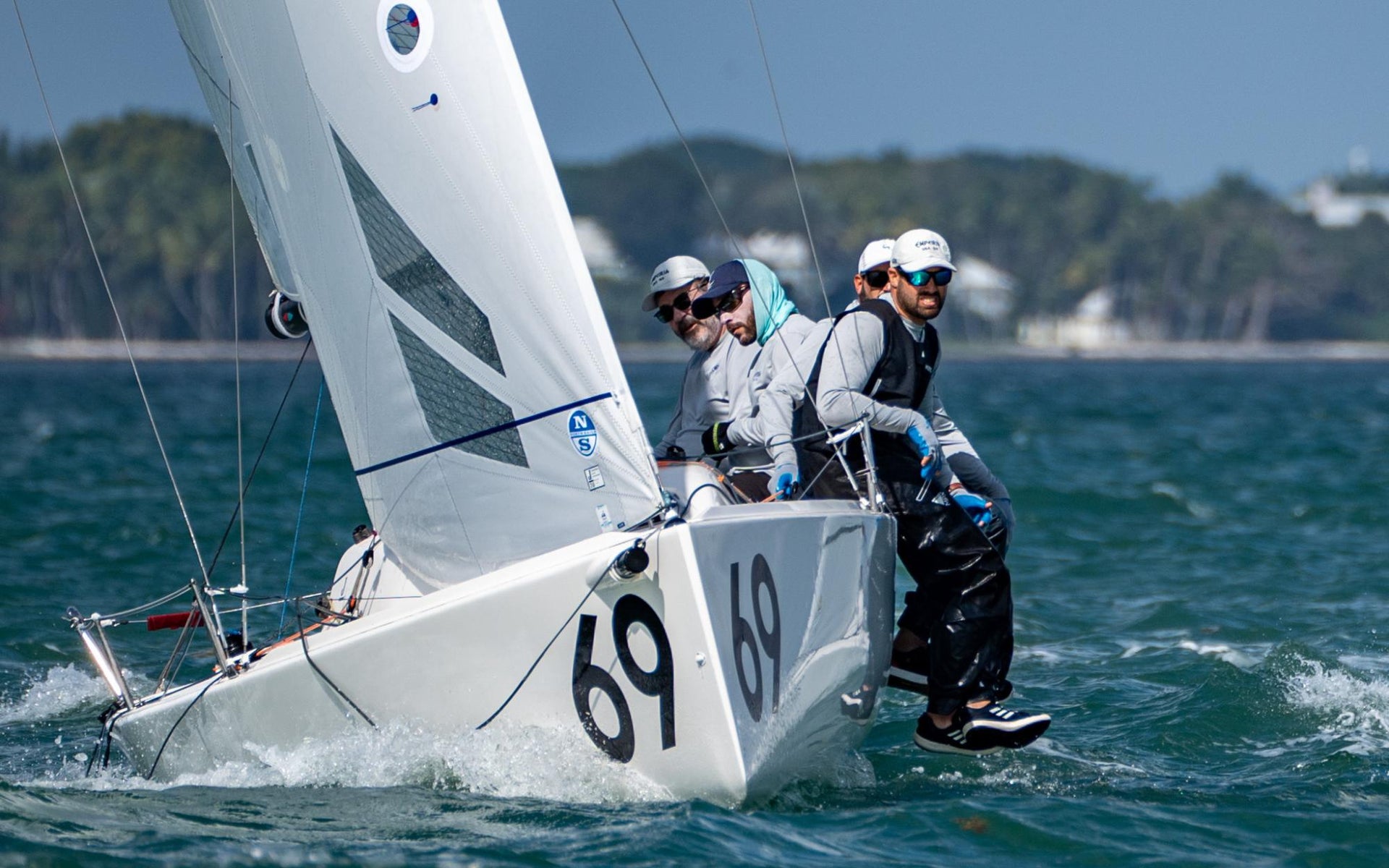
events
J70 UPWIND TIPS FOR BIG BREEZE AND CHOP
J70 UPWIND TIPS FOR BIG WIND AND CHOP
Be Prepared for Your Next Event
📸 Chris Larson
North Sails J70 expert Zeke Horowitz reflects on the 2023 Bacardi Invitational Winter Series in Miami, Event 2, and shares his key takeaways after winning the event.
The second event of the Bacardi Invitational Winter Series delivered the best sailing conditions a fleet of J70s could ask for. Friday had a glorious Northerly, which delivered shifty and puffy winds that challenged the fleet to find the right mode. Saturday brought a full breeze-on day with gusts into the low 20-knot range, allowing the fleet to enjoy a bunch of blast reaching around beautiful Biscayne Bay. And Sunday brought a delightful 10-15 knot easterly, providing ideal conditions for the fleet to duke it out for the final standings.
Winning this event onboard John Heaton’s Team Empeiria was no easy feat. The immense talent throughout the 26-boat fleet made for super tight mark roundings and photo finishes. There was never an inch to spare around the race course, so finding consistent top-end speed was the name of the game. Our speed and conservative tactics allowed us to lay down a consistent scoreline with no major mishaps. We worked very hard to shift gears upwind through the major changes in velocity and ferocious chop.
Below are some of our key takeaways that will help you beat the chop and big breeze at your next event.
© Bacardi Invitational Winter Series / Hannah Lee Noll
It’s all About the Heel
Because the J70 has such a “deadstick” feel on the helm, it’s very easy to want to sail the boat with a lot of leeward heel. The heel gives the helmsperson a bit of tug on the tiller which makes the boat feel loaded and good. But this creates drag on the rudder and also decreases laminar flow on the keel resulting in less speed and less height; essentially the boat will slip to leeward when it heels. In aggressive chop, the desire to heel becomes even more extreme, but time and again we found that even in terrible chop with the boat slamming through wave after wave, it is better to try to sail the boat flat. The boat may slam a little harder, but you’ll find that your boat speed comes back on quicker and without a sacrifice in height if you’re patient and drive through it.
It is quite difficult to sail the boat with less than 20 degrees of heel when the wind is in the upper teens or low twenties but there is a huge cliff when the boat heels past that 20 degree point. We set a goal of sailing at 14-17 degrees of heel in the big breeze and chop. We set mental and verbal alarms for any time the boat heeled over 20 degrees. It takes the right rig tune, sail trim and steering technique to keep the boat going in this narrow groove and it requires a lot of teamwork.
The jib trimmer needs to be playing the in-hauler (banjo style) on the weather rail so it can be dumped in big puffs and pulled back on through big lulls. The main trimmer needs to be going through a range of backstay and mainsheet with the boom vang just taught (easing sheet and tightening backstay in the big puffs, easing backstay and tightening mainsheet in the lulls). Make sure your backstay is in a range where you can “invert” the main with a diagonal wrinkle out of the clew in the biggest puffs and then ease the backstay to erase that wrinkle in the lulls. The bow person must be extremely accurate with both their puff and lull calls. However, the hardest job is that of the helmsperson. They need to keep sharp focus on the tell tales, waves, speed target and heel target so they can keep the boat in a narrow groove. If the boat is approaching 20 degrees of heel, they need to be delicately feathering up to take some heel out even if they are about to be smacked by a set of steep chop.
It’s a hard skill to develop, but focusing on the speed and heel target will give some peace of mind when it feels terrible. The trimmers should try to communicate when they’ve reached the extreme end of their range so the driver knows the trimmers can no longer save the heel angle. Saying something like, “main’s out, max heel” to the driver will let them know that it’s all on them now to feather up to keep the boat flat. We often joke that if it feels good, you’re probably doing it wrong. Learn to feel good sailing flat and chopping wood. I recommend a digital heel angle display and a paddle wheel speed read out for the most accurate information.
© Bacardi Invitational Winter Series / Hannah Lee Noll
Weight Back
The J70 loves to have weight forward in most conditions. But adjusting the weight aft as the breeze and chop comes up is imperative to let the boat sit on its lines as it smashes through waves. The more you slide the weight back, the less slamming you will do but it will also help you sail a bit lower on average without over-heeling. (Weight forward tells the boat to point and weight aft tells the boat to foot). A “normal” hiking position is to have the bow person just a couple inches aft of the stanchion near the shrouds, the jib trimmer pressed right up against them, the main trimmer sitting just forward of the winch and the helmsperson just aft of the traveler cleat. But in the extremely choppy conditions, as we saw in Miami, it was critical to get the weight back such that the main trimmer was either straddling the winch or just behind it with the jib trimmer just in front of the winch and the bow person even with the jib sheet cleats. The helmsperson only slides back a couple of inches so they are still comfortable and accurate with steering. Should you find a bit of flat water, try to push forward a few inches and then call for weight back when a big set of waves is coming. Keeping the crew weight together is very important as well and when you combine this fore/aft movement with the trimming and steering technique described above, it allows the boat to sail flat while sailing low enough to power through the waves.
Don’t Let the Main “Blow Up”
In the windiest stuff we saw, there were times that the main trimmer would have to let the main sail completely luff in order to keep the boat from over-heeling however this is not ideal. If the main is eased so much that it’s flapping, that creates drag and slows the boat. Even when you’re overpowered, you want to be able to keep the main engaged so that the boat is balanced and easy to steer straight. Making the main flat is the first step which starts by having enough rig tension. Your uppers and lowers should both read about 31 or 32 on the Loos Gauge at your tightest setting. Next, you must have enough backstay gross-tune on so that you can still invert the main (overbend wrinkles) with the backstay control line. Lastly, make sure you’re not shy about using the cunningham. This takes those overbend wrinkles away, essentially allowing you to pull even more backstay on to flatten out the main. But a great jib trimmer knows that they actually control a lot of this issue. If the jib is too full or sheeted too hard, it will cause the air to flow to windward as it exits the leech of the jib and spill into the leeward side of the main making it luff. So if you’re noticing that the main is blowing up multiple times per beat, you need to try to flatten out the jib by either easing the inhaul, pulling the jib leads back, or easing the primary sheet. Also be sure there is enough jib halyard on that the luff is smooth with no horizontal wrinkles coming back off the luff. There should be an alarm that goes off in the jib trimmer’s head any time they hear the main blowing up. Of course at some point when it gets windy enough, the main just has to rag to keep the boat upright but this should be once it’s blowing over 25 knots or so. The further your team can go up the wind range without blowing up the main, the faster you’ll be.
Mastering the J70 in steep chop and big breeze is about as hard as it gets; however learning to feel good when it feels bad will make it a whole lot easier. For more in depth information, the latest tuning guide or for any specific questions, don’t hesitate to reach out to your North Sails J70 class experts.
Contact your North Sails J70 North American Experts here:
ZEKE HOROWITZ ALLAN TERHUNE ALEX CURTISS
READ MORE
READ MORE
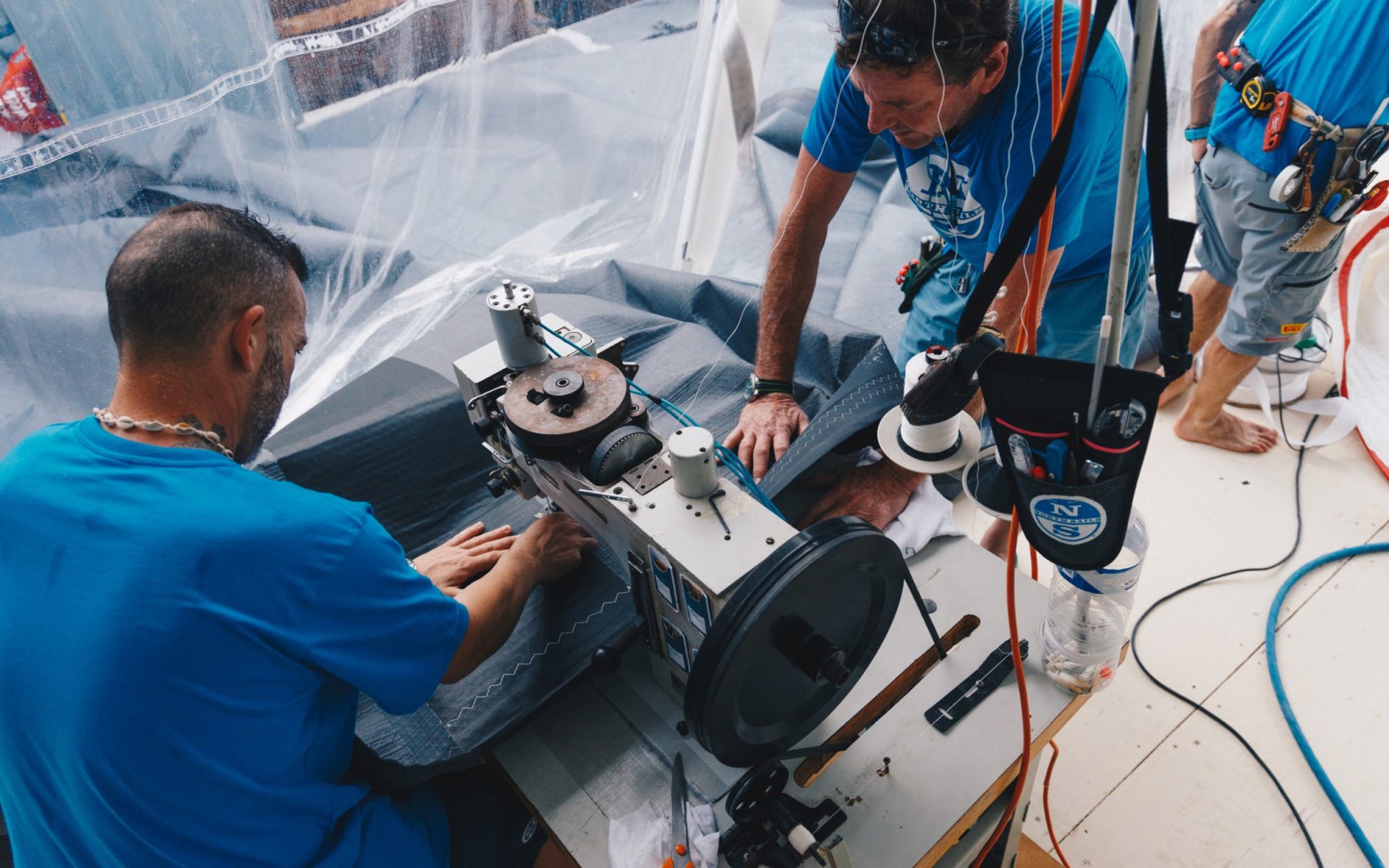
events
NORTH SAILS 2023 SUPERYACHT AND GRAND PRIX EVENT SERVICE SCHEDULE
NORTH SAILS 2023 SUPERYACHT AND GRAND PRIX EVENT SERVICE SCHEDULE
Regatta Repair and Support On The Global Race Circuit
North Sails is proud to release our 2023 Regatta Repair Service schedule. Through our network of full-service lofts and on-site pop-up locations, Regatta Repair supports Superyacht and Grand Prix crews at major international events with overnight turnaround, ensuring their sails are delivered back in time for the next day’s start.
This year North Sails lofts will be available at the St Barth’s Bucket, various Swan One Design races, the Maxi Yacht Rolex Cup, and Les Voiles de St Tropez – among others. Coordinating logistics, details, and staff is not an easy feat, but it appears almost seamless thanks to our experience and customer-focused service crew.
As the world’s leading and largest sailmaker, the North Sails team knows that every second spent on the water counts and is committed to maximizing that time for our clients. This often results in late nights that run into early mornings for the service crews ensuring sails are race-ready by daybreak.
You can view the 2023 Regatta Repair schedule below and our full event schedule on Facebook as we add many more events throughout the race season.
READ MORE
READ MORE
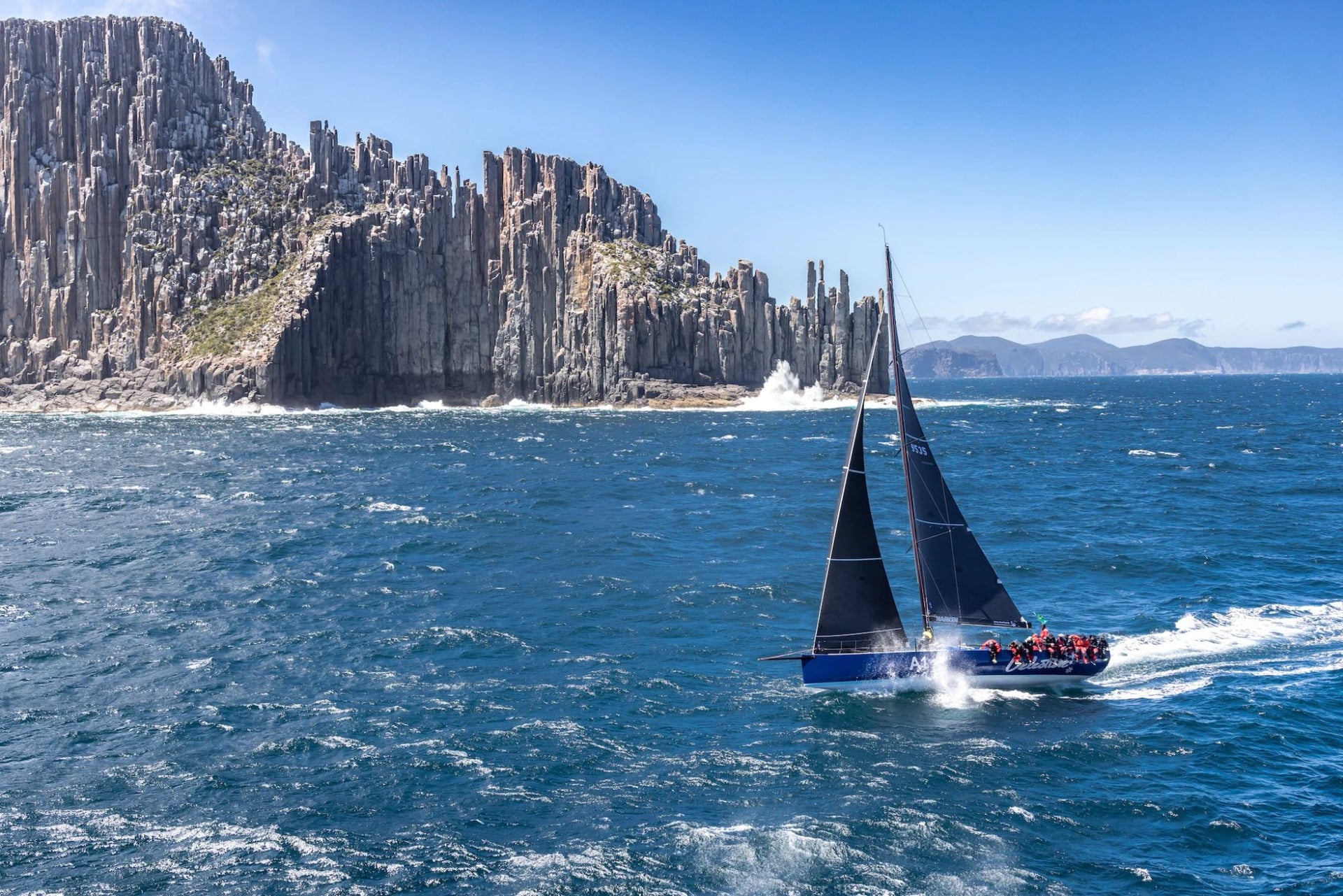
events
NORTH-POWERED CELESTIAL WINS ROLEX SYDNEY HOBART YACHT RACE
NORTH-POWERED CELESTIAL WINS 2022 ROLEX SYDNEY HOBART YACHT RACE
Sam Haynes and crew hoist the coveted Tattersall Trophy
The waiting game is over for North Sails-powered TP52 Celestial, who has been declared the Overall Winner of the 2022 Rolex Sydney Hobart Yacht Race. Hoisting the coveted Tattersall Trophy to celebrate the Celestial’s victory is a massive achievement for longtime North Sails friend and customer Sam Haynes, whose hopes of victory were dashed last year by protest. In addition to Overall Winner Celestial, North Sails was onboard with five of the top ten finishers.
Haynes commented on the team’s win:
“It’s like an elation – it’s huge for me and the crew. I can’t believe it; it’s a bit of a life changer. It was hard waiting (to be told one way or the other). It was extremely difficult waiting. We couldn’t really enjoy the experience until now. I’m so proud of the whole background – our program – and to sail against the best IRC fleet I’ve sailed in, ever.”
Haynes works closely with the North team in Australia, and North Team Rider Rob Greenhalgh was on board for the 2022 win. Many of the North Sails team are multi-year Sydney-Hobart veterans and were participating in this year’s edition of the “Great Race.”
With the 2022 results stamped in history, it’s time for a well-deserved rest.
📸 Salty Dingo
READ MORE
READ MORE
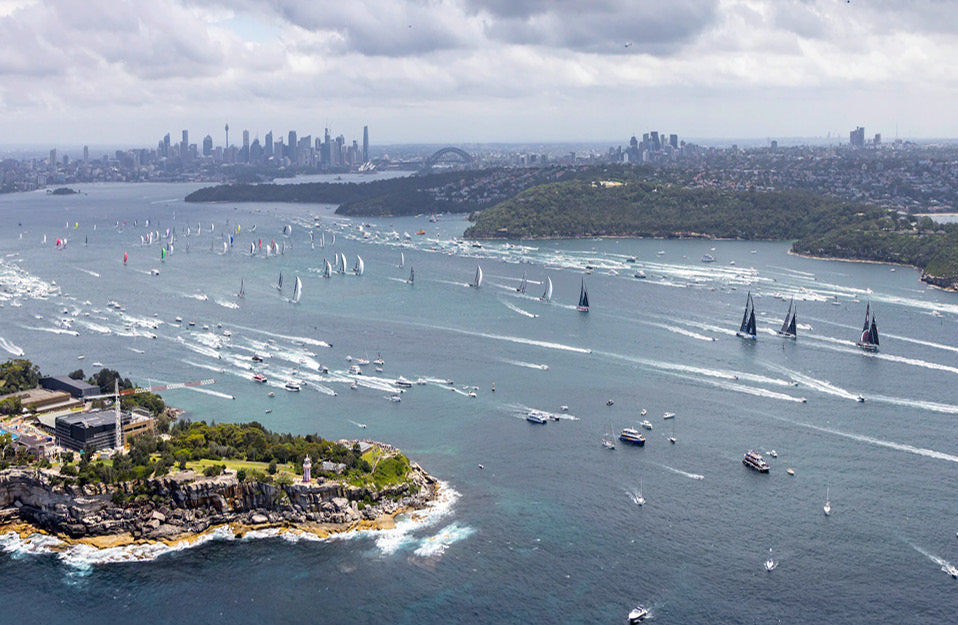
events
ROLEX SYDNEY HOBART RACE 2022 - HOW TO FOLLOW
ROLEX SYDNEY HOBART RACE 2022: HOW TO FOLLOW THE 628-MILE OFFSHORE CLASSIC
Race weather preview from Chris Bedford and must-save links
📸 Rolex / Andrea Francolini
The Rolex Sydney Hobart Yacht Race is one of our sport’s revered offshore races. Each Boxing Day, hundreds of sailors, watched by thousands of shoreside spectators, depart Sydney Harbour for the trek to Hobart. For the past 76 editions, the 628nm route has challenged competitors from Corinthian family programs to some of the highest-profile names in sailing, and this year will be no different. The 2022 race features 100+ boats that are chomping at the bit to get to the “The Great Race” underway.
North Sails, and our Sydney loft, in particular, has a rich history with the Rolex Sydney Hobart Yacht Race. Our Australian-based teams have collectively sailed in hundreds of races, while North clients have consistently found themselves at the top of leaderboards over the years.
We asked our friend, meteorologist Chris Bedford to provide insight into this year’s race conditions. Read on for the forecast and details on how to follow the start on December 26th.
Chris Bedford’s Weather Forecast:
Bedford is respected worldwide for his experience and expertise in marine and coastal meteorology. He, through his business Sailing Weather Service, provides customized weather solutions to some of the world’s leading competitive sailing teams and events. Here is Bedford’s preview for the race:
For anyone following the weather around southeast Australia, Tasmania, and the adjacent waters, you know it has been quite unusual this Spring – with record rains and cold temperatures. Indeed this unusual weather pattern has been a challenge to predict as well, and locals have been voicing their frustration with the weather forecasts relentlessly.
📸 Rolex / Carlo Borlenghi
Interestingly, while many blame the La Nina pattern of cooler waters over the Pacific Ocean, the actual culprit is something called the Indian Ocean Dipole (IOD). This IOD is an index relating the temperatures over two areas in the western and eastern Indian Ocean to weather over Australia. Indeed the IOD Index has been strongly negative for much of the Spring, which correlates directly with the unusually wet and cool weather experienced over southeastern Australia. However, over the last few weeks, the index has trended back to neutral, which suggests a return to more typical weather patterns for the Australian summer and race period.
For the Sydney to Hobart Race, there are usually two basic weather scenarios under consideration:
High pressure over the Tasman Sea at the start and a cold front approaching from the Australian Bight. Ahead of the front, NE/N winds around the western side of the high and down the NSW coast mean a relatively quick downwind start. Depending on how advanced the high and/or front are, it is possible that the fleet encounters the front with abruptly shifting winds bringing SW/S conditions, squalls, much colder air, and rough seas. These fronts make up the so-call Southly Buster that can quickly expose both the prepared and unprepared teams in this race.
The other scenario is when the front has already moved through Sydney and lies east of the Rhumb line. In this scenario, upwind S/SW winds prevail out of the start and much of the way south across the Bass Strait. Often, high-pressure building east from the Australian Bight eases winds with distance south, making for a lighter, more shifty, and more challenging finish.
Real life is never perfectly described by these scenarios, and reality will likely be something in between. Crews will be considering the impact of thermal sea breezes (daytime onshore flow) and land breezes (nighttime offshore flow) close to the NSW and Tasmanian coasts. In addition, the East Australian Current (EAC), which generally runs north to south along and east of the Rhumb line – offers a possible favorable push if the weather and route line up appropriately. That said, the EAC breaks away from the coast in loops and eddies, which can create a zone of adverse current to be avoided along the way.
While at this point, it is not clear which of the above scenarios will dominate, the latest consensus is that some variation of the first scenario – downwind once outside Sydney Heads – will define the 2022 race. There is plenty of time for this to change, and just a few hours of realignment could shift the race into the second scenario (upwind start). Crews will be studying the weather forecasts closely over the next few days to see whether the trends will favor or sour their expectations for a quick race south to Hobart.
If you’re in Sydney:
Spectator boats positioned in the eastern channel can watch the race start and then follow the fleet down the harbor to the iconic Sydney Heads before heading out to sea. Once underway, the fleet will move quickly, so it’s recommended to get a ways down the harbor towards Middle Head before the start to see the leaders sail through the Heads. At the Heads, make sure to keep well clear of the rounding marks.
If you only plan on watching the start, head to the western side of the harbor. Good vantage points for spectator boats include: Taylors Bay, Chowder Bay, Obelisk Bay, and North Head on the west and Rose Bay, Watsons Bay, Camp Cove, and South Head on the east.
For our global audience watching from home:
Watch the race start live right on the Rolex Sydney Hobart Yacht Race homepage.
If you miss the live webcast, a replay of the start program will be available on the website as well. Additionally, on the website is the complete list of yachts entered in the 2022 edition of the race. You can also view past race data, including previous results, historical reports, and statistical information; boat designers of line and overall winners; as well as profiles of some of the race personalities over the years.
Follow along on Social:
Official race social channels will keep followers updated from race start through finish. There will be a live stream of the start, as well as race updates, Line Honors announcements, an Overall Winner Declaration, as well as a Regatta Recap.
Rolex Sydney Hobart @Officialrolexsydneyhobart @RolexSydneyHobart
North Sails @North_Sails @NorthSailsWorldwide
Track the fleet:
Each competing yacht is fitted with a tracker that uses the GPS satellite network to automatically update the yacht’s latitude, longitude, course over ground, and speed over ground. The yacht tracker system also shows distance to finish and progressive corrected time positions under the IRC, ORCi, and PHS handicap divisions.
Follow the 2022 fleet from start to finish with the Yacht Tracker. Yacht Tracker uses a specially designed tool that calculates the predicted results for each and every boat in the fleet, so you can see how each boat is performing.
TRACKER
Line honors and progressive predicted corrected times under the IRC, PHS, and ORCi handicap categories are updated every 10 minutes.
READ MORE
READ MORE
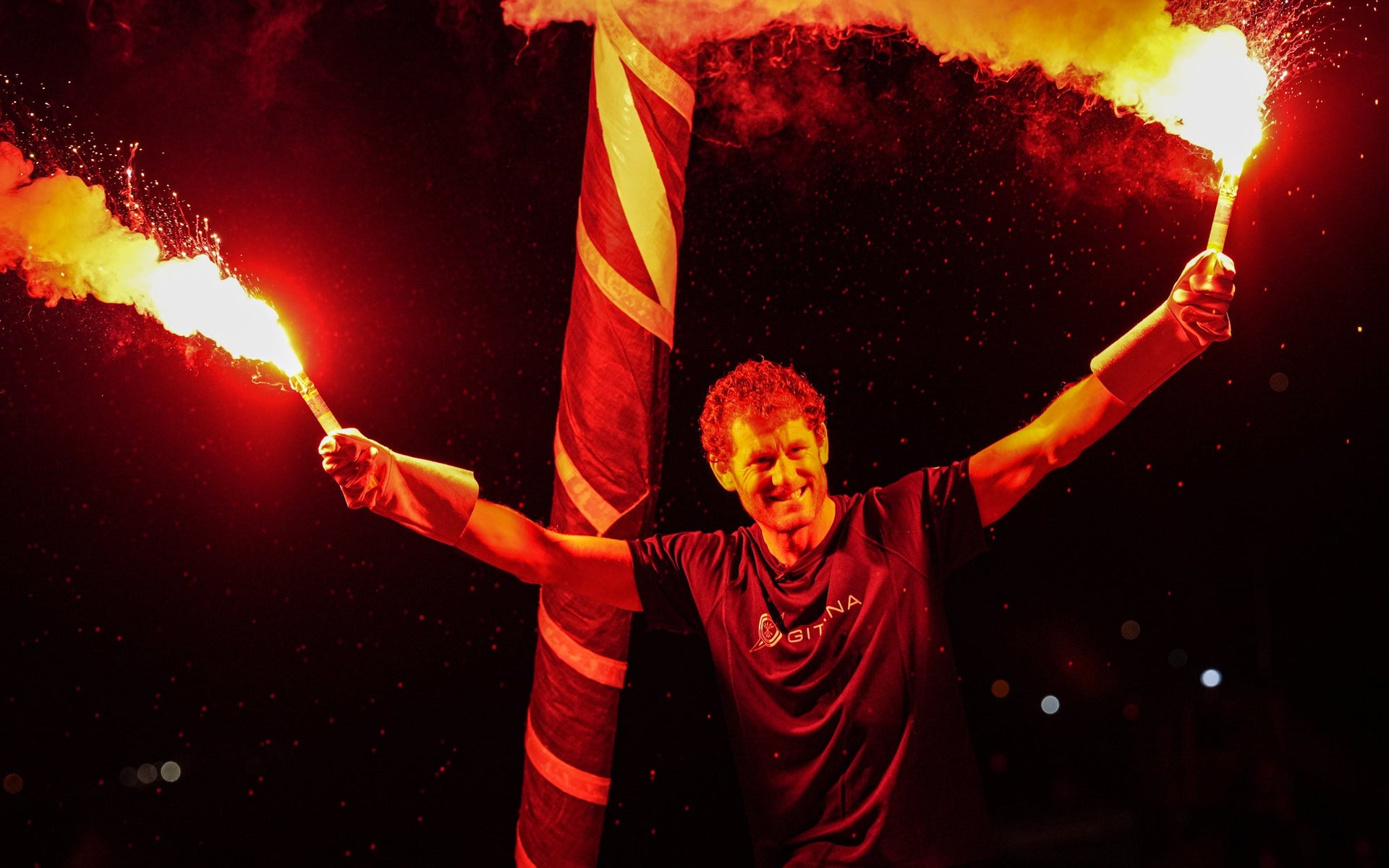
events
CHARLES CAUDRELIER – ROUTE DU RHUM WINNER 2022
CHARLES CAUDRELIER | ROUTE DU RHUM 2022 WINNER
Aboard With the Maxi Edmond De Rothschild Skipper
📸 © Eloi Stichelbaut / polaRYSE / Gitana SA
If Charles Caudrelier were a superhero, then he would have to be Clark Kent / Superman. Ashore, he is quintessentially Clark Kent; mild-mannered and self-effacing. Caudrelier doesn’t need a telephone box and a cape to turn into Superman, though; he just needs to step aboard a boat. Racing the Ultime, Gitana Team Maxi Edmond de Rothschild, Caudrelier’s recent performance to win the 2022 Route du Rhum – Destination Guadeloupe was the stuff of superheroes.
The Maxi Edmond de Rothschild is an extraordinary machine; launched in July 2017 at 32m long, she was the first offshore maxi-multihull built to foil across oceans and around the world. And she does this at a fighting weight of 16.5 tons with 650m2 of downwind sail area, that’s more than three tennis courts worth of high-technology fabrics.
Imagine being onboard while she’s going full-throttle at close to fifty knots, in the dark, in the mid-Atlantic. Airborne and alone. This is not a job for mere mortals… but it was just one more extraordinary performance in Caudrelier’s career, one that has already included a win in the solo Solitaire du Figaro, two wins in the two-handed Transat Jacques Vabre, and double victories in the fully-crewed Volvo Ocean Race, the second as skipper.
When it was pointed out that all this puts him on a pedestal with the true greats of ocean racing, Caudrelier replied, “If I see the line of my career, it’s amazing… but… I don’t know what to say, I don’t want to be arrogant… I think I’ve done a good job, and I’m also very lucky in my career to be in good teams and to be surrounded by amazing people and sail with lots of the best sailors in the world. And I’m like a sponge, I think. I like to watch the best and take the best things from the best guys.”
It’s a strategy that has now made Caudrelier ‘the best guy’ – so, what qualities did he bring to the performance? “I think my ability to work with a team and to push everybody in a good direction, and to be surrounded by good people has always been one of my strengths. I also think it’s my determination to be there; I worked hard, and I had to do a lot to be chosen as skipper of a team like this. My motivation was 100%, I’m able to push… that’s what my routeur said, he said, ‘you are the same percentage of performance as with the crew.’”
Caudrelier’s elapsed time of six days, 19 hours, 47 minutes, and 25 seconds was more than 18 and a half hours quicker than the record set by Francis Joyon in 2018. And the new record was achieved in far from ideal conditions, with the Ultimes facing complex weather patterns and being forced to negotiate a series of transitions and fronts.
“I had the most experience, and I knew exactly how to trim my boat,” Caudrelier explained. “If you give me a true wind angle and a true wind speed, I can tell you where to put all the settings of the boat to be fast. I could see that in every transition, I was faster, and I was able to do different modes.”
Maxi Edmond de Rothschild has been the boat to beat since she was first launched, and it’s particularly impressive that the team has maintained their advantage for so long in this almost unlimited design space. It revealed much about their approach when Caudrelier was asked what it was that made the boat a winner, and he replied with three different areas. “We made a big step this year with the new appendages… I think our foils are just a weapon.
📸 © Eloi Stichelbaut / polaRYSE / Gitana SA
“Today, I’m very focused on the appendages because this is an area where we can improve. I don’t have the experience of Franck because 80% of my career has been spent in one design… So compared to Franck, I was a rookie, but with him and the guys around me, I learned a lot, and I think that now I have good experience and a good feeling about what to do.
“That’s where it’s very interesting to sail on a team because the feedback of the sailors is really important. And it’s also very important to understand all the appendage work and to watch them while you are sailing; watch where there is cavitation, where there is ventilation, and the behavior of the appendage in the water… I think today, I’ve become useful for my design team.”
Maxi Edmond de Rothschild has a full North 3Di inventory – and Caudrelier was wearing the North Sails Collection Performance gear. “And this year, for example, I think we gained a lot from the new sails… I think we were the first team to play with load sharing Helix technology>. We have a lot of experience with load sharing because we have worked with it since 2019.
“We have also designed a different J1,” continued Caudrelier, “with a top halyard where everybody has a lower forestay, and that gives us more area but also a different shape… and also in the shape of the sails, we are a bit different. We are probably deeper on the mainsail and flatter on the front sails than the other boats, and I think we made good gains this year with that.”
Caudrelier pointed out that it’s not easy to make gains when all of your main competition are also using North Sails. The whole Ultime podium was using North Sails (along with the IMOCA podium, the winner in the Ocean Fifty Class and second and third in Class 40). Caudrelier put much of their success down to the strength of their relationship. “All the good teams work with North Sails, so there are no big differences, but some details… The designer has an idea about what is best, but he needs feedback from us, and he has to make choices about area, about the power of the sails, and that’s what we do together… They know we like to innovate. So usually we are the first ones they propose a new idea because they know we will say yes… We have an amazing relationship with North Sails, and we are very happy about that.”
These days the aero package isn’t just about the sails either. “We have been working a lot on the aero with lots of details that we have improved.”
“It’s very important… We have a bigger range of true wind angles , which makes it very complicated to close the gap between the front sail and the platform. But on the back … that was one of our innovations, we closed the gap between the mainsail and the cockpit, and it’s a big gain… We have done a good job on that, I think.”
The overall approach is not to look for the ‘silver bullets’ though. “We always push and try to improve the really small details. And the fact is that the team never says no… We have amazing people within the Gitana Team! we have been pushing a lot… and improved a lot… maybe 100 details make a difference today in speed.”
The reliability of the fleet was noticeably improved in this race compared to the previous edition four years ago, but it was yet another strength for Maxi Edmond de Rothschild – the toolbox stayed stowed. “I’ve never damaged any sails on the boat,” said Caudrelier. “It’s about working, sailing, and making good choices… but maybe if we don’t ever break anything, then we are too strong. So, we have to find the right balance. I think today we have it, but we’ll see…
“Don’t forget that these boats are designed to do a race around the world, and it is only a six-day race, which is almost an inshore for these boats. Soon we are going to try the Trophée Jules Verne again… We’ll see if we manage to finish that race down the road.” Don’t bet against it being the next glittering prize in the inexorable rise of Charles Caudrelier.
📸© Marin Le Roux / polaRYSE / Gitana SA
READ MORE
READ MORE
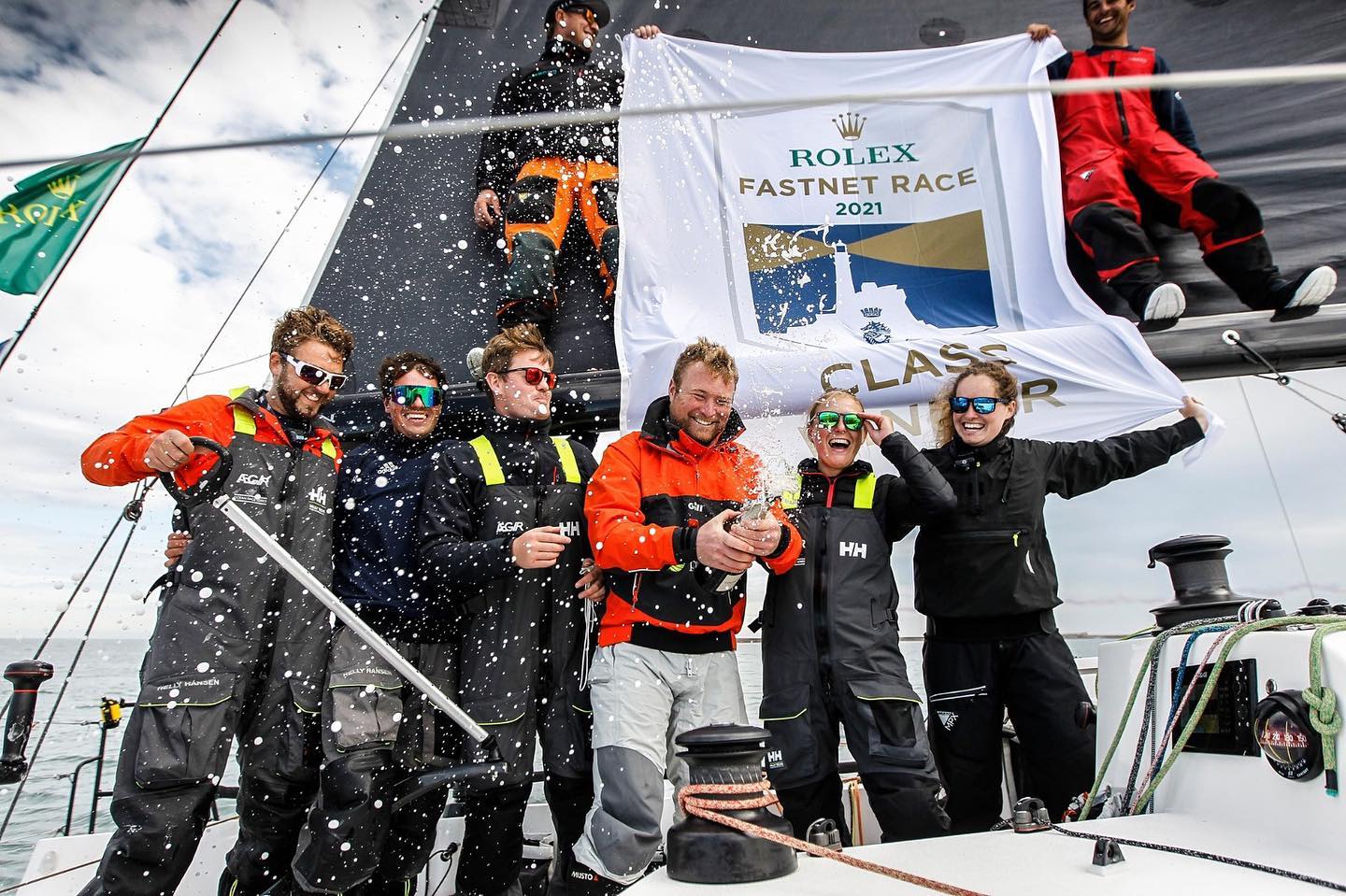
events
SUNRISE DOWN UNDER
SUNRISE DOWN UNDER
Off the back of their successful 2021 season, longstanding North Sails customer Tom Kneen and his team are heading “Down Under” to take on the Rolex Sydney Hobart Race. North Sails have been working with Tom and the team from the start and are proud to be part of the next chapter.
Tom Kneen and his team have been making waves on the international stage recently, winning the Rolex Fastnet Race Overall in 2021, infamously coming second in the Rolex Middle Sea Race 2021, and winning their class in the Caribbean 600 in 2022. Their scoreline in the 2021 Royal Ocean Racing Club Championship was unprecedented in its 21-year history. As a result, there is ‘plenty of hype’ already around the first British-based yacht and team to make the trip to compete in the Great Race for over 10 years.
North Sails Expert Mike Henning has been working with Tom since 2014 when he bought his first yacht, a cruiser/racer Elan 350. By his own admission, Kneen’s first Rolex Fastnet Race in 2015 was “a comedy of errors” but a great introduction to yacht racing that left him thirsty for more. Seven years down the line, the team and the boat have evolved quite significantly. Tom’s first move was into a new JPK 1080 before taking delivery of the current Sunrise, JPK 1180 Hull #2, in 2018.
📸ROLEX | Kurt Arrigo
The JPK 1180 was initially designed with a symmetrical setup. The team at North worked to optimize the sail inventory, with the initial targets being a mix of inshore and offshore racing. After the first season, the team began to focus more on offshore racing, so the next challenge arose. The North Sails design team was tasked with optimizing for offshore by transitioning to a longer bowsprit and a fully asymmetric setup, which the team are still racing with. This setup, along with a new rig and taking some weight out of the boat, has brought Sunrise to where she is today.
We spoke to Tom just before he headed south, “For North – “When I started my sailing journey, I was skeptical and didn’t understand or appreciate the massive value that working with North Sails would bring to the Sunrise project. We have been working with the team at North for almost 6 years and, given our tight budget, have invested time in developing the relationship so designs are optimized. The quality of the product is second to none, and the results speak for themselves. When taking on challenges such as the Sydney Hobart Race, it’s good to have peace of mind that our sails are the best they can possibly be!”
With a full new wardrobe on the way for the Rolex Sydney Hobart Race, Sunrise will be sporting a new 3Di mainsail, 3Di Helix™ upwind jibs, 3Di Helix™ Code Zero, and a Full Nylon Inventory including a new design A3. The Gosport team has been working with the Mona Vale loft in Sydney to ensure that Sunrise’s sails are delivered, IRC measured, and ready to race when they touch down in Sydney next week.
Mike Henning said, “We at North Sails have had great pleasure in working with Tom over the years and, more recently, refining and developing his sail inventory in collaboration with the Sunrise crew and our design team. The new sail wardrobe should put them in a great position to challenge in the race, and they will be serious contenders.”
A strong fleet of 115 yachts are entered for the 2022 edition of the Rolex Sydney Hobart Race. The renowned 628 nautical mile (1,163 kilometer) offshore race begins with a journey south from Sydney, taking competitors on a challenging racecourse comprising a long passage down the New South Wales coast and then across the easternmost edge of the exposed and infamous Bass Strait.
The race begins at 1300 (GMT+11) on Monday 26th December in Sydney Harbour.
📸Paul Wyeth | RORC
READ MORE
READ MORE
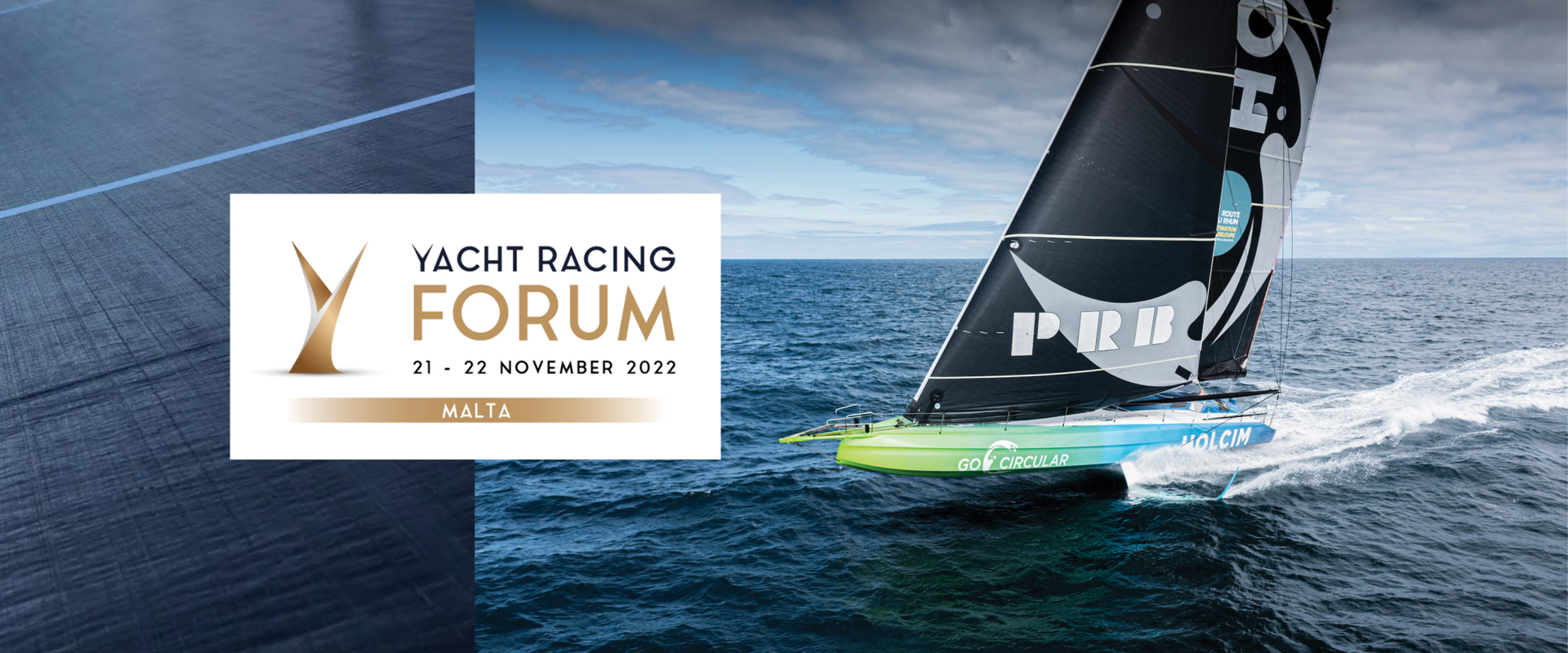
events
TECHNOLOGY, TRENDS AND TALENT
TECHNOLOGY, TRENDS AND TALENT
Debriefing the North Sails Presence at the 2022 Yacht Racing Forum
When North Sails UK General Manager Ian Walker and Head of Design Services Jeremy Elliott traveled to Malta in November to attend the 2022 Yacht Racing Forum, the British duo had a number of objectives in mind.
Now in its thirteenth edition, the annual Yacht Racing Forum – incorporating the Design and Technology Forum – features two days of high-level presentations and extensive networking opportunities and has become a must-attend fixture for the yacht racing industry’s business leaders.
The Malta event attracted 250 delegates from 23 countries, and according to Walker, a two-time Olympic silver medallist and winner of the Volvo Ocean Race 2014-15, who joined the North Sails management team in August this year, it provided the perfect opportunity to highlight what it is that sets the global sailmaking company apart from its competition.
“We wanted to showcase the best of our technology to industry leaders by demonstrating what we have been working so hard on,” Walker said.
Likewise, Elliott – whose Design Services division is responsible for making North Sails expertise and technology available to the North Sails Technology Group companies and their clients – welcomed the chance to give a presentation titled Technology, Trends, and Talent to approximately 90 delegates at the Design and Technology Forum.
Among the trends Elliott highlighted was the increasing importance of the internal structure of sails, which he said is, in many ways, as important as the sail’s shape.
“Increasingly, modern sails are required to do much more than simply hold their shape as long as possible as the wind strength increases,” he said.
“For a long time, we had sail structures that inevitably grew when they loaded up – as the wind built the sails basically got deeper. It was quite an achievement some time ago when we evolved the 3DL string sails to a point where they held their shape over the wind range.”
“Now, with 3Di applied through concepts such as the HELIX Structured Luff we have a structure that can naturally flatten as the load goes up – even after you’ve used up all your trimming options such as mastbend, headstay tension, and so on.”
North’s ability to produce such remarkable sails is based on its patented 3Di composite sail technology, which, Elliott said, has expanded into areas that were originally felt to be less suited to such a structure.
“Everything from dinghies and small light boats with really flexible rigs to spinnaker staysails for big boats – we now see 3Di has been hugely successful in all these areas,” he said.
Building sails that are flexible enough to enable the shape to stretch out rather than to stretch in is a critical element of achieving a wide shape range – a requirement that plays nicely into North’s Helix Structured Luff load sharing technology.
“The sails we are designing today need to look after themselves,” Elliott explained.
“The more adaptable the structure is, the wider the range of flying shapes you can have. We are now finally in a situation where as the breeze goes up and the load in the sail increases, the sails naturally become flatter– which is precisely what we need.
“For a long time the goal was just to resist the growth and hold the original shape but now we can have whatever shape we want in whatever wind strength.”
Although originally developed for larger yachts, expanding its application into smaller craft like windsurfers and high performance dinghies such as the International Moth and 49er skiff, this new highly responsive construction technique owes more than a little to North’s 3Di Ocean cruising product which incorporated polyester yarns that are better suited to smaller more lightly loaded sails.
“That opened the door to the smaller boats,” Elliott said. “But learning lessons like that allows you to look afresh at other areas you had ignored.
“A good example is spinnaker staysails on bigger boats where previously an ultra-light laminate paneled sail was the only construction that worked. Now, though, we can apply what we learned with our smaller boat solutions and we get a lay up that works really well for big spinnaker staysails in 3Di.”
Also benefiting from these advancements are the fast foiling big monohull yachts of the America’s Cup.
“In those boats you can have an apparent wind of eight knots before take off, but when you get foiling, the apparent wind can rocket up to over 40 knots.
“That sort of breadth of apparent wind range for a single sail has never been seen before. In the past, the apparent wind range for any sail was about 10 knots – maybe 10 knots to 20 knots or 20 to 30, but never eight to 40+ knots.”
“You can’t be changing jibs in the middle of that transition, so you have to have an ultra-adaptable sail. That changes the game quite dramatically because you need such a huge range of flying shapes now, and that is achieved through the structure of the sail much more than it ever did from the molded shape. That’s the challenge our America’s Cup designers are constantly facing so 3Di and HELIX are essential assets in their armory.”
Indeed, Elliott believes that developments in sail structure have become a key battleground in the latest cycle of the America’s Cup.
“I see the structure in the sails nowadays in the same way that the shape of the keel bulb was regarded 20 years ago – because it is such a significant part of the boat’s performance,” he said.
“It is no surprise that you see so little of what is actually going on inside the sails. The filaments can now all be black so you cannot tell whether the sail is, say, 60 or 80 percent carbon, or 40 percent polyester and elastic – or somewhere in the middle.
“In the old days of the America’s Cup, anyone could look at a sail on a Version 2 IACC boat and tell what the structure was – what materials had been used and what the primary structural groups were.
“That meant it was relatively easy to reverse engineer someone’s sail, but it’s almost impossible now and it is one of the biggest elements of the sail plan and the performance potential of the boat.”
Despite the remarkable advancements North has made with its proprietary 3Di technology since its inception 10 years ago Elliott believes the company has still only scratched the surface in terms of its future potential.
“We have come a very long way in ten years. The product is unrecognizable and is significantly better across pretty much every metric you could choose – and we have expanded into a whole bunch of areas we thought would be off limits. I am certain that in another 10 years the product will probably be unrecognizable from where we are now.”
As compelling as North’s technology narrative might be, Elliott and Walker both agreed that the company’s ongoing investment in talent throughout the organization is equally important.
“As an organization, we recognize that the industry we are in is just as much about people as it is about product,” Elliott commented. “In the past, we have tended to make a bigger deal about our technology, our design, and our product than we have about our people.
“We have added a sizable amount of talent across all areas of the company in the last three or four years – across management, design, admin, finance, and elsewhere – and in all of those areas we now have lots of new faces who have really raised our game.”
Walker – who joined North Sails to head up the UK operation after a four and a half year stint at the Royal Yachting Association as Performance Director for the British Sailing Team – agreed that the company was as focused on its people as it was on its technology and product.
“Like most things, if you don’t have good people then you have a short shelf life,” he told the Yacht Racing Forum audience.
“That’s why we continue to recruit amazingly talented people around the world – whether that be an incredible designer like Flavia Tomiselli in Palma, Robert Hook in Australia (who was the designer of the ORACLE trimaran sails in 2010), top Volvo Ocean Race sailors like Bouwe Bekiing, Pablo Arrate and Phil Harmer, or Olympic gold medallists like Sime Fantella.
“North Sails is a people business and our ethos is to put our customers at the center of everything and focus on what they want,” Walker said.
“We believe that they want the best product and the best possible service and we achieve that by hiring top people who can develop remarkable technology and deliver an exceptional customer experience.”
READ MORE
READ MORE
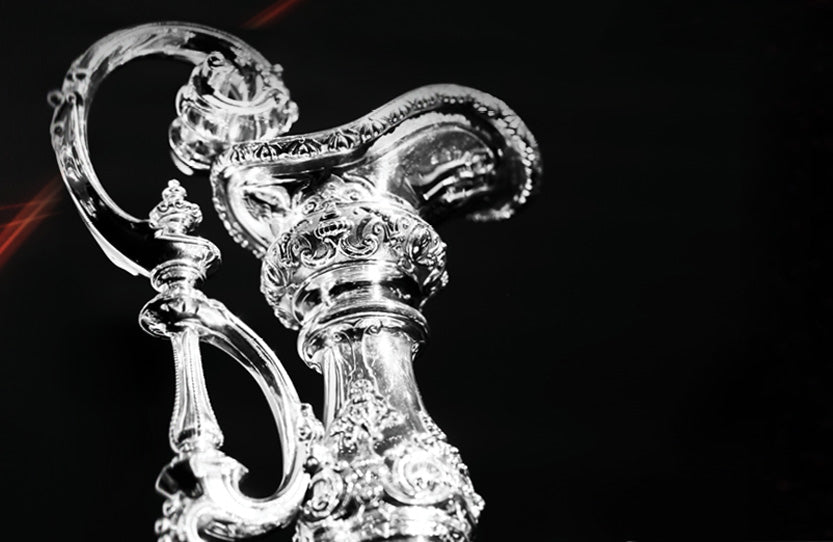
events
NORTH SAILS SET TO POWER THE 37TH AMERICA'S CUP COMPETITORS
NORTH SAILS SET TO POWER THE 37TH AMERICA’S CUP COMPETITORS
All Teams Sign With the World’s Leading Sailmaker to Access Technology, Aero Engineering, and Product Performance
North Sails, which has powered every America’s Cup winner since 1987, is proud to be the sailmaker of choice for all entries participating in the 37th America’s Cup. The five teams signed up to compete are NYYC American Magic (USA), Luna Rossa Prada Pirelli Team (ITA), Alinghi Red Bull Racing (CHE), Challenger of Record INEOS Britannia (GBR), and Defender Emirates Team New Zealand (NZL).
The world’s leading sailmaker will supply each team with 3Di sail technology, aero engineers, and exclusive access to the North Design Suite, the most advanced sail design and aero simulation tools in the industry.
“This event is the pinnacle of our sport and proving ground for sailing technology,” explains Ken Read, President of North Sails and North Technology Group. “Each team will take a unique approach in their quest to win the Cup, and our proven ability to firewall each team from each other creates fascinating development paths. Because of this, North Sails keeps learning and is constantly climbing the ladder in terms of product development. It is an incredible resource for the teams and in turn, our business.”
For North Sails, the America’s Cup fast-tracks the design and engineering evolution, where designers work with aero and hydro as one. With each Cup cycle, North Sails advances its learnings for commercially viable innovations for all sailors. Whether for day sailors or Grand Prix programs, the trickle-down effect is unmatched.
Teams competing at the highest level demand people and equipment that can thrive under pressure, and for this Cup cycle, North Sails has become a requirement. Working in close collaboration with the teams, twelve North Sails aero engineers have signed on across the five syndicates. This elite group includes some of the most talented design minds in the industry, and their collective experience spans decades of innovative sail development.
“Each Cup cycle becomes more demanding as we aggressively strive to the next level of performance,” explains Burns Fallow, principal sail designer for Emirates Team New Zealand and a 35-year North Sails veteran. “Today, it’s not simply about designing a sail. We’re developing all the sails’ structural components so that these highly loaded sails hit the shapes that we need at given speeds.”
North Sails Director of Design and Engineering and INEOS Britannia sail designer JB Braun, explains, “Two key developments from 36th Cup was how to get more range out of the sails and how to use our materials in new ways to achieve that range. As a result, within six months after the final race, North Sails made Helix Structured Luff for Upwind available for all racing clients.”
“It’s the holy grail of sailmaking technology and performance,” says Gautier Sergent, North Sails Head of R&D and sail designer for Alinghi Red Bull Racing. “For those of us in this game, you’re never settling for average – you always want to do better, and our involvement in this event gives North Sails their next competitive edge.”
“The America’s Cup is intense, it’s demanding, and there is no greater challenge for a sail designer,” explains Marco Capitani, sail designer for Luna Rossa Prada Pirelli. “The AC75s are complex boats, and the sails are under extreme loads. As a result, each team’s sail designers work hand-in-hand with the other design departments, such as structures, hull, deck, and VPP. Close and constant collaboration is critical because we’re pushing towards the red line, just on the edge of crossing over.”
Barcelona, Spain, is the host venue for the 37th America’s Cup, to be held in September and October 2024. North Sails is also the official supplier of 3Di one design sails for the AC40, which will be used for the Women’s and Youth America’s Cup events.
Learn more about North Sails involvement in the America’s Cup on northsails.com.
READ MORE
READ MORE
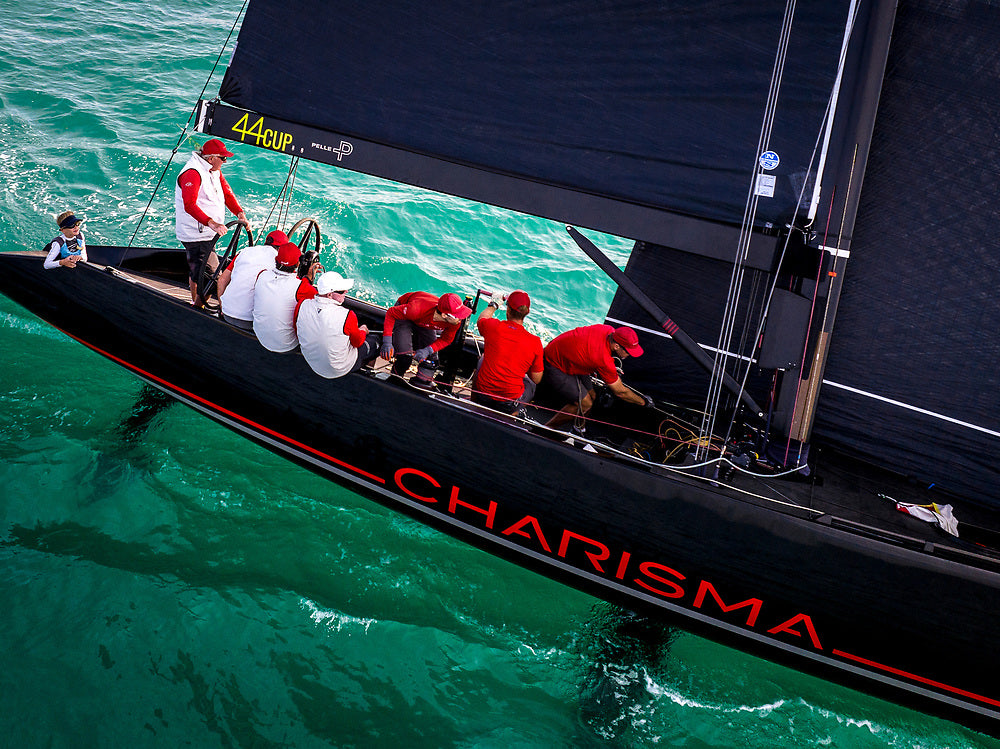
events
CHARISMA IS THE RC44 2022 WORLD CHAMPION
CHARISMA: RC44 2022 WORLD CHAMPION
North Sails Powered Nico Poons And His Team To Their First World Title
📸 Pedro Martinez / Martinez Studio
The 44 CUP is considered one of the most competitive owner-driver circuits racing today. For owners, crews, and their sailmakers, winning a world championship is the result of a season-long, often times years-long effort.
Within this fleet, races are usually decided in the final meters of the race, but that wasn’t the case at the Worlds, where Monaco-based Dutchman Nico Poons’ Charisma dominated the pinnacle event of the season for the high-performance one designs. This was the third consecutive 44Cup event that Charisma has won this season and the first World Championship win for the team.
“In the light weather, I didn’t expect to do that well,” commented Poons. “But in the end, it was all good! It was quite tiring, especially because of the light wind. I am not so much of a light wind specialist, so I had to focus on that, but we succeeded.”
North Sails designer Robert “Hooky” Hook and North Expert Matt Kelway joined the fleet in Portorož for the Worlds. Their mission? Support the North-powered programs in their quest to win the Worlds, and observe the fleet to collect valuable feedback for the North design team.
View this post on Instagram
A post shared by 44Cup (@the44cup)
From the Designer’s Desk:
The Worlds was a light wind regatta, with each race run in 6-8 knots. These conditions were difficult for the teams. And challenging for us from the support boat to determine clear-cut performance differences. A priority was placed on lane sailing and keeping tacks to a minimum. Generally, the first boat to the mark did one two to three tacks up the beat.
Observing from the coach boat, Charisma made the right decisions when it counted, especially towards the end of the regatta, where their boat speed proved to be the edge on the competition.
60% of the Worlds fleet was powered by North downwind sails, providing a good opportunity to observe and compare. Because of the wind conditions at this regatta, we saw the teams mostly using the G1s and A2s downwind. We’re confident that the North spinnakers have provided a clear speed advantage downwind, especially in both the A2 full and flat models, which consistently performed well.
The competition within the class is high, and the details seem more critical than ever. Dialing in your teamwork, boat handling, and fine tune adjustments is what nets performance gains within this fleet. I was surprised to see the sailors regard winning the overall season as necessary as the World title. It’s going to be all on at the final regatta in Oman.
The 2022 44Cup concludes in Muscat, Oman over 7-11 December. Follow the class on Instagram at @the44cup.
📸 Pedro Martinez / Martinez Studio
READ MORE
READ MORE
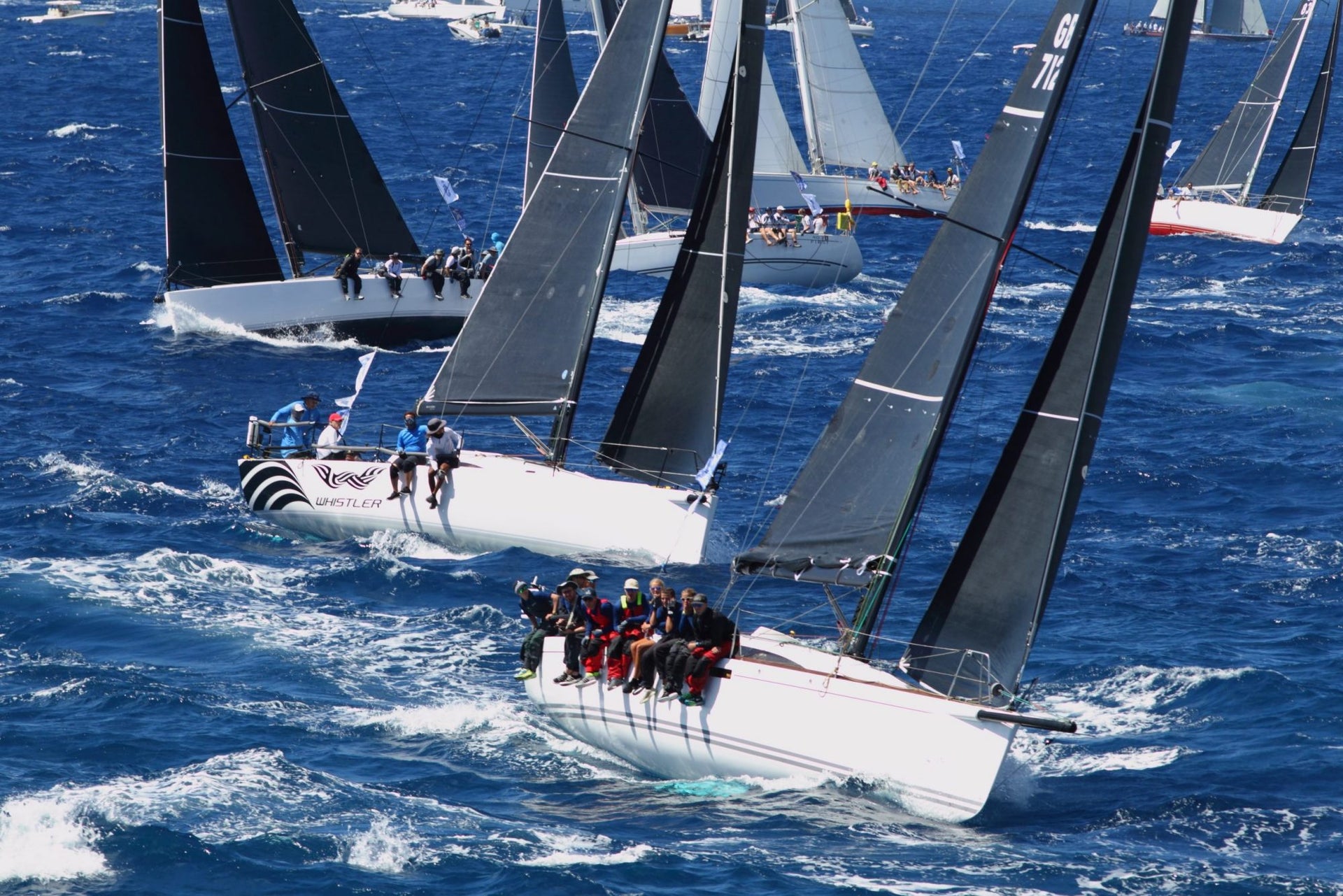
events
OFFSHORE CHAMPIONS - 2022 ROYAL OCEAN RACING CLUB OFFSHORE SEASON
NORTH SAILS CLIENTS DOMINATE THE 2022 RORC OFFSHORE SEASON
Jangada Takes Overall Victory
Season Champions Jangada – 📸 James Tomlinson / RORC
With trophies dating back to the last century the RORC Season’s Points Championship is an integral part of yacht racing history – 2022 was no exception. More than 4,000 sailors from around the world, racing on 394 different yachts, took part in the 2022 RORC Season’s Points Championship. The world’s largest offshore racing series included 16 action packed races and was rounded off with the Cherbourg Race in September.
The season started out with the Rolex Middle Sea Race, Transatlantic Race and Caribbean 600, a welcome return to international offshore racing following the pandemic. Teams from all over the world travelled around competing before returning to the UK for the rest of the season. As well as the many shorter offshore races based in and around the Solent and the Channel, teams also took on the Round Ireland Race and the new Baltic Sea Race as a warm up for the mammoth Round Britain and Ireland Race.
Caribbean 600 Race Start – 📸 RORC / Tim Wright
North Sails clients have once again had a very successful season. All of the top ten boats in the IRC Overall results were powered by North Sails. North Sails also rounded out the podiums in IRC Zero, IRC One and IRC Two.
Long standing North Sails customer Richard Palmer won the series overall on his JPK 1010 Jangada having been aiming for the coveted RORC Jazz Trophy for several years now. Rounding off the season with the overall win in the Round Britain and Ireland Race, Richards comprehensive campaign the year could not have gone much better for Jangada. Richard Palmer and his co-skippers competed in 12 of the 16 races including the Transatlantic Race, Caribbean 600 and Round Britain and Ireland Race. As well as their epic RBIR win, some of their best results included double handed wins in the Rolex Middle Sea Race and the RORC Caribbean 600. Over the season Jangada and her full suite of North Sails covered over 7000 nautical miles this year – some serious miles!
Other notable North Sails IRC Overall wins include:
James Neville’s Cervante’s Race and Myth of Malham victory on HH42 Ino XXX.
Christopher Agace took the De Guingand Bowl Race overall on his 3300 Atomic.
The Morgan Cup was won overall by 3300 Chilli Pepper owned by Jim and Ellie Driver.
Laurent Charmy won the Round Ireland Race onboard his J111 SL ENERGIES Groupe Fastwave.
La Trinite Cowes Race was won by Erin de Turckheim’s Teasing Machine.
Niklas Zennstrom won the Channel Race on the new Ran CF-520.
Mike Moxley rounded up the season winning the final race, the Cherbourg Race, onboard HOD 35 Malice.
Congratulations to all the North Sails customers on an awesome season, the teams will receive their awards at the Royal Ocean Racing Club ‘Oscars’ in November in London. The 2023 RORC Season’s Points Championship starts at the end of the month with the 43rd edition of the Rolex Middle Sea Race starting from Grand Harbour, Malta.
1st Jangada – North
2nd Diablo – Partial
3rd Bellino – North
4th Tigris – North
5th Chilli Pepper – North
6th Jujitsu British Soldier – Partial
7th Sea Bear – North
8th Jago – None
9th Cora – North
10th Mojo Rising – North
Channel Race Winners Ran – 📸 Rick Tomlinson / RORC
READ MORE
READ MORE
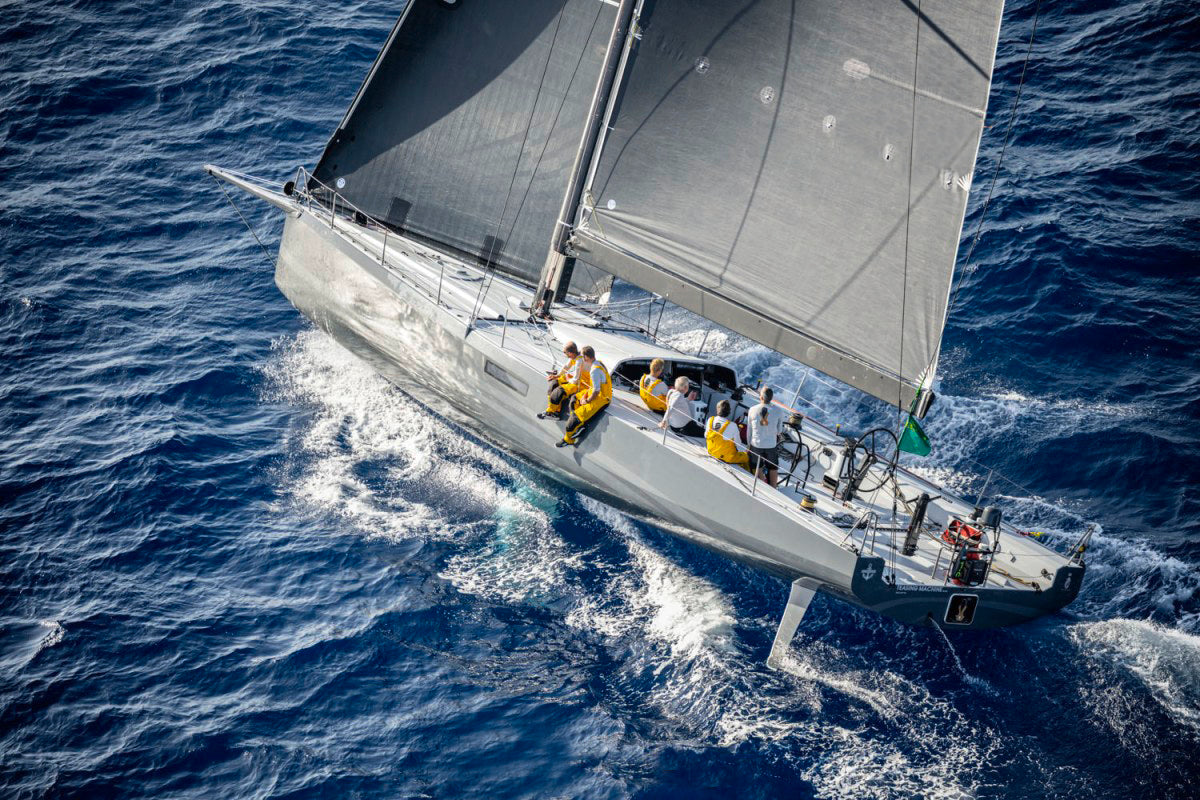
events
TEASING MACHINE WINS THE 2022 ROLEX MIDDLE SEA RACE
TEASING MACHINE WINS THE 2022 ROLEX MIDDLE SEA RACE
North Sails Clients Commanded The Podium Of This 606 Mile Race
📸 ROLEX / Kurt Arrigo
North Sails climbed to the top of the podium with the overall victory of Eric de Turckheim’s Teasing Machine in the 2022 Rolex Middle Sea Race.
Eight years after their last attempt, Teasing Machine added the 2022 Rolex Middle Sea Race to their impressive collection of race wins. Owner Eric de Turckheim and his crew climbed to the top of the podium as the overall winner under IRC and claimed the Rolex Middle Sea Race Trophy.
Teasing Machine is no stranger to success, as evidenced by podium positions in the Rolex Fastnet, the Rolex Sydney-Hobart, and the RORC Caribbean 600. Yet, de Turckheim holds the Rolex Middle Sea Race with particular regard.
“From a very young age, I have had a passion for the 600-mile races. To me they are like the tennis majors,” commented de Turckheim. “So it is a huge emotion to win a grand slam sailing event. On top of the elation of victory, this is also our favorite race because of the extreme technical complexity of the course and the weather.”
View this post on Instagram
A post shared by North Sails (@north_sails)
For North Sails, Teasing Machine‘s win embodies the value of hard work and a strong partnership between the team and their sailmaker. Launched in 2017, the boat took delivery of their new North Sails inventory this past winter in time for the Caribbean 600. The NMYD 54 is outfitted with a full North 3Di RAW inventory with liberal use of the revolutionary Helix technology. Pro sailor and close friend of North Sails, Laurent Pages, manages the program, while North Sails Expert Laurent Mahy is in charge of sail design and was onboard for the win in Malta.
The #NSVictoryList also included a podium sweep in the MORCA fleet. The winning MOD70, Riccardo Pavoncelli’s Mana had the benefit of a North Code Sail to help secure a very narrow (56 seconds!) victory over second place MOD70 Zoulou, sailing with Thierry Fourchier of North Sails aboard. “Luckily all our maneuvers came out right, Pavoncelli commented who was undeniably thrilled with the win, commented. “Paul Larsen did a fantastic job and we managed to stay ahead.”
Giovanni Soldini’s Maserati rounded out the top three with a full 3Di North inventory.
“The Rolex Middle Sea Race is one of the most complicated events on the Mediterranean. And these outstanding performances demonstrate the power that North Sails design, service, and sales are capable of offering our clients, both in terms of resources and technical assistance,” remarked North Expert Jean-Philippe Gallois, who sailed aboard the Marten 72 Aragon finishing in the Top 10 overall.
“The North Sails experts work hard to maintain a close relationship with our customers. Regardless of whether or not we can be onboard, we foster and maintain strong bonds through constant communication before, during, and after a regatta. That includes sharing last-minute advice in the lead-up to the start. Our clients, teams, and experts are all considered part of the North Sails family and benefit from that bond.”
📸 ROLEX / Kurt Arrigo
READ MORE
READ MORE

events
KILIAN WAGEN, 2022 J70 WORLD CHAMPION
KILIAN WAGEN, 2022 J70 WORLD CHAMPION
North Sails On Top Of The Podium In Monaco
Congratulations to Kilian Wagen and his Decouvertes Geomod crew, winners of the 2022 J/70 World Championship, along with Wagen’s country mate, Nick Zeltner, on North-powered Quarter2eleven who won the 2022 Corinthian World title. The Swiss team’s victory came in a single-day shootout on the final day of the event, following four days of no wind in Monaco.
By the time racing finally got underway the competition was fierce and the fleet pushed hard resulting in several UFD and BFD penalties. Staying behind the line and in the first row was nearly impossible, but the teams that were able to execute were off to the races. Although the wait was arduous, racing conditions for the one day 3-race series were gorgeous with 8-12 knots, nice rolling swells and very large and long lasting oscillations in the breeze. Because of huge shifts, it was important to keep all options open on the massive starting line and be willing to shift to the other end in a hurry if necessary.
As always, boat speed was imperative but setting the boat up to be easy and forgiving was key since you had to be prepared to race through a gamut of conditions: clear lanes, dirty air, big chop, as well as flat water. Teams had to be in sync on sail trim, body movement and steering in order to keep the boat moving and out of trouble. With nine of the top ten boats flying North Sails, it’s clear that those powered by North were the most prepared for this style of racing. Wagen found the winning combination to be North’s J/70 XCS-4 mainsail with the J-2+SL and North Sails AP-1 Airx Asymmetric, allowing him to keep the boat near top end speed through the infinite spectrum of demands required to win. As a result, North Sails proudly claimed another One Design World Champion, Kilian Wagen, and nine of the ten top finishes, again demonstrating why North Sails is the #1 choice of J/70 champions.
SHOP J70 SAILS TALK TO AN EXPERT J70 SPEED GUIDE
📸 Atila Madrona
READ MORE
READ MORE

events
TAKING SERVICE ON THE ROAD
TAKING SERVICE ON THE ROAD
Regatta Repair with the North Sails Team
Bacci Sgarbossa takes us behind the scenes of the pop-up Regatta Repair loft – a mobile network the North Sails Italy Service Manager knows well, having run the Italian operation for 14 years.
From Capri to Sardinia, the blue container traveled along the entire Italian coastline to make it to the key regattas this season. Just this September in Porto Cervo, Bacci’s team repaired 110 sails and logged 360 hours of work during the Maxi Yacht Rolex Cup alone – before getting ready for the Swan Cup starting a day later.
His Regatta Repair loft is a sizable operation, with up to six sailmakers working almost exclusively at night, and hundreds of material types stored in the container alongside the sewing machines and wooden floor beams. There is a truck and a crane to move the sails from the boats to the temporary loft, and, if necessary, a rental tent.
“Our set-up differs depending on the boat size,” says Bacci, who’s based in Carasco, near Genoa, when he isn’t on the road from April to September. His Italian team often gets mobile support from North Sails Palma, too. “The container goes everywhere and can act as a loft. But for the Maxi yachts for example, the container isn’t big enough, so we rent a big tent, bigger than 300 square meters, to lay the big sails on the floor. And sometimes, the sails are so big that we can’t pick them up. So, we go to the boat with the sewing machine and repair the sail directly on deck.”
This year, North Sails Regatta Repair lofts were available at the St Barth’s Bucket, various Swan One Design races, the Maxi Yacht Rolex Cup, Hamilton Island Race Week, the Swan Cup, ORC World Championships, and at Les Voiles de St Tropez – among others. It’s a service pulled together by different North Sails teams worldwide, and having a Regatta Repair team at each of these major international events ensures every North Sails client is supported with overnight turnaround for their racing sails. Service teams can also work on cruising and delivery sails when they have some spare time.
“We’ve been running our service for 35 years,” explains Bacci. “If I don’t already know the place, I need to look into it, visit it ahead of time, contact the race organizers and figure out if they want us there. That’s usually the case because we offer a service that doesn’t exist otherwise.”
“ depends on the weather conditions – when there is a lot of wind, gennakers are first to break. Mountains of sails, a lot of mess. We manage to get it all done, we always keep our clients happy, but we often see the sunrise.”
There’s the logistic side of it, the effort involved in making it happen at all. But it’s not just about executing repairs quickly and on location – it’s about offering the North Sails expertise and ensuring that those sailors have the equipment they need to perform at their best, too. It’s about fixing those sails how they should be fixed – including the North Sails 3Di technology.
“Close racing in the J-Class Fleet during the windy Rolex Maxi Worlds this year pushed the limits of durability and reliability of all equipment on these majestic monsters,” says North Sails Sales Leader Paul Westlake. “Knowing that Bacci and his team are only a phone call away with their flat-bed truck and hydraulic crane, ready to spring into action after a long day on the water, will never be underestimated by the sail trimming teams!”
“All the regattas we attend are high-level races,” explains Bacci. “That means the participants probably all have spare sails. We don’t perform repairs during the night because they need them to race the day after. But they want that sail because it’s the newest one, the better-performing one. It’s a really high-level repair.
“We don’t just hand a sail back. If we can, our job on-site doesn’t differ from our job back in the Carasco sail loft. The goal is to make the same level of repairs. In some cases, we don’t just repair the sails, but we modify them, too. Clients ask for a different shape, a change on the leech or on the foot of the sail…”
“What we do in the space and time we have on-site is amazing. I’m proud of the work done.”
READ MORE
READ MORE
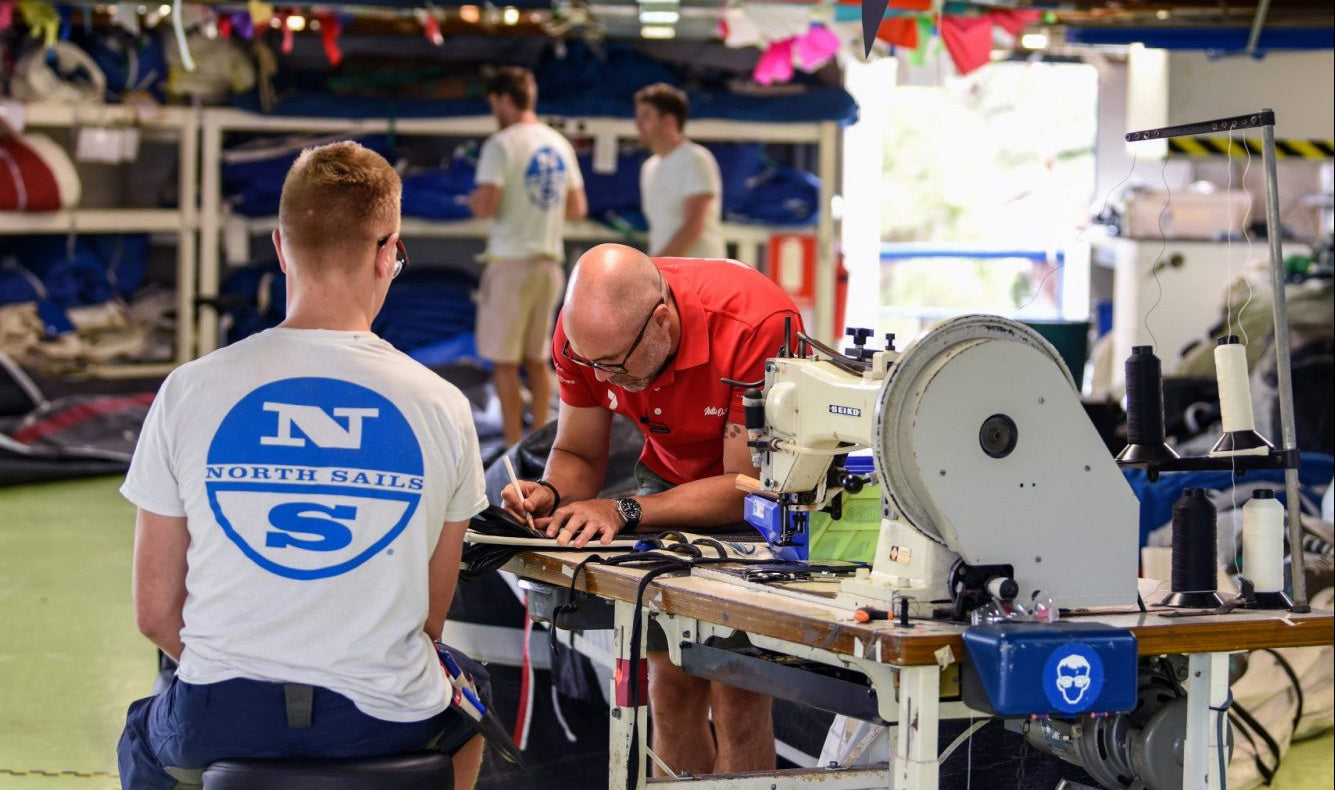
events
STRENGTHENING YOUR SAILS FOR THE SYDNEY HOBART YACHT RACE
STRENGTHENING YOUR SAILS FOR THE SYDNEY HOBART YACHT RACE
How To Maintain Your Sail Inventory For The Offshore Racing Season Ahead
Preparing for the Sydney to Hobart Yacht Race is a bit different to any other event due to the nature of the type of conditions and weather the race can present. Whether you’re racing in each lead up race possible, or using the race to tick off the bucket list item, making sure your sail inventory is in good condition can have a big impact on your race.
North Sails Expert and Service Manager, Nick Beaudoin, has a wealth of experience when it comes to sail planning and servicing. And the key to ensuring your sails aren’t going to let you down, is preparation.
“The thing with the Sydney Hobart, is that the fleet tends to also be doing the Blue Water Pointscore, so the service preparation actually starts in October for most of the fleet.” comments Nick. “What we recommend is to keep the maintenance up while they’re racing. It’s what we work on over the four months of ironing out all the little details of the inventory and getting the sails ready over that longer period of time. It’s all planned three to four months ahead of time, which really is right about now in early October.”
“At the beginning of the season, our North Sails team will start having conversations with customers about the sail services they may need for the offshore season ahead. It could be jib recuts, main recuts, IRC remeasuring, spinnaker flying checkovers to repair tears, all the little things. It’s about dialing in the inventory for the individual clients.”
Maintenance Is Key
Sail servicing isn’t just about repairing sail issues, but keeping your sail inventory in good working order to both extend the lifespan of your sails and achieve your best performance on the water.
“Most of our customers know how we operate, so they’re very familiar with the process – every race week they’ll get their sails in, we’ll do a service, see if they have any issues, and we go forward from there with enough lead time. The maintenance comes down to essentially a weekly thing for them.”
North Sails offers a one week turnaround at the major yacht clubs in Sydney, when every Monday the team collects the sails in the North Sails lockers at Cruising Yacht Club of Australia, Middle Harbour Yacht Club, Royal Sydney Yacht Squadron and Royal Prince Alfred Yacht Club. The team then conducts general maintenance and repairs during the week, and delivers them back to the yacht clubs on the Friday.
“We like the Blue Water Pointscore, as it’s one race per month where we can assess what each yacht needs pre and post-race. The sails will come in that have any repairs needed, or need to get looked at if you’re unsure. For the majority of the fleet, it’s very hard to pull their sails out unless there’s a park or somewhere they can go with enough space to do it.”
Jibs In Working Order
With the range of conditions and sail changes to be expected during an offshore race, jibs can endure a lot of wear and tear over time. However, Nick has some essential tips to extend the life of your jibs, to keep the luff tapes in good condition, check the battens and batten tension.
“As it’s not always easy to just pull your sails out on any given day for maintenance checks, it’s about crews being very observant when using the sails. Having your crew conscious of the shape and condition of the inventory, especially your foredeck team being conscious of the sails if they notice anything, luff tape damage, battens on the jibs, or if they notice any chafe from stanchions or any of the high-wear areas and just keeping an eye on it.”
“We like to encourage jibs to come in for post-race luff tape repairs. It’s a very small thing that can cause a lot of grief, you don’t need your bowman up there mucking around trying to get the headsail plugged in, so we like to stiffen the head and very top of the luff tape so it can’t open up.”
Flying Spinnakers
After the last Blue Water Pointscore race and as the Boxing Day start of the Sydney to Hobart approaches, the timeline for major repairs becomes tighter. Preventing the larger sail issues can be one of the easiest ways to ensure you’ll be on the start line, and spinnaker checkovers are high up Nick’s list of race preparation maintenance tips.
“Again, it’s very hard to assess a sail properly unless you’re pulling it out in the park, and you know exactly what you’re looking for. When we fly a spinnaker, we have two to three people put the sail in the air and look up underneath it, to look for any holes. If you just have the sail on the ground it can be easy to miss things.”
“We’ll also check the tensions on the luff, leach and foot lines, because over the course of the four months of sailing, ropes shrink and most likely need to be eased off and re-tensioned. You’ll find different setups denote different tensions and you evolve as the boat spends more time offshore.”
“Usually the foredeck team has eyes on the sails, as do the trimmers, so just picking up on any potential issues early and getting the sails into the loft to fly, check over, pull out and repair as necessary is a great way to prevent more expensive and possible race-ending damage.”
Maintaining Sail Performance
Committed to helping you maximize your performance with your sail inventory, our North Sails Service team also provides sail recuts and re-measurements.
“A service we offer for 3Di sails is to look at recuts for performance. As sails get older, say two to three years old and it’s been used offshore, it may need a little attention.”
Nick explains their process to restore the sail to peak performance shape, “In jibs and mains, as the sails become round over time, we do slices to reduce the broad seam, and straighten the leach exit. It’s glued and bonded in the same process as when they’re manufacturing 3Di sails, so it’s very very strong, and a simple thing to do to increase performance.”
“Another thing is remeasuring for rating certificates. As we approach the deadline to get your certificate in for the Sydney Hobart, we encourage our clients to get their inventories in to us. Jibs are a big thing as luff tapes shrink over a period of time, as once the luff tape shrinks, the luff actually gets smaller. Leading into Hobart, remeasuring is something we like to offer our customers to improve their overall performance, especially at the pointy end of the fleet.”
Nick says, “Now is the time to be preparing for the Sydney to Hobart. For everyone on board it’s just about making sure that whoever is on the boat, whether it be the owner, helmsman, or crew, they understand they’re part of the team to be aware of the issues.”
“These conversations all start at the beginning of the season, and there’s nothing last minute about the Hobart race!”
Contact your local North Sails Expert to make sure your sails are ready for the offshore season ahead.
READ MORE
READ MORE
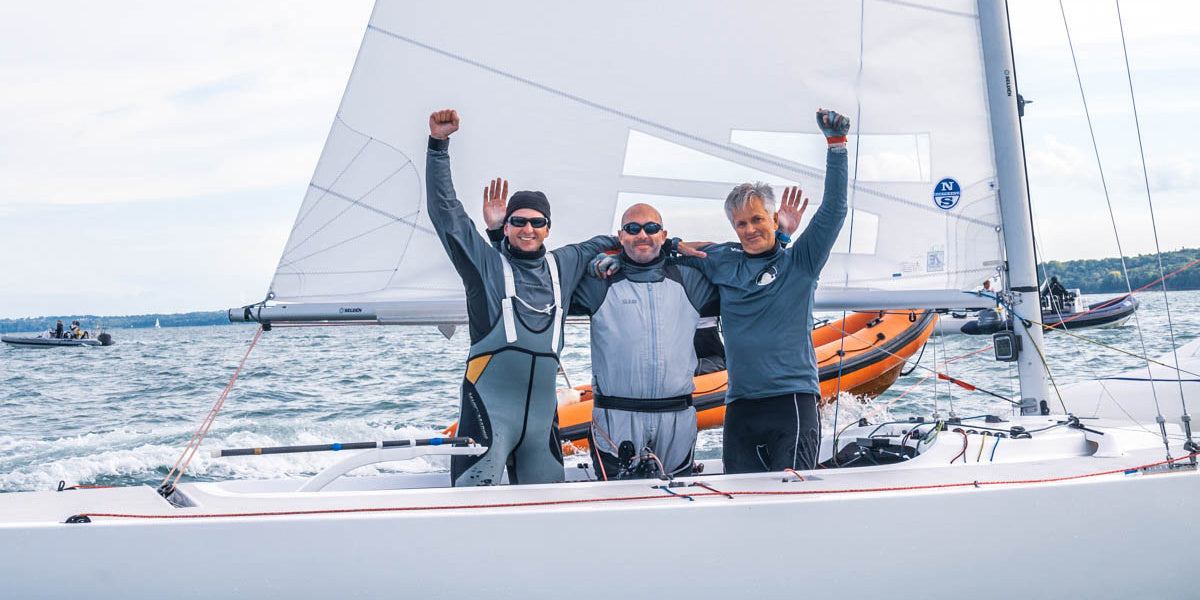
events
SWEDISH BLUE CROWNED 2022 ETCHELLS WORLD CHAMPIONS
SWEDISH BLUE CROWNED 2022 ETCHELLS WORLD CHAMPIONS
Noel Drennan Talks Through the Team’s Winning Strategy
📸 PKC Media / Etchells Class
The 2022 Etchells World Championships came down to the final race day of tricky sailing conditions, where North Sails Etchells Class Leader, Noel “Nitro” Drennan crewed on Ante Razmilovic’s Swedish Blue with Brian Hammersley to win overall victory. North Sails teams claimed a clean sweep of the podium as Anatole Masfen’s New Order finished in second place, and Lawrie Smith’s Mila in third, all competing with full North Sails inventories.
“We raced in northerly breezes, so it was always going to be pretty shifty and difficult days,” commented Nitro. “We had a compressed schedule after no racing on the first day with the Queen’s funeral holiday, as well as a few light air days to start. And before you know it we’re way behind schedule and having three races a day, which isn’t very common in the Etchells. So, we just had to get it together for long days on the water.”
There were some testing situations for the 42-boat fleet, where patience and the ability to reset between races made the difference for the leaders. “In terms of our philosophy, we knew that it might be a bit of a random and variable regatta, and going into it we probably weren’t the favorites, but we were in the second rank of teams who could do it.”
“Unfortunately we had a bad first day, and we definitely had to work past that and get on with the rest of the regatta. After that bad first race with a 35th, we had to regroup and make sure we weren’t out on one of the edges again. So we probably worked better together after having our bad race and kept it all together from there.”
📸 PKC Media / Etchells Class
📸 PKC Media / Etchells Class
Swedish Blue’s resilient mentality wasn’t their only team strength, with a wealth of experience sailing on the Solent among the crew, and all-round easy speed setup from their North Sails sail package shining through when it mattered most.
“As a team, we’ve sailed quite a bit together over the years, and last year we actually did a few regattas together in Cowes, including the pre-worlds and we were going well for the majority of the regatta. Brian and I also sailed together in the 2016 worlds and did quite well there.” said Nitro of his third place in that world championship. “Now when I look back at it I’ve done a fair bit of sailing in Cowes.”
“We had a pretty good week and it all started coming together for us. We’ve been using the North Sails standard Etchells inventory, using our tuning guide, which is quite pleasing for me. Our upwind package includes the MAL M jib and the GT M jib, so we use all the molded sails, and these two jibs were very easy to trim and user-friendly throughout the week.”
“The jib is such a critical part in the Etchells setup for trimming. So it was nice having easy-to-trim sails that were right the majority of the time. There was plenty to think about wind-wise and current-wise all the time, so the user-friendly sails made it very easy for us to look around on the race course.”
As North Sails Etchells Class Leader, Nitro has been heavily involved with the development of the current range of sails, which he says started back in 2019, with refinements and developments made since then, moving towards using molded sails.
“There’s a lot of input from around the world that goes into our Etchells sails to make the current race models their best, and currently there’s quite a few different teams trying different things. Having easy boat speed was crucial for this event, so it was quite pleasing for me to win with the standard sails, and so did second and third!”
A full list of results can be found here:
FULL RESULTS
If you’re looking for more information on the North Sails Etchells setup, have a read of the Q&A our North Sails Experts had about the current inventory:
ETCHELLS Q+A
📸 PKC Media / Etchells Class
READ MORE
READ MORE
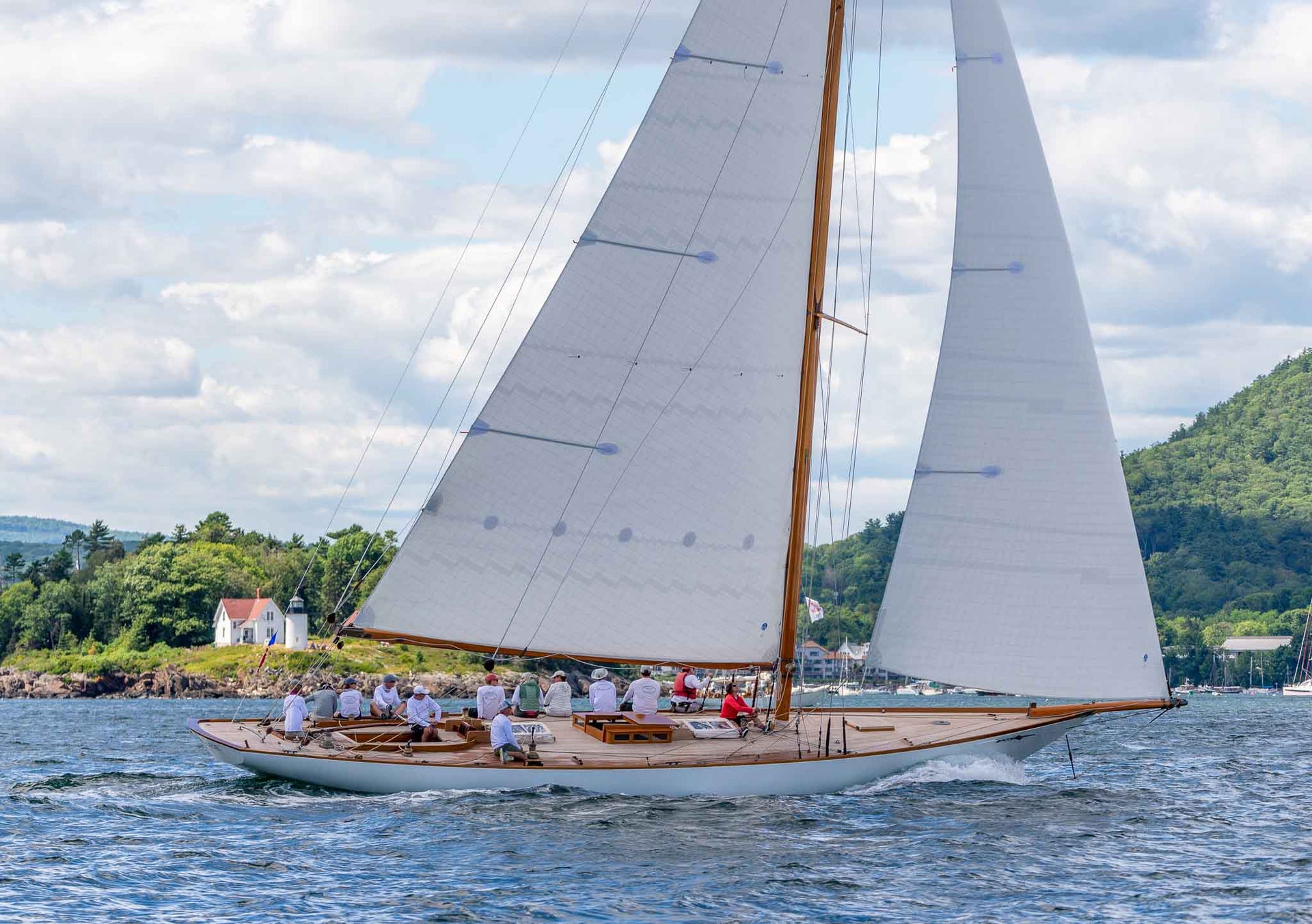
events
A CLASSIC YACHTING WEEKEND
A CLASSIC YACHTING WEEKEND
Classic Performances Down East
📸 Carol Chu Photography
A series of regattas along Maine’s rocky coast provide a showcase for vintage yachts powered by North Sails technology.
Midcoast Maine is the place to be mid-summer, when fresh-picked corn and wild blueberries flood the farm stands, and classic yachts—modern and old, from daysailers to schooners—gather and joust for honors at five renowned regattas, spread out over the course of three weekends.
The competition was brisk for the 2022 season, with 109 classic yachts signing up for the series of harbor parades, shoreside social events, and, of course, spirited racing. And a number of top finishers owed their podium appearances, in part at least, to North Sails.
Boothbay Harbor Yacht Club Regatta and Shipyard Cup Classics
Launched as a superyacht gathering over a decade ago by Hodgdon Yachts, and reprised in 2021 as a venue for Vintage, Spirit of Tradition and Modern Classic sailboats, the ranks just keep growing. It was the 48th running of the regatta, which featured numerous PHRF and one-design divisions, and the second season for the Shipyard Cup.
After six races, The Hawk with full North inventory featuring 3Di technology nailed the first of what would turn out to be several top podium appearances in the various regattas, placing first among the six-boat Spirit of Tradition/Modern Classics class. The Vintage Classics 1 division was totally dominated by North Sails powered boats, starting with Black Watch took first, while Marilee, a restored New York 40, placed second with North Sails expert Jack Slattery onboard and powered with 3Di technology.
📸 Carol Chu Photography
The Camden Classic
The following weekend, racing action moved to the heart of Penobscot Bay for the two-day Camden Classic Cup. As in Boothbay, racing included a mix of PHRF, one design and classic divisions, with nearly 100 yachts participating. Shoreside festivities took place at the new Lyman Morse Boat Building facility on the Camden waterfront.
Once again, The Hawk, with North Sails expert Tim Healy onboard, benefited from two solid days of racing, and finished first in the four-boat Modern Classic division. Two other North-powered boats also placed in that class, Vortex taking second, and Hound, a Aage Nielsen sloop, finished third.
North Sails designer Glenn Cook, who sailed on Polly and competed in the Vintage 1 division, shares “Every year this event builds on the success of the previous year. This year the conditions were superb and the new waterfront facilities at Lyman Morse raised the level of the shoreside events. In contrast to the typical sea breeze in Penobscot Bay the wind had a strong west component and was quite variable making for interesting racing. The Ocean 370 3Di sails we had onboard the Nevins 56, Polly, were well suited for the conditions. Most importantly we were able to effectively depower the sailplan as the breeze built on Saturday afternoon. This is the advantage of the 3Di sail versus the woven sails that are more common in the classic fleet.”
North clients prevailed in four other divisions where skippers took home hardware during the event. In the Vintage 1 class, New York 32 Siren took first with Black Watch finishing close behind in second. Marilee finished just out of the money in fourth place, followed by Polly, a 56-foot sloop finishing fifth.
Swan 42 Tio Loco, owned by Henry Brauer, took first in the CRF Contemporary division while Restive secured third in the Spirit of Division class; both powered by North Sails. Meanwhile another boat sporting North Sails, Mermaid, a 45-foot ketch, took third in the Classic class.
📸 Carol Chu Photography
Castine Classic Yacht Race
Crews sailed deeper into Penobscot Bay, to Castine, for the August 4 Castine Classic Yacht Race, set along a 19.6-nautical-mile course to Camden. North Sails swept the podium with Siren taking first in the Classic A fleet, followed by Black Watch in second and Vortex in third. When the time came to hand out the hardware, the crew of Siren were called back and also awarded the Ames Cup as overall winner of the Classic A, B and C fleets, and to add to their winnings, they also took home the Sparkman & Stephens trophy as the top S&S yacht. North Sails was also front and center in The Spirit of Tradition class with Outlier, a 55-foot Botin design, taking first while Restive took third.
Eggemoggin Reach (ERR)
The ERR is an East Coast classic in its own right. The race, first sailed in 1985, was organized by Brooklin Boat Yard’s Steve White and Frank Hull as an event to bring wooden boat owners together for friendly competition on the water and spirited good times ashore. That year 13 yachts answered the call. And then, the word got out. In the following few summers, the fleet grew to more than 100 yachts as the Castine and Camden races turned a one-day party into a three-day festival of wood, varnish and sails.
This year’s race featured 10 divisions, with 112 boats participating. The event is now sponsored by Brooklin Boat Yard and Rockport Marine. What hasn’t changed are the rules—boats must be 24 feet or longer and wooden—and the course: a 15 mile run down Eggemoggin Reach and back, which is followed by shoreside festivities at the home of Wooden Boat Magazine.
📸 Carol Chu Photography
This year, boats fitted out with North Sails took firsts in three divisions: Mermaid in Classic C, Siren in Vintage B, and The Hawk in the Modern Classics class. Also doing well among the Moderns were Starry Night, third, and Vortex, fourth. Siren was also the winner of the S&S Best Corrected Time award, the S&S Best Elapsed Time award as well as the Joel White Award for best corrected time for a plank-on-frame boat. Other boats making podium appearances included Marilee, finishing third, in Vintage B, and Cheetah Cheetah, which took second place in the Vintage A division.
In the Spirit of Tradition B class, yachts with North Sails took home honors in four of the top six finishes. Placements included second-place Lark,; third-place Outlier; and fourth-place Dreadnought,. Veteran ERR entry Wild Horses, a W-76 yacht placed sixth.
Several of the classic yachts serving up standout performances at the Down East regattas – Marilee, Siren, Mermaid, and Polly – all sported 3Di Ocean 330 and 3Di Ocean 370 technology. When it comes to 3Di Ocean sails, North Sails designer Glenn Cook shares, “The 3D sails have more range, it is especially noticeable how stable the sail shapes remain as the wind increases. And conversely how easy it is to power up the sail plan with small adjustments. Vintage 1 Classic winner Peter Cassidy and his team on Siren with a new set of 3Di Ocean 330 said “I recommend putting this on your calendar for next year if it is not already. It is also the perfect warm up for the Eggemoggin Reach Regatta and the feeder races the following weekend.”
📸 Carol Chu Photography
READ MORE
READ MORE
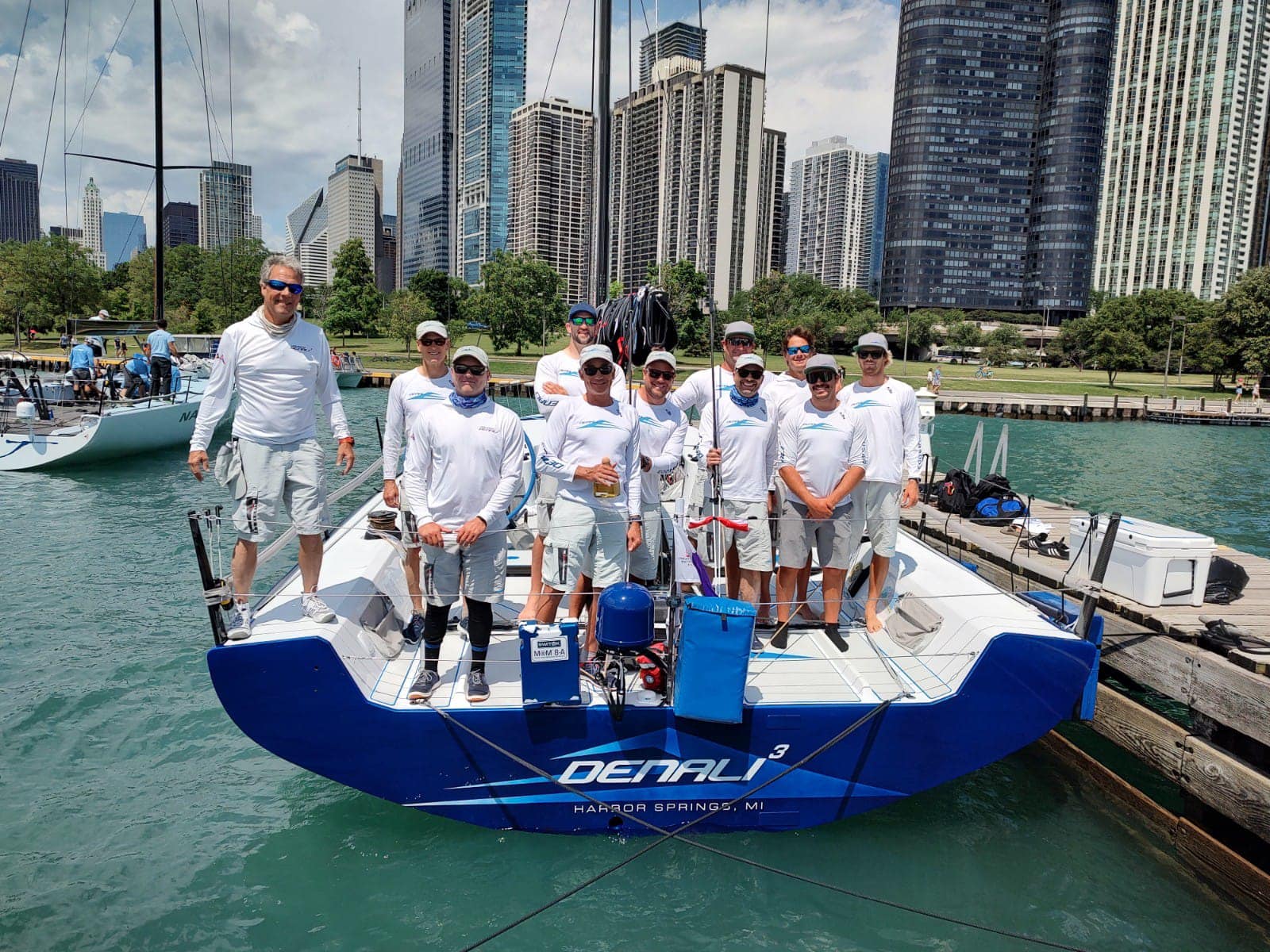
events
DENALI3: A TEAM EFFORT
DENALI3: A Team Effort
Reflecting On Double Class Wins for Denali3
Denali3 has had a good year, a very good year. “Just being on the water with the team again was a joy for sure,” said Bill McKinley, her owner. He was reflecting on returning to racing after suffering – along with many other teams – a couple of difficult seasons. “The last two years really kicked us in the butt,” he added, but they went into the 2022 season with a new sail inventory targeted at the classic Great Lakes events and, “a lot of freaking hope.” It turned out to be a well-founded hope. McKinley and his crew – mostly made up of his friends – have achieved a remarkable double; class wins in both the 2022 Bayview Mackinac and Chicago-Mackinac races.
“We were fairly confident in the rig and sails as we had some solid practice days with the team, but actual race results take a lot of factors coming together at the same time,” he explained. “The Mac races couldn’t have been more different: The Bayview Mac was light air beating, reaching and running. The Chicago Mac was mid- to high- wind reaching and running mixed in with massive squalls. Winning our section in both races sailing against an incredible group of competitors and some of the best TP52 sailors in the world was epic… literally a dream come true… something you dream about but don’t expect to ever happen.”
It was a dream built on some smart thinking and very sound preparation, all of which reflected McKinley’s long experience of the sport, and those two races. “Sailed my first Mackinac at age 11, have sailed in over 60 Mackinacs,” he explained. He’d previously owned a Nelson/Marek ULDB 70 and a Carkeek 40, hitting the podium in plenty of big races. So, McKinley was very clear right from the outset about what he wanted from his third boat, designed by Jason Ker and built by McConaghy’s in China in 2017-18.
“My goals when I commissioned Denali3 were an all-around boat that was fully sorted for offshore sailing,” he said. “Aside from mode-ing the boat for Macs, I wanted to go back and run the TransPac, the Bermuda Race, as well as the Caribbean 600. Specifically, I wanted a boat that excelled in light air reaching as well as big breeze reaching and running.”
“Obviously the ‘target’ races are pretty different and require different sail inventory approaches. The first goal was creating my vision of a ‘Mac boat’ for light wind reaching in 40 to 80 TWA and high AWAs due to the traditional light breezes. I was fortunate to hook up with Wade Morgan and Magnus Doole who had sailed and outfitted Alpha+ . They were super receptive to my vision of an upwind J-Zero.”
Wade Morgan specializes in the management of custom yacht builds, and includes Mālama, 11th Hour Racing’s IMOCA 60 on his CV. Morgan had already worked with Magnus Doole on several projects, including the construction of two previous Ker designs. Doole has been a sail designer for North Sails since 2007 and has a strong background in the TP52 class and maxi boats, but this was a different challenge; because of the offshore and reaching emphasis that Bill was putting on the boat.
“We went through the process of working with Southern Spars and with Ker Yacht Design to optimise the sail plan for what Bill wanted to do,” said Doole. They had an advantage with the sails and the mast all coming from within the North Technology Group, so a range of expertise could be drawn upon, and the integrated tools of the North Design Suite could be used to full advantage. “We also worked with Greg Stewart from Nelson/Marek Yacht Design to look at the rating side of it for the specific races,” added Doole. “The boat captain, Norman Berge is also part of that communication loop… he’s a Harbor Springs, Michigan native, who does a fantastic job of preparing the boat to a Super Series level of preparation.”
Denali3 was launched during the 2018 season, competing on the Great Lakes her first couple of years. There were reservations about the rudder position, which seemed more optimized to upwind / downwind sailing, rather than reaching. “It was clear at the end of that, that the boat over performed in some conditions, and it was difficult to sail in others,” said Morgan.
Bill McKinley picks up the tale, “After two years on the Lakes, collectively Wade, Magnus and myself determined that in order to really enhance our reaching capabilities we need to move the rudder aft and enlarge it… In late 2019, the boat was shipped to Newport to effect the rudder mods with the goal of racing the 2020 Newport to Bermuda Race… Needless to say, that race got cancelled due to Covid-19, so we lost a year in the program.” It was the first of two tough years. In 2021 they went to California for the TransPac but were forced to pull out early. “So 2021 was a bust.”
McKinley had already sowed the seeds for a dramatic comeback. In 2019, during their planning for the Newport Bermuda Race, he had commissioned North Sails Design Services to produce a report on the optimum sail inventory for the (eventually abandoned) 2020 season. It was typical of his thoughtful approach, an approach that meant Doole was able to constantly innovate with the sail inventory. “You’re lucky when you have an owner like Bill who will invest in that kind of tech,” commented Doole.
The study was done by Jeremy Elliot, who has been head of the Design Services team since its inception in the mid-2010s. “The bulk of our consultancy work is to help the naval architect, and the owner and their team, fully map out the performance and the loading of the boat, so that it can be fully engineered,” he explained.
The Design Services investigation into the optimum sail plan for Denali3’s 2020 itinerary provided several important insights and, in particular, had this to say about McKinley’s vision of an upwind J-Zero. “The J-Zero provides a particular advantage not only upwind in light air to hit heel target, but this was maintained to a much wider apparent wind angle.” Design Services identified that for Denali3 the J-Zero was a weapon. The remaining concern was whether it would justify the additional rating it would attract.
Fast forward two years, and the team were preparing for the 2022 campaign. The Design Services report was dusted off, and a new question was asked of the data that had been supplied by Elliot: now that the Mackinac Races were being run under ORC , how will the J-Zero stack up against the rating penalty? “For this year, again with Greg Stewart involved, we looked at how ORC would work for the two Mac races. It became quite evident that where the boat sat in the rating bands, we could sail with the J-Zero,” Doole explained.
“Bill’s not afraid to be an outlier if you can justify the performance gain relative to the weather systems that you’re working with,” said Doole. “And that’s why we rated with the J-Zero for the two races this year. We figured that it would allow us to keep up with the faster boats… As the weather systems roll through the lakes, you invariably have a point where you’ll stop or there’s a significant wind shift. And having the sails to deal with the wind shifts, to get you through that transition was important. If we hadn’t had the J-Zero on in the second race (the Chicago-Mackinac), the win would have been harder to achieve.”
Another important factor was the use of the new Helix technology to create a J-1.5 that could cover the rest of the wind range. The Helix Structured Luff is a development in the 3Di technology that allows the trimmers to get more wind range out of the sail. “We had a new Helix J-1.5, so that we could eliminate a jib off the boat,” said Doole. “In the first race we only sailed with the J-Zero and the J-1.5… it was punchy but we built a jib that could do from J-1 through to J-2 conditions.”
“I’m thrilled to hear that eventually it worked out,” said Jeremy Elliot of Design Services. “I think the performance that we found with those sails was there. It just found a slightly different home, in a slightly different racetrack, and on a different day. But I think that does validate the exercise that he was smart enough to commission.”
“We absolutely wouldn’t be where we are without North Sails and Magnus,” concluded McKinley. “The energy and creativity that was put into designing a ‘world beating’ inventory is incredible. We literally have an arrow in our quiver for anything we might encounter. Aside from Magnus and Brian Janney being incredible sailors, they are incredible people and just plain fun to sail with.” And for the future? “We are headed back out to Cali and the 2023 TransPac… redemption!” said McKinley.
READ MORE
READ MORE
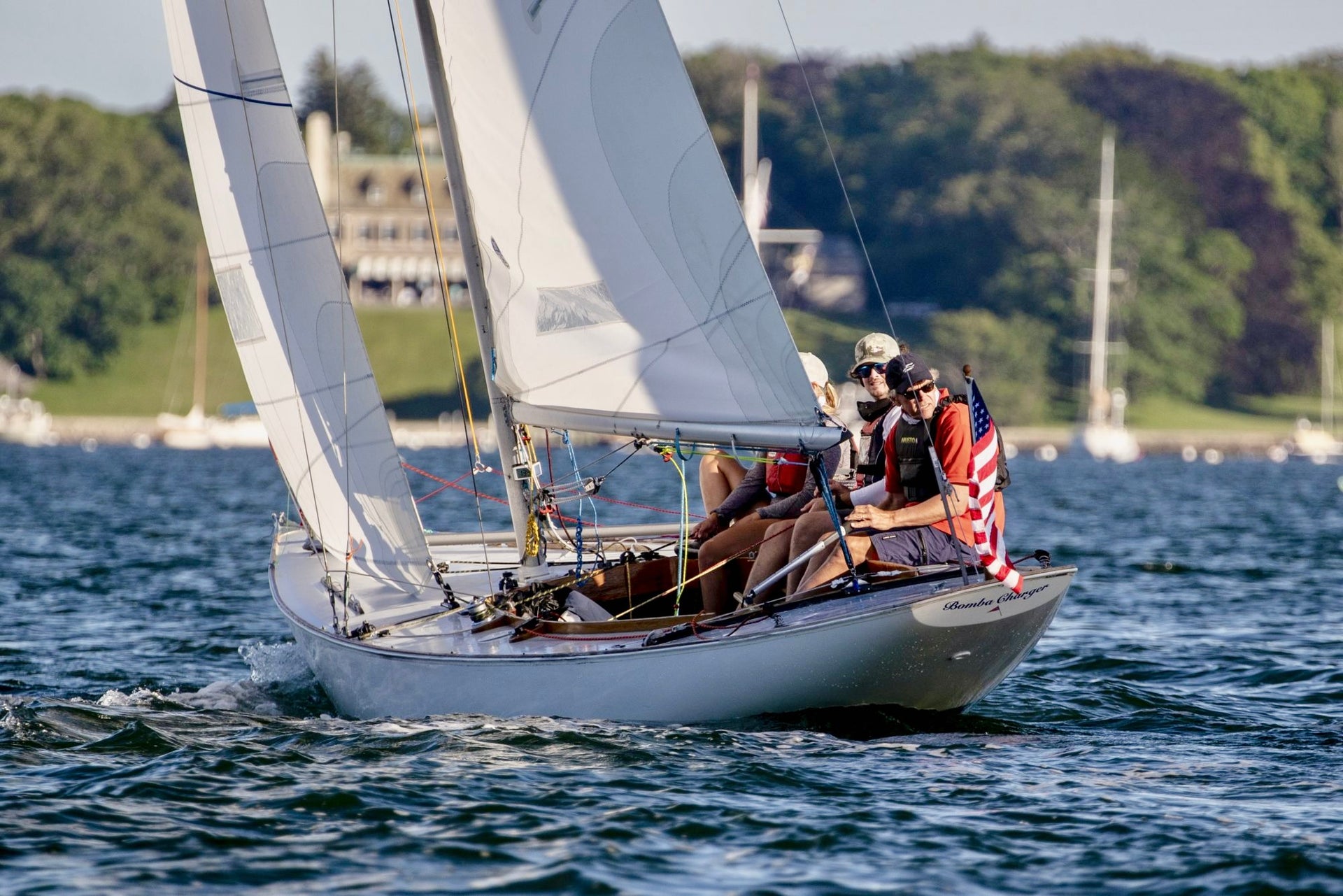
events
HE SAILS SHIELDS BY THE SEASHORE
HE SAILS SHIELDS BY THE SEASHORE
Longtime North Sails Expert Mike Toppa Doing What He Loves
What’s better than racing an immaculately prepared yacht in Sardinia? According to Mike Toppa, it might just be racing his 50 year old Shields on Wednesday night in his home town of Newport—especially this year, when the Nationals are on his home waters.
“It’s the best racing!” he says. “We’ve got Narragansett Bay to ourselves; great sunsets, fantastic conditions… and really good competition, because the best sailors in Newport are out there. And the bonus for me is that I get to go out with my family and friends, which is a lot of fun.”
The Nationals are a much different challenge than a few hours of midweek racing inside Narragansett Bay, he admits. “We’re racing outside in Rhode Island Sound, in more wind. The waves are bigger, and it’s three consecutive days. So both the gear and the people get tested.” Toppa signed on his regular Wednesday night crew for the regatta: daughters Holly and Alie, son-in-law Jeremy Wilmot, and Suzy Leech.
Though he’s only had his current boat, Bomba Charger, for four years, he first sailed a Shields as a young teenager. He was a sophomore in college the only other time he sailed the Nationals however and that second place finish still hurts. “Jerry Kirby and I had a boat together. It was really windy, and we were sailing outside.”
On the final day, they were winning the regatta on the last run down to the finish. “The boat was full of water, so we started bailing with two buckets. But luck was not on our side, first we lost one bucket over the side, and then quickly lost the second as well. At which point the boat behind us surfed right by and won the race. That win gave them the point then needed to beat us and win the whole event! Not gonna make that mistake again” Mike says laughing
Leading up to the 2022 Nationals, Toppa has spent several days going over all of the boat’s equipment. “I wanted to make sure everything was rock solid, ready for 20 knots and big waves. We checked everything; running rigging, equipment, attachments—and I also made sure we’d be able to keep the water out. That last Nationals is an old memory—but still stings”
North Sails is well-represented throughout the fleet, including Will Welles, Mike Marshall, Tim Dawson, Will Bomar, and Jeff Hayden. “Jeff won the Nationals last year, with Robin Monk,” Toppa says. “Seems like every boat he gets on goes faster.” And Mike Marshall has done a lot of work on the sail designs for the class, he adds. “We actually have a new test spinnaker that we built over the summer and will be looking at next week, which we’ll make available to the class for 2023. ”
One reason the class is still around and thriving, Toppa insists, is that the national association does a really good job keeping down costs with the class rules. “You can only buy one sail a year, and every sail has to have at least 10 races on it prior to the Nationals. Most replace either a main or jib every year so spinnakers get tired. Hopefully this new design is a good one.”
Asked to name a favorite to win this year’s Nationals, Toppa would only express hope that the winner will be from Fleet 9. “We honestly haven’t been sailing super consistently this summer. And there are lots of other previous National champions in our fleet.”
As for that immaculately prepared yacht in Sardinia…Mike’s travels to the Rolex Swan Cup 2022 conflict with the final day of the Shields Nationals, so daughter Alie will take over as skipper. “She has a second and a fourth driving Wednesday nights so far this summer,” he says proudly. “So at some point, I’m sure I’m going to be holding a clipboard for her. I just love to race sailboats! Even though I am lucky enough to have done so many regattas in so many different types of boats— there is something super special about doing it in your own backyard with your family. It is hard to beat”
📸 Stephen Cloutier
READ MORE
READ MORE
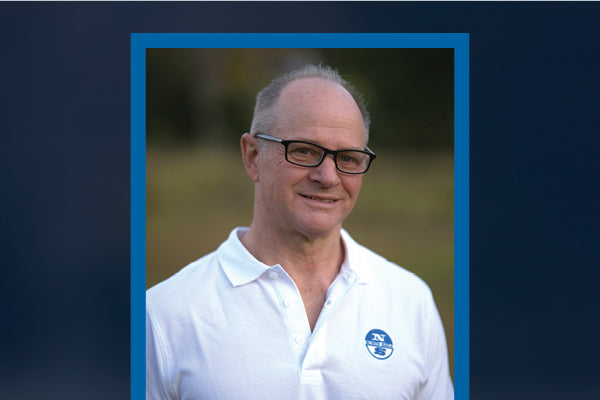
events
DESIGNER ROBERT "HOOKY" HOOK JOINS NORTH SAILS
NORTH SAILS ADDS ROBERT HOOK TO THEIR DESIGN TEAM ROSTER
Hooky Brings Decades Worth of Grand Prix Experience
North Sails is excited to announce the addition of Robert “Hooky” Hook to our sail design team. Hooky, who started his career with North Sails and the America’s Cup in the 80s, brings a wealth of sail design experience and team-building leadership. Working closely with the North Sails design team worldwide, Hooky’s work is focused on Grand-Prix Inshore and Offshore sailing and supporting a handful of high-profile projects.
A self-described hands-on designer, Hooky has a strong track record of helping programs get to the top of the podium. From his early days as a sail designer with Australian America’s Cup syndicate Kookaburra III, Hooky committed himself to win the Auld Mug and achieved this goal in 2010 as part of the BMW Oracle Racing team. Additionally, Hooky has also been involved in three ‘Round the World’ races. His resume boasts back-to-back victories with Paul Cayard’s EF Language campaign, followed by John Kostecki’s Illbruck program.
“The America’s Cup and similar event-style campaigns are unique training grounds because an entire team, from sail designers to accountants, and all players in between, are committed to building the fastest thing on the water,” explains Hooky. “It’s a high-pressure, fast-moving team environment that pushes everyone to work to the best of their ability. Beyond the competition, these events are also a master class in teamwork and managing people while keeping everyone focused on the end goal. And this is something I look forward to continuing as part of the North design team.”
“Adding Hooky to the team ensures North Sails can deliver the highest quality performance and best possible aerodynamic solutions,” explains JB Braun, North Sails Head of Design and Engineering. “The demand for talented and progressive sail designers continues to grow as boats get larger, foils become more common, and yacht designers get more aggressive in pushing the limits of what’s possible. Hooky will be instrumental in accelerating the development of our next generation of North sail designers. He knows what it takes to be a part of a successful team, and we’re excited he’s back in the game with North Sails.”
“Whether we’re working with an RC44 program or a 100’ ocean racing machine, every client has different goals, and they each require a unique approach,” comments Paul Westlake, North Sails Executive Vice President, and Grand Prix Sales Leader. “As an organization, North Sails is designed to provide the resources and products for end-users to achieve their goals. Our design team sits at ground zero of that pipeline, both in the office and on the water.”
Hooky is based in Queensland, Australia. In the coming months, he’ll assist big-name projects like Hamilton Island Wild Oats XI, and Blackjack as they gear up for the Rolex Sydney Hobart Race 2022. He’ll then turn his attention to the RC44 circuit, a class where he already has a strong connection. He will support both the design office and on the water during the 2023 season.
Hooky’s support of the RC44 class and the overall addition of such talent to the already strong design arsenal of North Sails cannot be overstated. Join us in welcoming Hooky to the North Sails team.
READ MORE
READ MORE
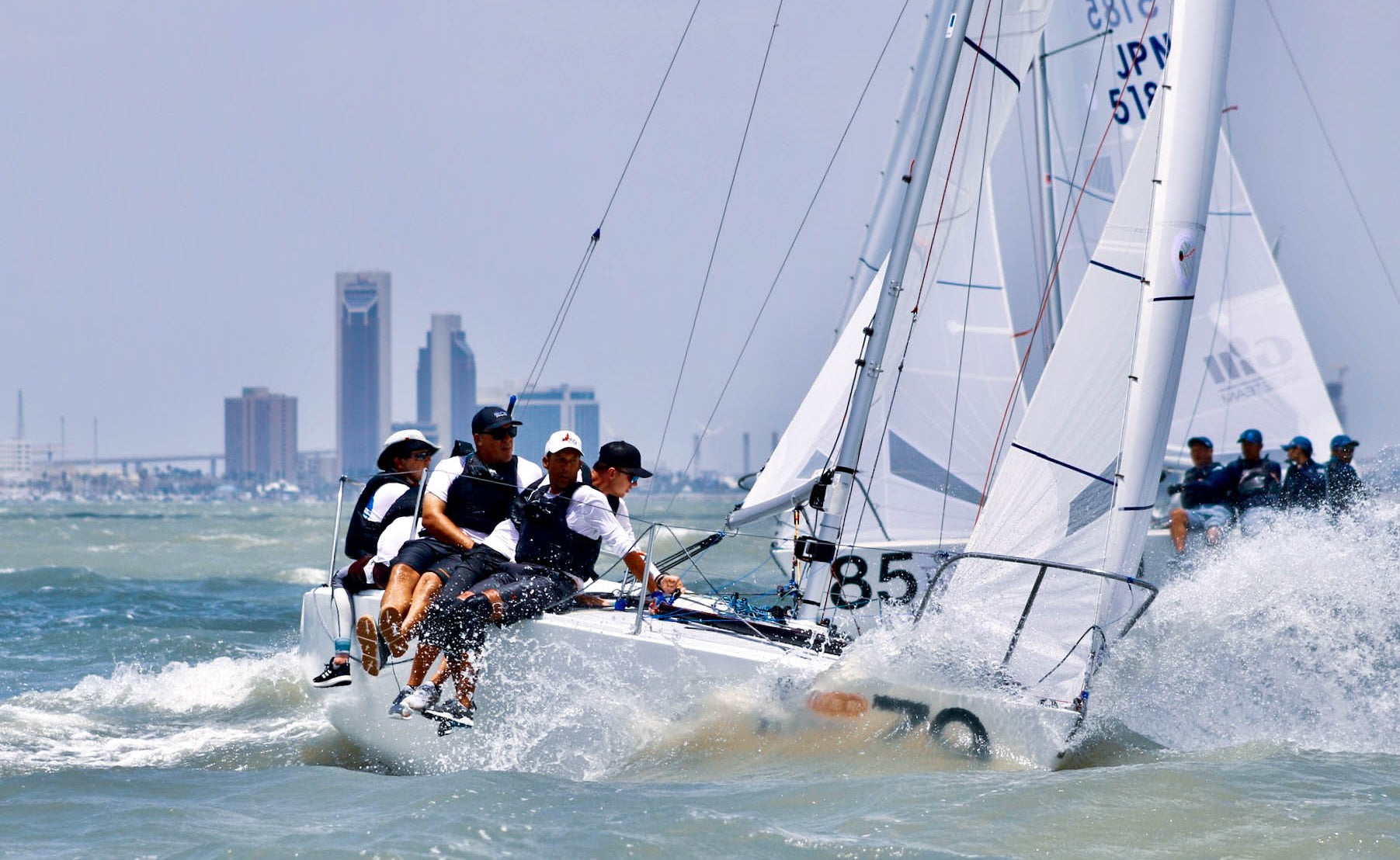
events
MIKEY AND THE GARAGE ROCKET
MIKEY AND THE GARAGE ROCKET
North Sails Experts Claim 2022 J24 World Championship
📸 Emily Stokes
There are plenty of clichés in sailboat racing, and perhaps one of the best is, “you’re only as good as your last race.” And what exactly does this mean? We’ll get to the answer eventually, but let’s begin our story with Mike Marshall and his teammates on American Garage—trimmer David Hughes, tactician Allan Terhune, pit Jeff Hayden and bowman Rod Favela—as they are pacing near the signal boat at the J/24 World Championships in Corpus Christi, Texas, having been dinged with a black flag on the fourth and critical penultimate day of racing.
“It was self-inflicted,” Terhune says. “We didn’t manage our time and distance appropriately, plain and simple. We had a bit of pep in our step, we were still fourth and the discussion was we had to make something happen. Then we did the opposite of making it happen.”
The mistake was nerves, the energy of the day, Marshall says. They set up too close and too early near the pin end of the starting line. “We didn’t need the risk,” he says, “and we would have been happy without it.”
Lesser teams would have caved and thrown in the towel, but the opposite happened onboard American Garage. “Sailing back and forth for an hour and half waiting for every boat to finish, you might start thinking, ‘That’s it,’ but we said we can either pack it up now or just keep fighting. Part of that fight was that we knew we had to step on the gas, and that’s where our second in the next race came from.”
Later that night, Marshall and his teammates rallied around the scoresheet, and the path forward was clear. “It was obvious that our results were improving in the back half of the regatta,” he says. “The numbers were saying that—mathematically—our results were getting better while others were not. We all agreed going into the last day that this was ours to give away.”
They were confident—not cocky—Terhune says, because they knew they were hitting their stride. They had the right team and the right boat to get ‘er done. Which brings us to the boat, No. 3379, and its part in this incredible story. The boat has always been called American Garage as far as Marshall knows. It’s a 1982 vintage J/24 once co-campaigned by Soling Olympic Silver medalist Kevin Mahaney and Hall of Famer Dave Curtis. At some point, American Garage was put out to pasture on Cape Cod until it was discovered by North Sails’ Will Welles, himself a J/24 world champion.
📸 Emily Stokes
Welles knew Marshall had been looking for a boat capable of winning the J/24 worlds, so he paid the owner a visit. “We went out and looked at it and it was a total disaster,” Marshall says. “It had been sitting under a tarp that was less of a tarp and more of a rain catcher.”
The boat sat in Marshall’s yard, continuing to rot from the inside out while he contemplated what to do with it and whether he was willing to undergo and underwrite such an extensive refit. What soon followed was not a project born of boredom, but of motivation and calculation.
The dilapidated vessel was towed to Chris and Monica Morgan’s speed shop in Florida with the goal of a six-month turnaround, which, of course, became a year and six months. “The only reason it happened was because of Chris and Monica,” Marshall says. “They did an amazing job on the boat and they worked hard to get it done.”
The Morgans, masters of the longboard, replaced 70 percent of the deck and gutted the interior. “The only thing we didn’t do was change the keel,” Marshall says. “The hull, keel and rudder were media blasted, faired, and repainted. We put on new hardware, got a newer mast and all new lines. What was essentially left of the original American Garage was the hull, so it seemed fitting to keep the name.”
Why go through such effort when a professional sail designer of his stature could have a much newer boat at his disposal? “I don’t know,” he says. “There are fast boats and there are some boats that are just never there. But at the end of the day, a boat that can win the J/24 Worlds is a no-excuses boat.”
Marshall knew American Garage was fast back in its day, and clearly it still is today.
“We sailed the whole event at the top of the genoa, and didn’t break anything,” he says. “Even when we were on the wrong side of the racecourse the boat was doing the work and still going fast. It comes down to all the little things adding up to one-tenth of a gain here and there. If it gives you a half boatlength at the first windward mark, that’s a huge deal.”
When it comes to J/24s, having the right keel shape is important, he adds, as is a good mast and the right sails, but “having a boat that you didn’t lose anything because it didn’t break is 80 percent of it and having a boat that has all the boxes checked—it’s stiff, it’s fair, the keel is right, the rudder is right and everything is correct.”
But we all know it’s not that simple. Fixing an old boat is half the battle. They still have to get the most from it in all conditions. Enter Dave Hughes, the three-time Olympic 470 sailor who brings to the program a level of detail bordering on obsessive-compulsive. “He was a big pusher of writing things down, which we all do, but he does it to the extreme,” Marshall says.
As they became students of the boat in the months and miles leading up to the 2022 worlds, Hughes applied the meticulous processes required of an Olympic campaign.
📸 Emily Stokes
“It wasn’t until Midwinters this year, in very light air, where we saw we were lacking a bit of power and started to mess around and write our settings down in anger,” Marshall says. “At that event, we began putting our mast-butt settings together. The tuning guide for the newer masts is basic rig tuning, so we had those settings from day one, so it was really about locking in the mast-butt locations for the boat and what the boat wanted in each condition. That’s been ongoing and it continued a lot during Worlds.”
Terhune, who’s sailed with a lot of top programs in his decades as a professional sailor, was awestruck by Hughes’ obsession with measurements. “I’ve never seen two people work so hard to set up a boat so perfectly as Mike and Dave did,” Terhune says. “We made it a goal to be faster every day and we were. At Worlds, we had a good early part of the regatta, but I guarantee that the Day 5 American Garage team would have kicked the crap out of Day 1 team and that’s because Mike and Dave never stopped with the rig-tune development. I’ve never seen anyone write more things on a boat than Dave. It was a no-stone-unturned mentality and the level of detail they had was staggering.”
At the end of each sailing day, Marshall and Hughes would transfer all the scribblings to a Google Sheet for the team to review, keeping track of fast and slow settings. “We equally kept track of the things that were good and bad,” Terhune says. “That was part of the process that Dave was insistent upon, making sure we didn’t just talk about the rainbows.”
Even for Marshall, hyper-analytical himself, Hughes’ approach was next-level. “It was about getting rid of just changing the mast butt because it feels right, to having the data, having the measurement for the wind condition; getting rid of going by fingers on the headstay and actually having millimeter measurements. It was about documenting the good and the bad, but also how to move forward constructively from the bad stuff and then having it written and not guessing anymore. For example, before a race we’d say, “we want to go to 112 on the mast butt, we want to go plus-one, plus-two on the shrouds, and because we’re moving from 116 to 112 we need to add another half turn on the lowers. By looking at the wind conditions we know what it was—every time.”
That’s the unlocking speed of right there, and as Terhune noted earlier, they were getting more out of American Garage every day, and the faster they got, the more confident they grew.
On the opening day of the championship, Paul Foerster—Olympian, Hall of Famer, and one of the all-time greats of American sailing—and his team came out swinging on the same waters on which he won his J/22 World Championship title a year earlier, winning both races—by a Texan mile. The pecking order was established immediately. “We were all taken aback by how badly Paul crushed everyone.” Terhune says. “It was a thorough butt kicking, and everyone was scrambling after the first day.”
It was also a wakeup call for Marshall and Co. on American Garage. In any other championship an 8-2 in a stacked 38-boat fleet would be a good start, but with Foerster on fire, good wasn’t going to be good enough.
📸 Emily Stokes
“That was the moment where we said we have to search for more speed,” Marshall says. “We were not fast enough to get ourselves out of bad places. We were not quick enough and kept getting swallowed up in the fray. We needed to clean things up and be faster downwind.”
The following day, the Corpus Christi wind machine turned on big time. Out came the blades, and these were not your normal blade conditions. It was, as Marshall says, easing-the-blade sailing: “Usually, when you step down from the genoa, you put the blade on and trim the thing in because it’s right at the crossover of the genoa. But this was blade-eased 6 to 12 inches kind of thing. It was at times so windy that we were just sailing off the leeches of both sails, where you step away from trying to sail fast with sails trimmed hard to trying to keep the boat flat and moving fast through the waves.”
Foerster continued his streak, starting the second day with another race win, but American Garage finally posted one of their own. On the scoreboard they were fourth, but they were finding their groove. “We had good pace, but knew we had more to go,” Marshall says. “It was a big one for us when we won that race and Paul did not.”
The following day, again with the blades, they won the first race and sailed home with a fifth. Everything was going in the right direction: “Another good set of scores kind of showed that Paul was beatable at that point,” Marshall says. “He was not going to run away with it and our job was to continue to chip away at the points and let the regatta come to us.”
The improvements and speed gains were happening live, both upwind and downwind. They were changing for the conditions, adapting on the fly. In the steep waves kicked up by consecutive days of 20- to 30-knot winds, starboard tack was straight into the milky blue walls. Port tack presented its own challenges. Marshall explains in detail with some good lessons for J/24 sailors: “Starboard tack was all about putting the bow down and keeping the boat moving. This is where I think people would give up a lot of height. I was doing it early in the regatta, trying to put the bow down to get the boat to accelerate, but I didn’t really need to because I was already at the right angle. I needed to let the boat do more of the work.
“Port was actually the harder one because as the wave rolled under us from the side it would roll the boat over and push it super heeled, but then as it went out from under the other side it would roll us back flat. Our initial thought there was that we didn’t need the power to get through the waves so we moved the jib car back a hole and didn’t think that was the right direction.
📸 Emily Stokes
“On the third day, we moved the car forward to keep the upper leech of the jib engaged a bit more. As the wave rolls under the boat, the apparent wind on the jib changes massively because the boat is going sideways, and as it’s going down the other side of the wave, it’s going less sideways. So, keeping the cars forward to keep the upper leech a bit more engaged meant we weren’t giving away as much height on the backside of the waves. And I was super aggressive with the steering as the wave hit the bow to not let the wave push the bow downwind.”
By Day 3, their downwind sailing was improving too, says Terhune, thanks to Hughes’ dynamic trimming, and the sharp sail handling by the bow team of Hayden and Favela. “If there was one story of our regatta, it would be about the early part of the week we were very weak downwind—subpar even—and by the last day of the regatta we were probably one of the best boats downwind. That’s a function of Dave talking about what he felt on the sheets and the four of us talking about how to move around the boat. It took us a couple of days to get it right, and part of it was that we all changed our mentality of it being a J/24 where you just pull the pole back and go dead downwind.”
In a smaller fleet and on a smaller course you can kind of get way with sailing low and slow, Marshall says, but on a big course that’s not the case: “On a big course, where the leverage on each side is pretty unforgiving, you end up out on the edges and you have to be very quick on your side or you end up with big losses. The VMG has to be more important and that was our change—to not be too low and slow. That’s quite counter to what you would normally do on a J/24.”
It was all good on the morning of Day 4, but then came the black flag. But there would be no quit in this squad. They were only 3 points shy of the title with three races to go and they had to believe in the longer mission at hand. Their second-place finish that day kept them in the hunt.
“The morning’s discussion was that we were getting close, that today is the day,” Marshall says. “It wasn’t something of putting pressure on ourselves; it was just saying ‘now is the time to execute.’ We’d done our work and we were way faster than we were on Day 1. We were much more comfortable in the boat, so now was the time.”
Back into genoa conditions, American Garage came alive, just as it had for Mehaney and Curtis back in its day. The squad led at the weather mark in the day’s first race and posted a third to Foerster’s second. With a bit of padding to those breathing down their necks, the final race was all about fleet management and letting the Garage do its thing. With no points to spare, those battling at the top of the fleet avoided direct skirmishes, leaving the team to sail its own race. In the first mark rounding they sailed right over the top of Foerster’s team as they struggled to get around the offset mark.
“I think, maybe, they were finally feeling the heat and knew we were not going to stop,” Terhune says. “They had their unforced error at the worst time. It’s still a mystery as to what happened. They got tangled up somehow, but it was the first break we got all week and it was the break we needed.”
And there is one key ingredient that can’t be ignored in this victory: “The sails we were using were the same as anyone else sailing with North Sails in the regatta,” Marshall says. “We’re not making ourselves a custom set of sails. Paul felt like he had a bit of an edge in speed with his other sails in light air, but eventually realized they were not all-purpose sails and they were a little off the pace at Nationals and pre-worlds. He initially had a cross-cut genoa, which is never going to be able to get through the full range. It might have an advantage in light air, but not in 18 knots.”
Foerster, Marshall says tried a lot of changes to get faster in breeze, but had limited results, so his solution was the ultimate grenade: a new mast and different set of sails, which dropped into his lap only days before Worlds. “He changed to North Sails and won the first three races, which is a good example that not all sails are built the same, and the crux of it is how you get that last 1/10 out of your boatspeed.”
The refinement of the American Garage’s inventory—the Newport Fathead Main and DDX7 Genoa (once called the Newport Genoa)—dates back to the early 1990s, the peak of the J/24 arms race. “Yes, there’s been updates and tweaks and finishing changes,” Marshall says, “but that main and the genoa combination remain the gold standard of J/24 sails.”
What makes them particularly fast, he adds, is their ability to be quick throughout the wind range. “It’s such a wide range and they’re so easy to set the boat up to be going 95 percent speed 95 percent of the time. That’s the key—if you want that extra two-tenths, you can work hard to get it like we did, but essentially, you can set the boat up with two fingers on the headstay in 15 knots and sail around at 27/24 and you’ll be happy with that all day long. Being able to go 95 percent speed 95 percent of the time without putting in too much effort is what wins regattas.”
American Garage now sits in Texas awaiting its next chapter, perhaps to never again be left to rot on Cape Cod, and onto the North Americans in Annapolis in October, where it will arrive, as the saying goes, as good as its last race.
Shop the Winning Inventory and Contact an Expert today.
📸 Emily Stokes
READ MORE
READ MORE
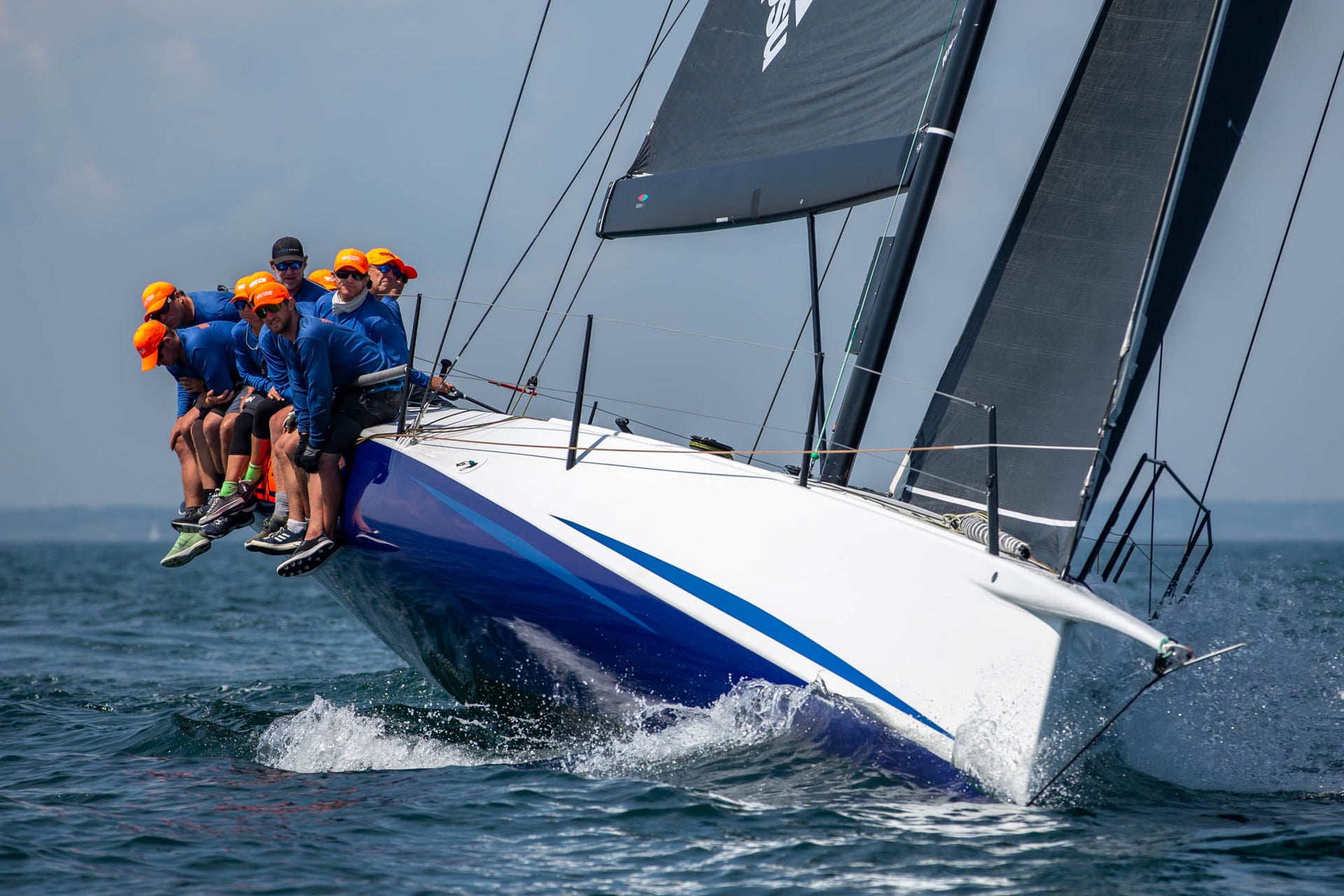
events
TRIUMPH ON THE EDGE
TRIUMPH ON THE EDGE
John Bacon’s Recipe for Success at the New York Yacht Club Race Week
📸 Stuart Wemple
There are lots of ways to attack a regatta, but if you want to win, here are a few things you might wish to avoid: 1) a brand-new owner who’d never laid eyes on the boat until mere days before the racing; 2) an international crew consisting mainly of somewhat laid-back Australians and rather intense Americans (with a strapping Dutch dude thrown in), most of whom had never sailed together before; 3) a largely untested boat with a strong pedigree and (perhaps?) plenty of untapped potential, but also saddled with several important, unanswered questions; and, finally 4) an inaugural event for the yacht and team in a ridiculously competitive, high-profile handicap series with at least two competitors that boasted a solid track record which suggested they might totally clean your clock.
This approach could be summarized in myriad terms, one of which is certainly “recipe for disaster.”
But these were also the ingredients that came together aboard the 44-footer, The Edge, during this summer’s edition of the New York Yacht Club’s Race Week in Newport. In an astounding collaboration between North Sails; Aussie owner John Bacon and his talented Down Under mates (with North’s Sydney-based sailmaker, Alby Pratt, playing a prominent role); and a posse of local Newport gunslingers led by North’s Ken Read (that also included North’s European one-design ace, Joost Houweling), The Edge made a statement in the initial event under Bacon’s stewardship by winning ORC Division C in emphatic, going-away fashion.
And in doing so, The Edge’s crew also laid a framework for success that other teams, in similar circumstances, might be wise to consider and emulate.
We’ll begin, naturally, at the beginning. Several months ago, Pratt received a call from Bacon’s right-hand sailing partner, David “Tower” Sampson, who said that his good mate was looking to switch gears from the one-design racing he’d concentrated on for the last decade to get back into handicap racing with something in the mid-40-foot range. Specifically, they were looking at The Edge, for sale in Newport, which had several things going for it. First, the Harry Dunning-design was from the board of the same naval architect responsible for Bacon’s last big boat, an MC 38, and were both built by McConaghy Boats, just a few miles down the road from his home in New South Wales. And it was equipped with a full set of little-used North Sails.
“So I called Kenny in Newport,” Pratt said, “and told him I had a client who was interested in buying and campaigning it, and asked if it was any good.”
“I’d sailed the boat with the previous owner, who’d commissioned it as the ultimate Grand Prix boat in that size range, with Interlodge as sort of the benchmark,” said Read. “We did a couple of events that culminated in a win at Block Island Race Week, and he was thrilled, but it was sort of a one-and-done thing for him. I have to give Mike Marshall, who designed the sails, a lot of credit. They were perfect. Anyway, I knew the boat was solid and had a good pedigree.”
With Read’s positive endorsement, and feedback from his friend Dunning, Bacon decided to pull the trigger on the Dunning 44. “I thought, ‘Let’s go sail against some really good boats and that will give us a mark about where The Edge is,’” he said. “If we come last, we’ve got a dog and we’ll sell it. But if we do all right, we’ll know we’ve got something, a nice platform that we can invest in.”
📸 Stuart Wemple
A week before the NYYC event, the 11-person team assembled in Newport. The Aussie contingent, led by Sampson and Pratt, also comprised Darren “Twirler” Jones on mainsheet, another trusted hand. The Newport squad, with Read as tactician, included his partner on the doublehanded circuit, navigator Suzy Leech, and bowman Sam Fitzgerald—a pro sailor, engineer and member of the American Magic team—who’d been largely responsible for putting The Edge together in the Australians’ absence. Bacon (who wants it to be known he’s a longstanding member of Missouri’s Weatherby Lake Yacht Club!), flew in from Europe, fresh from a fourth in the 5.5 Metre Class World Championships and overall champ in the Corinthian division; with him was North’s Houweling, who oversees Bacon’s European sailing programs.
With that, they got to work. “We had five solid days before the regatta to get to know everyone and get our maneuvers down,” said Pratt. “That was invaluable. Once we started the regatta, we were actually racing, not trying to sort out the boat, and who did what, and where to sit on the rail. We had all that dialed in.” John also commissioned a new North Helix Light jib and a new A4 spinnaker. The new jib proved to be the go-to workhorse sail for the majority of the racing.
For the first day of racing, the NYYC race committee sent the fleet outside into Rhode Island Sound. “It was really light, with leftover chop, the conditions don’t get much harder really,” said Bacon. “At first, we were never up there with the hot guys, Interlodge and Stark Raving Mad. I think I was probably sailing a bit hot and then Kenny got me driving a bit deeper. And all of a sudden we started coming at them.”
“John’s a really good driver, but he doesn’t love the light stuff,” said Read. “And if the boat has an Achille’s heel, it’s the light stuff. But we ended up with a 2, 3, 1 that first day, just a couple points out of first. On the first day of racing as a team? I’ll take that.”
On Day 2, the racing commenced up Narragansett Bay, more or less on the Read family’s home waters close to nearby Barrington, Rhode Island, his childhood sailing venue. “I wasn’t too upset at that,” he laughed. “The one unique thing about the week was that there was a super moon, and I’m not sure everyone understood how big a deal the current was going to be. It was pretty comfortable for me, like having your blankie when you’re a kid.”
The results tell the story. The Edge scored bullets in the next three races. For all intents and purposes, it was game, set, match. And victory in ORC C.
“I can’t say enough about how the crew came together,” said Bacon. “It was copybook. It takes some boats months and months to get a crew that coherent, these guys did it in a few days. There was a lot of respect among everyone. It was an incredible experience, I learned so much that week. How could you spend a week with Ken Read and not learn something? And Newport and the New York Yacht Club are very special to Australian sailors. To do well there, it will always be a special thing for me, for sure.”
“Having John coming straight from the 5.5 Worlds was a huge advantage,” said Read. “One of the pitfalls of being an owner/driver is you probably have a job that takes up 98 percent of your time. So when all of a sudden you’ve kind of eased out of that day-to-day work grind and transitioned into the day-to-day rhythm of steering a sailboat fast, well, that was a huge advantage for us. And as a tactician, I’ll take that advantage every day of the week.
“I don’t use the word ‘perfect’ very much, but The Edge was the perfect mix between the owner’s sailing friends and some industry pros that clicked as a team and made it fun for the owner,” he continued. “So if you have a combination of people that the owner likes onboard, with people who can get the boat around the race course, and a project manager like David Sampson who always thinks on behalf of the owner’s wishes, the program’s going to be successful. Because you can win every race, but if the owner’s not having fun, he’s not coming back.”
Joost Houweling concurred on the matter of the importance of having a person like Sampson in charge of what’s happening not on the water, but off it. “When the owner comes on board, he’s absolutely in charge, but he’s comfortable because everything else in the program is taken care of,” he said. “What’s the handicap? Where do we eat and sleep? What has to happen with the sails? Who’s the crew? Where are their tickets? If all that’s arranged, as it was on The Edge, John could just concentrate on sailing. It’s very important to have a guy like that.”
So, to recap the elements required to put together a winning program in short order on the fly: A good, potentially great boat with an excellent sail inventory. A committed and skillful owner/operator. Several days of practice beforehand, concentrating on starts and turns. A dedicated point person in charge or organization, details and logistics. A steadfast crew that learns from their mistakes and does not repeat them. Some local knowledge. And, of course, a bit of luck never hurts. And that is how you get The Edge.
📸 Stuart Wemple
READ MORE
READ MORE
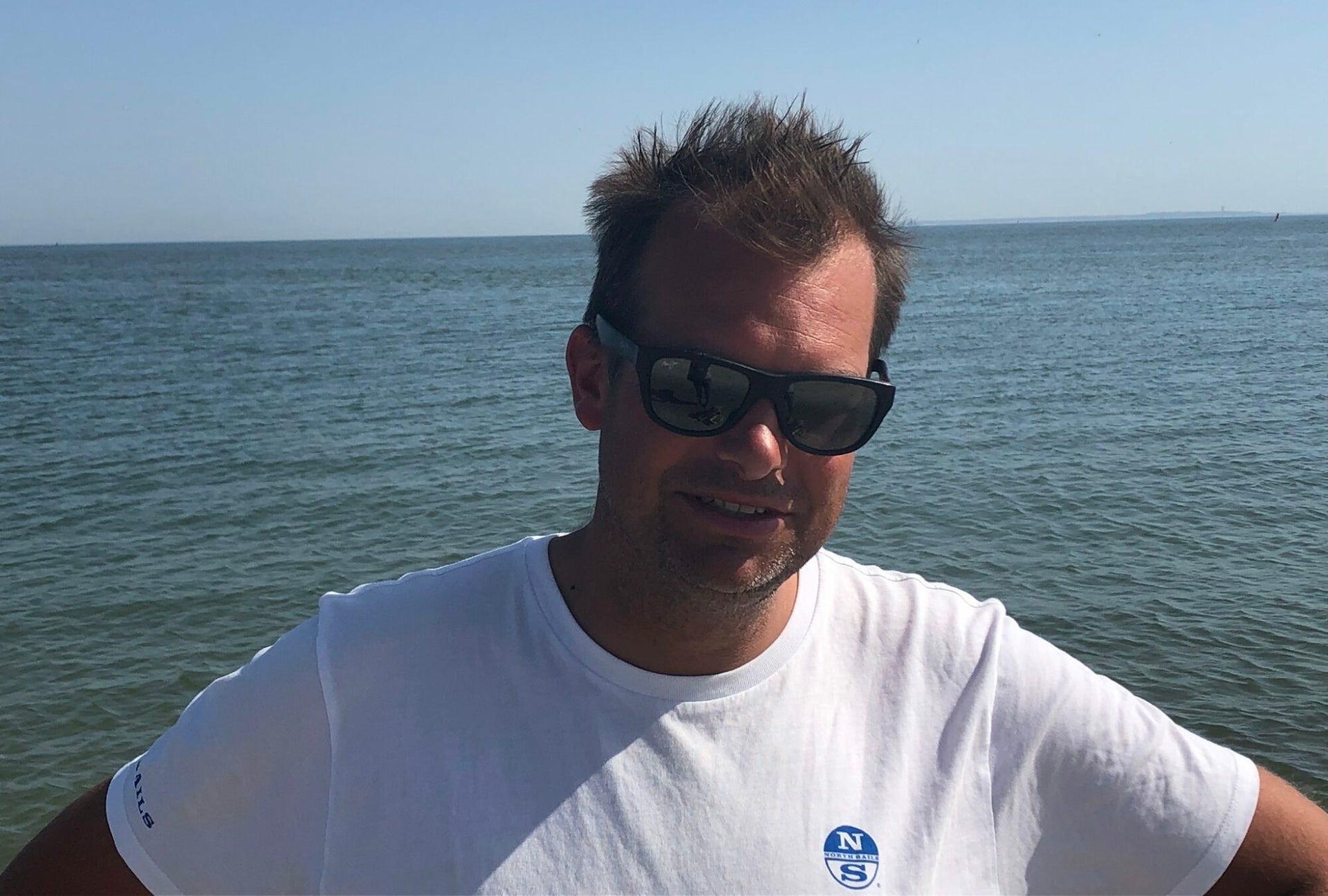
events
EVEN VOORSTELLEN: WOUTER KÖLLMANN
EVEN VOORSTELLEN: WOUTER KÖLLMANN
North Sails Expert
Wouter Köllmann (41) is van jongs af aan actief in de watersport. De rol van Sail Expert bij North Sails is hem dan ook op het lijf geschreven. Inmiddels is hij het vaste gezicht in de loft in Almere en deelt hij zijn passie voor het zeilen graag met klanten, vrienden en familie.
Waarom wilde je zo graag bij North Sails werken?
Ik ben zo goed als geboren op een boot. Hoewel ik relatief laat met wedstrijdzeilen ben begonnen – op m’n 13e pas – loopt zeilen als een rode draad door mijn leven. Het is mijn passie. Daarom wilde ik altijd al de zeilerij in. Na het bekende traject van Optimist, Laser en verschillende kajuitboten te hebben afgelegd, ben ik beroepsmatig gaan zeilen. Toen is het balletje gaan rollen. Sinds 2014 werk ik bij North Sails. Vanaf 2017 is de interne organisatiestructuur met onder andere de komst van Nic Bol gewijzigd en is de bereikbaarheid van North Sails uitgebreid met vestigingen in Almere, Rotterdam en Antwerpen. De essentie is echter niet veranderd. Wereldwijd zijn wij de benchmark. We blijven ontwikkelen en ook achter de schermen beschikken we over een professionele organisatie.
Is het werk echt zo leuk als je vroeger dacht?
Zeker! In principe is onze eerste taak om zeilen te verkopen, maar het gaat zoveel verder. We adviseren eigenaren en jachtwerven, optimaliseren zeilplannen, meten in, bespreken ontwerpen met de saildesigners en leveren de zeilen af. De ene dag voor een Optimist, een dag later voor een superjacht en alles daartussen. We hebben dan ook een uitzonderlijke baan. We zijn bevoorrecht dat we met mooie boten en het beste materiaal mogen varen tijdens unieke evenementen. En ondertussen helpen we mensen een stap verder met plezier maken.
Wat zijn de mooiste momenten op het werk?
Het afleveren van een nieuwe set zeilen. Eigenaren zien je graag komen en zijn blij met hun nieuwe aankoop. Onze visie is; iedere boot kan beter of comfortabeler, net waar de wensen liggen. Onze drive is dan ook om ervoor te zorgen dat er betere prestaties worden behaald. Natuurlijk zijn nieuwe zeilen geen garantie, voor een groot deel ligt het aan het team en de handling. En als North Sails zijn we er niet alleen voor de ‘diehard’ wedstrijdzeilers. Juist niet! Als een cruiser bijvoorbeeld teveel helling maakt, kijken we hoe we dat met de zeilen kunnen compenseren en daarmee meer comfort kunnen realiseren. Ook voor boten die af en toe aan een avondwedstrijd meedoen, kunnen we veel betekenen. Als je altijd 15e bent en met een goed zeilplan 8e of 9e kan worden, is dat net zo leuk!
Op welke overwinning ben je het meeste trots?
Heel stom, maar ik weet niet meer alle overwinningen. Dat klinkt gek, maar het is echt zo. Een leuk onderdeel van het werk is het verzorgen van bootmanagement. Zorgen dat de crew, de boot, de zeilen en het trainingsprogramma op orde zijn. Momenteel vaar ik op veel verschillende typen schepen, waaronder veel J-Boats zoals J/99, J/111, J/80 en J/109. Daarmee hebben we ook diverse nationale en internationale successen hebben behaald. Zo ook met de J/70, waarmee we onder andere tweemaal Nederlands Kampioen geworden, waarvan één keer samen met collega Jacco Huijgen. Dat was heel mooi. Maar heel eerlijk: tegenwoordig geniet ik ook enorm van het zeilen met mijn gezin. Lekker cruisen op onze toerboot!
Je hebt twee dochters. Gaan die ook zeilen?
Dat weet ik niet hoor! Mijn partner is ook een wedstrijdzeilster, maar of onze dochters dat pad ook inslaan is nog maar de vraag. De jongste van 1,5 jaar krijgt het nog niet zo mee en de oudste van vijf vaart op haar manier mee. Trekt weleens aan een lijntje en stuurt mee, maar vindt vooral het samenzijn aan boord heel leuk. We gaan het zien. Wel zie ik een hele nieuwe generatie zeilers klaarstaan. Gelukkig zijn er initiatieven als Team Heiner Talents en ROST van Gerd-Jan Poortman, welke we ook proberen te ondersteunen met North Sails. Zelf heb ik ook kansen gekregen, dus ben zeker een voorstander om de zeilsport te behouden voor de toekomst.
Wat is het beste advies wat je ooit hebt gekregen?
Doe wat je leuk vindt, anders ga je het niet volhouden. Als je iets kiest, doe je dat namelijk vaak je hele leven… Dat was het advies van mijn ouders. Desondanks stonden ze niet meteen te springen van blijdschap toen ik na mijn studie Werktuigbouwkunde en Commerciële Economie met hen overlegde en besloot om fulltime te gaan zeilen, maar ze hebben mij altijd gesteund. Gelukkig heb ik hun advies opgevolgd. Het heeft goed uitgepakt.
READ MORE
READ MORE
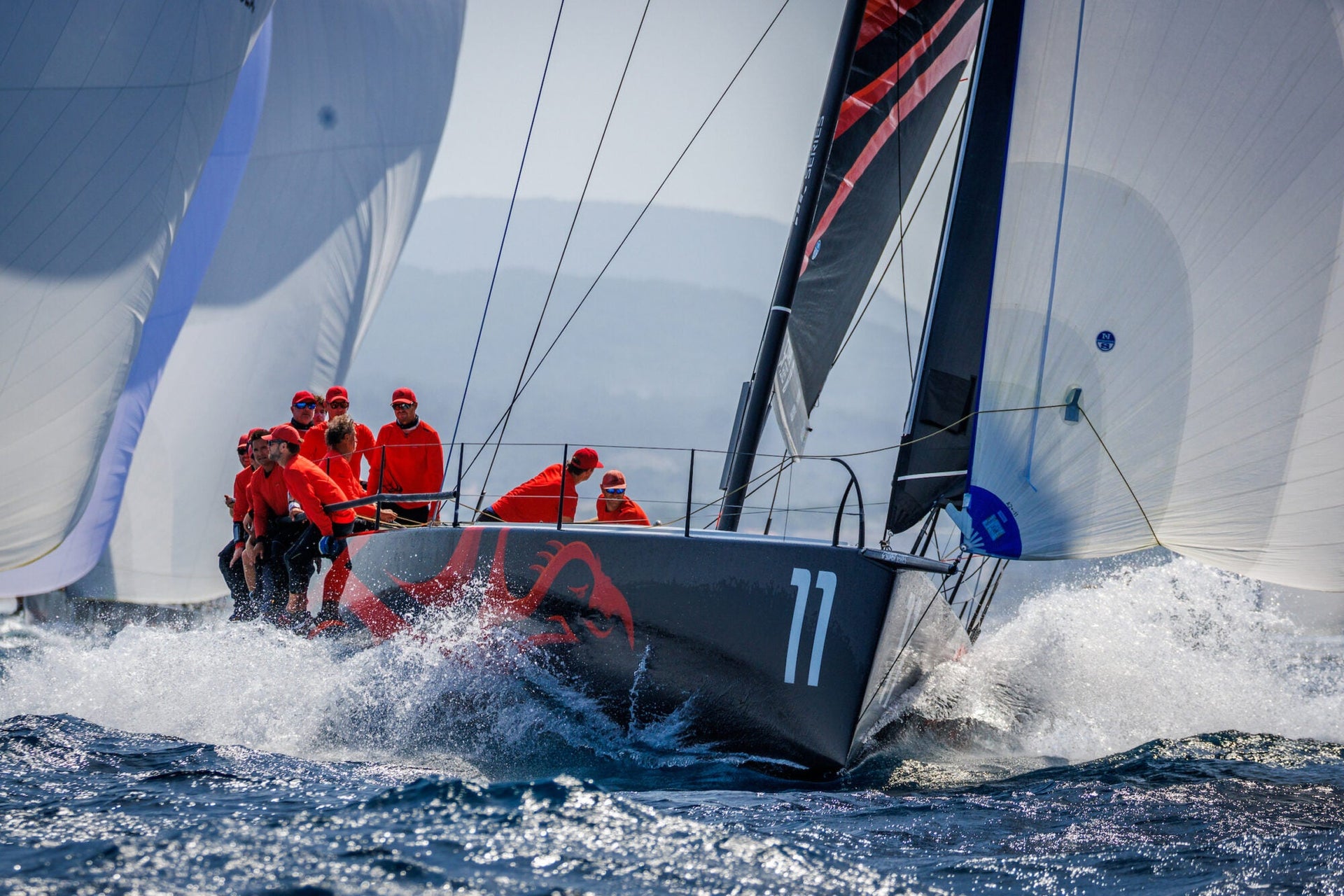
events
#NSVICTORYLIST - 52 SUPER SERIES PODIUM SWEEP
#NSVICTORYLIST – 52 SUPER SERIES PODIUM SWEEP
North Sails Onboard for Key Victories in Puerto Portals
📸 nicomartinezphoto
On July 21, nine super-charged TP52s, representing six countries descended upon the Bay of Palma for the third event of the SUPER SERIES season. 2022 marked the event’s seventh visit to Puerto Portals, Spain. And, amidst a heatwave, the wind forecast was anything but certain in a venue already known for its varying conditions.
North Sails powered the top three boats at the 52 SUPER SERIES Sailing Week in Puerto Portals. The Plattner family’s Phoenix claimed a long overdue regatta win, with 2021 season champion Sled placing second and Provezza making big moves on the final day of racing to round out the podium.
Phoenix’s Tactician Tom Slingsby commented on the team’s win.
“This feels amazing not just winning, but winning comfortably with this team. I have been saying for a long time that we are right on the edge and we have had a couple of podiums, thirds and fourths and just missed the regatta win. It feels great with such an amazing team we have here.”
Their win in Puerto Portals moves Phoenix to the top of the season scoreboard, a position they’ll fight hard to protect throughout the remaining two events.
As the sailmaker of choice to the majority of the fleet and a longtime sponsor of the SUPER SERIES, North Sails is committed to ensuring the teams we work with have the tools they need to win. Branded as the world’s leading monohull circuit, the SUPER SERIES is a test of teamwork, season-long perseverance, and for North Sails, continued product innovation.
All North-supplied teams competing in the SUPER SERIES use 3Di. First introduced in 2010, these molded composite sails are an indispensable building block of championship projects.
The latest refinement North designers have deployed for the TP52 inventory is the Helix Structured Luff. Structured luff sails are not limited to North Sails, but the pairing of Helix with 3Di uniquely maximizes the benefit of load sharing.
Available for both offwind and upwind sails, Helix is a game changer that enables a new gear. Sail shapes are more dynamic and that means more power. Regatta winner Phoenix sailed with a complete Helix upwind inventory during the event in Puerto Portals, and second place Sled used a Helix jib.
View this post on Instagram
A post shared by 52 SUPER SERIES (@52superseries)
North sail designer Burns Fallow is the designer of record for Phoenix. As the lead sail designer for America’s Cup Defender Emirates Team New Zealand, Fallow has been at ground-zero of Helix’s rapid development. One of the world’s leading aero-experts, Fallows, explains his work with Phoenix and their use of Helix sails.
“I did my first Helix designs for the Phoenix team at the end of 2021. And while they did not card that sail, the team used it for practice and got a feel for Helix’s increased range. I collected great feedback from their trimmers, particularly Morgan Trubovich, which helped with future design iterations. The team quickly realized the potential benefits of the Helix path and fully committed to the concept for the 2022 season.”
Follows continues, “Throughout the offseason, I worked on building simulations of Phoenix’s sails in Membrain, a program within the North Design Suite. With Membrain, I refined the range of tack loads and depths we were targeting based on the shapes the team was familiar with in their current inventory. North Sails delivered a full inventory to the team in April. The real-world results calibrated very, very close to what I had been seeing on my computer screen with the Membrain models a few months earlier.”
The 52 Super Series will race again in Scarlino late September. The circuit then heads to Barcelona in October for the final event of the 2022 season and of the nine boats competing in the 2022 season, seven have chosen North as their sailmaker. This is a testament to North Sails’ industry-leading technology, tools and also to the North Sails team. In total, six sail designers support the Super Series program year-round.
Learn more about the 52 Super Series and follow along with the 2021 season on https://www.52superseries.com/
📸 nicomartinezphoto
READ MORE
READ MORE
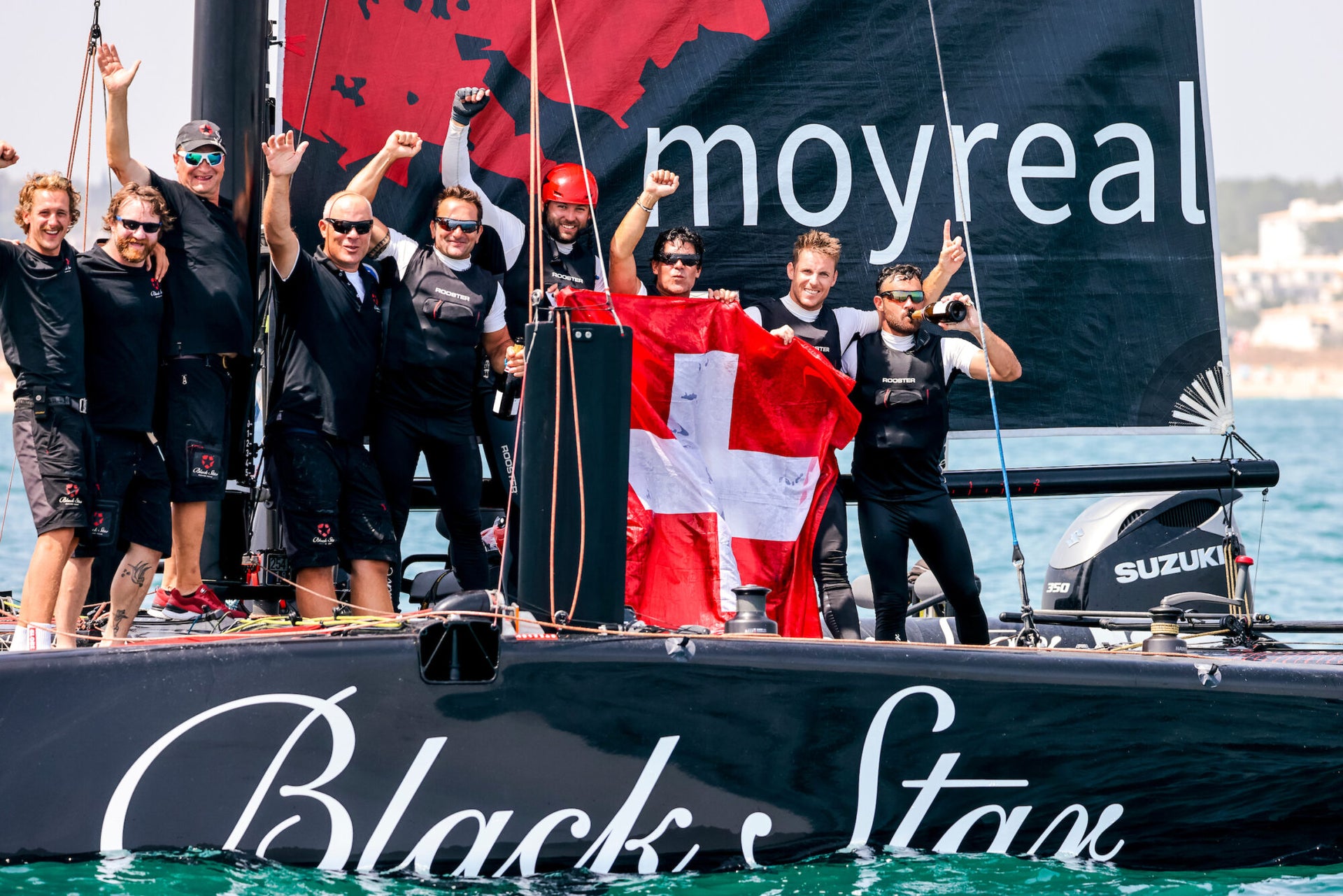
events
BLACK STAR SAILING TEAM BECOMES THE FOURTH GC32 WORLD CHAMPION
BLACK STAR WINS GC32 WORLD CHAMPIONSHIP IN EXCITING FINALE
Christian Zuerrer Improves Upon 2021 Performance to Top the Podium
📸 Sailing Energy
The GC32 World Championship in Lagos, Portugal, July 13-17, saw ten teams on the line to battle it out for the title. Three new teams joined the GC32 Racing Tour for its top event of the year: two newSailGP teams, K-Challenge Team France and Team Canada, as well as a new Polish campaign: Piotr Harasimowicz’s HRM Racing Team that would boost the owner-driver competition. Additionally, due to America’s Cup commitments, stand-out GC32 skipper, Alinghi Red Bull Racing’s Arnaud Psarofaghis, was unavailable to race the Worlds, handing it over to 24-year-old Maxime Bachelin. This leveled the playing field – would the contenders to the Swiss throne be Team Rockwool Racing or top owner-driver Erik Maris and Zoulou, who had podiumed in the pre-Worlds three weeks earlier?
Ultimately the field consisted of ten teams from seven nations competing at the GC32 Worlds, including Simon Delzoppo’s .film AUS Racing from Australia and USA’s Jason Carroll’s Argo, with Paul Goodison calling tactics.
Despite predictions, on the opening day there was a surprise stand-out team: the GC32 newbies on K-Challenge Team France, skippered by Nacra 17 Olympian Quentin Delapierre. The team scored three bullets in five races, despite the mix of reaching and upwind starts, with conditions that started light but built to 20 knots. The increased winds enabled the nimble flying catamarans to reach speeds up to 30 knots.
📸 Sailing Energy
In the five races held the following day, the French SailGP team was again the lowest scoring team, and at the halfway point held a solid 10 point lead.
However at this point a new star was already on the ascent and it was Black. Christian Zuerrer’s Black Star Sailing Team is unique for being a privately-owned team with Zuerrer trimming main, leaving Kiwi match racer Chris Steele to helm. The team joined the GC32 Racing Tour in 2019 and stepped up to reach the podium in 2021. Day two of the GC32 World Championship saw this Swiss team win two races, however they struggled to find consistency, but this would not be the case for the final two days.
The second half of the Worlds was held mostly in sub-10 knot conditions yet still provided top level competition. At this point the GC32 World Championship became a two horse race between the French and Swiss and even Alinghi Red Bull Racing was struggling to keep up. Over the next seven races, the two previously mentioned stand-out teams won every race save one which was taken by Team Tilt, skippered by Sebastien Schneiter. It wasn’t until the penultimate race that Black Star Sailing Team took the lead overall, sealing the deal by winning the final race as a technical issue caused the French leaders to plummet to ninth. Black Star Sailing Team became the fourth GC32 World Champions as Erik Maris’ Zoulou won the Owner-Driver trophy.
“We are very proud of the association between the GC32 Racing Tour and North Sails, as its official supplier,” said Paul Westlake. “We are pleased to see this top level, high energy racing circuit for foiling catamarans continuing to thrive.”
The GC32 Racing Tour will conclude with its final 2022 event in October.
📸 Sailing Energy
READ MORE
READ MORE
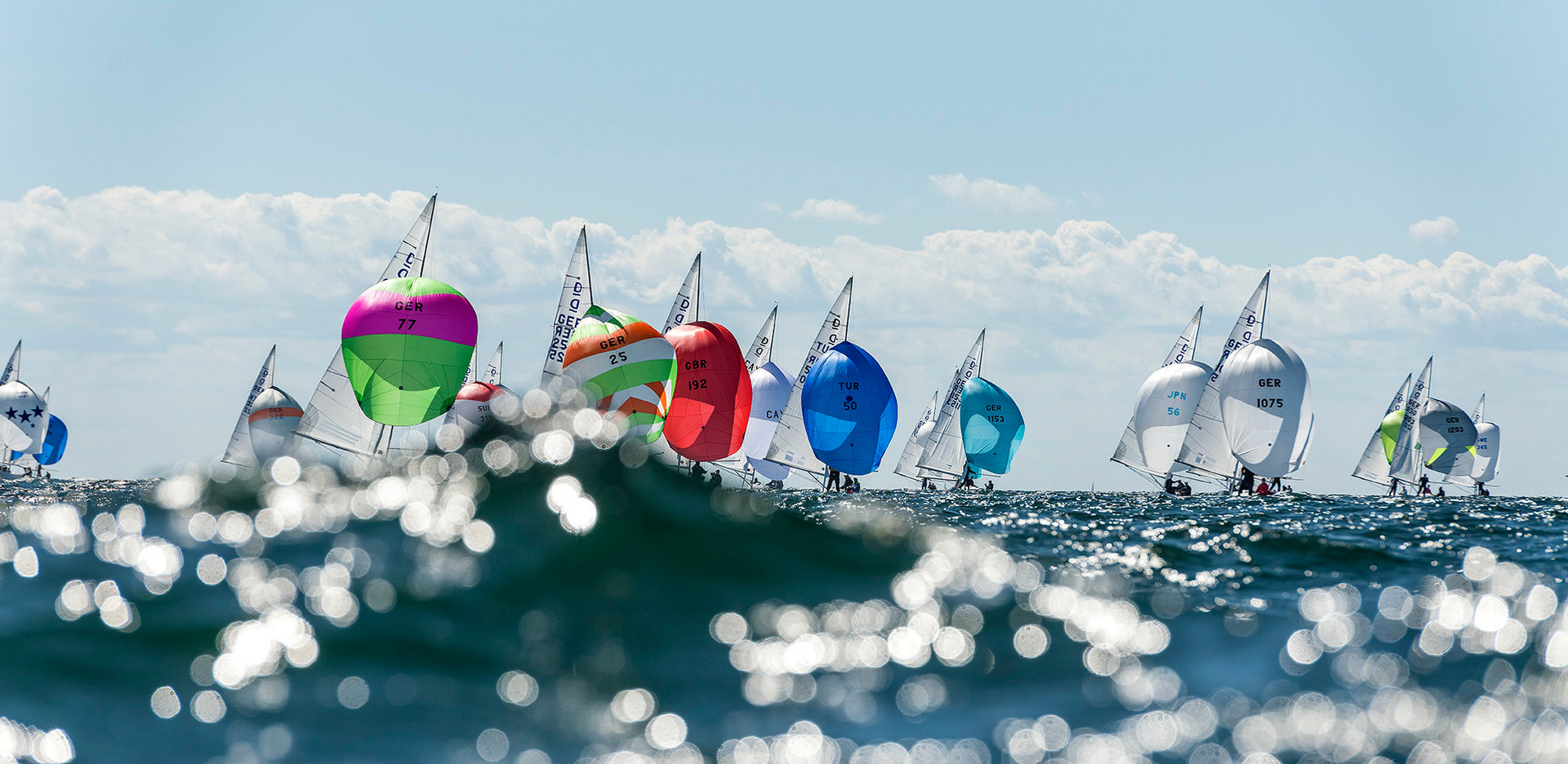
events
THE QUEEN'S DRAGON
BLUEBOTTLE – THE QUEEN’S DRAGON
Racing Royalty: 74-Year Old Classic Races 2022 Dragon World Championships
📸 Tom Körber
“Take the measurement certificate, for example, it says the owner, and it’s… well, Her Majesty the Queen. So, when you go to the regatta office to register and they’re looking at it… they’re taking photographs and they can’t believe it.” The speaker was Graham Bailey, and we were talking about Bluebottle, the 74-year old classic that he had just helped Ruairidh (Rory) Scott – a leading designer with North One Design – sail to a fifth place at the 2022 Dragon Worlds in Germany.
Bluebottle was a wedding gift from the Island Sailing Club to the-then Princess Elizabeth and Prince Phillip in 1948. She was raced by the Royal couple, and others – winning bronze at the 1956 Olympics in Melbourne in the hands of Graham Mann – before being retired from racing in 1961.
Bluebottle spent the next forty years at the Royal Naval College in Dartmouth. “I’m told that no cadet dare use her for fear of pranging her,” said Bailey. “So, she was sort of a precious, unusable item… until she was taken in by the National Maritime Museum in Cornwall.”
It was Bob Downie, the far-sighted CEO of The Royal Yacht Britannia Trust that rescued her and brought her back to the racetrack. Downie was already responsible for the remarkable second life of the Royal Yacht Britannia, now a superb tourist attraction in Edinburgh, and home to two other royal yachts, the ocean racer Bloodhound, and the Flying Fifteen, Coweslip.
Downie was given custodianship of Bluebottle, and this is where Bailey – a long-time Dragon devotee – came into the picture. “He was seeking guidance on who best to restore her,” said Bailey. It was David Heritage Racing Yachts of Cowes that got the job. The question was, how complete a restoration should be undertaken?
“They kept on referring to the Duke,” explained Bailey, “and he kept on saying, ‘Well, yes, if we’re going to restore her, we might as well restore her properly, not just to be on display again in another museum… Let’s put her into sailing condition.’” And then sailing condition became racing condition, and slowly the plan was hatched to get Bluebottle back on the water where she belonged. At the front of the world’s Dragon fleets.
📸 Tom Körber
📸 Tom Körber
Sadly, the passing of the Duke of Edinburgh in April 2021 meant that he never got to see his beautifully restored Dragon, but the loss of the Duke didn’t change the plan. Bailey and his wife Julia were asked by the Palace to race her – to take the Duke of Edinburgh’s boat to the Edinburgh Cup in Edinburgh. “She was last raced in 1961, it was a full 60 years until she crossed a start line ,” explained Bailey, after they came third at the event last summer.
It was such a success that the team decided to go to the Worlds. “Rory kindly agreed to come with us… he’s about the hottest property in Dragon racing at the moment,” said Bailey. “He’s just won the Europeans and has had stunning successes whatever he’s done.”
“We’d never sailed together as a team or at all, or on that boat… and no one had a clue how we would go,” explained Scott. “We opened with a 22nd or something like that, and then from that point on, all our results were top ten.”
“I can’t understate Rory’s contribution to getting her rolling,” said Bailey. “The first couple of races, we weren’t really able to hold a lane… but we fiddled about for a couple of days, and then all of a sudden, we started hitting some sweet spots.”
“We put all our standard sails on it,” said Scott. “We have a light, a medium, and a heavy genoa, our latest R5 Spinnaker, and they already had a mainsail, which was the A7. We offer two designs, a deeper one (A7) and a flatter one (A14). And this was the deeper one, which suited that boat very well because the mast was pretty soft.
“We managed to get in a position where we were one of five boats going into the last race that was capable of winning. And as it was, it didn’t go our way,” added Scott. They got a black flag in the final race. “At least we were pushing to do our best,” he concluded. “It was a pretty cool experience, to be asked and to be involved.” Finishing fifth, Bluebottle’s result – at the grand old age of 74 – was the icing on the cake, with North Sails powering the top three overall.
There is little doubt that Bluebottle is a very special Dragon. “We were packing the boat up and an elderly gentleman turns up on his bike. He’s cycled from the next village because he’d been reading in the newspapers about Bluebottle and he wanted to see her himself,” recalled Bailey. “She’s got her own charisma.”
📸 Tom Körber
READ MORE
READ MORE
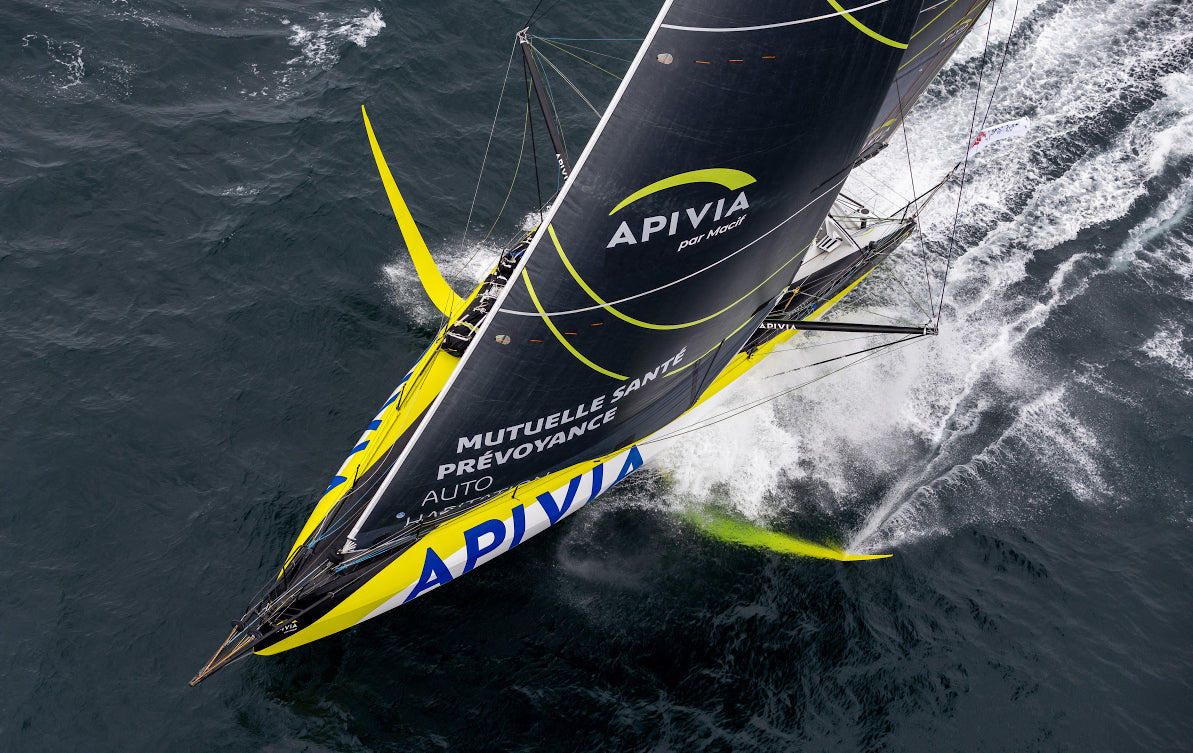
events
#NSVICTORYLIST: 2022 VENDÉE-ARCTIQUE
#NSVICTORYLIST: VENDÉE ARCTIQUE
Familiar Faces Crowd the Podium After 1200 NM Cold Weather Course
Dalin, Beyou, Ruyant. By now, these names are likely familiar to you, and if not, don’t fret; North Sails will help get you up to speed. The top three boats completed the 1200 nm Vendée Arctique course a short four days after they first departed on June 12th. Dalin’s Apivia was first to finish, a trend that’s becoming a habit for the solo skipper. If you remember, Dalin was also the first boat to complete the grueling 2020-21 Vendee Globe and then followed it up with a first-place finish in the 2021 Rolex Fastnet Race. Charal’s Jérémie Beyou and LinkedOut’s Thomas Ruyant closely followed Dalin, with the top three Vendée Arctique finishers arriving into Les Sable d’ Olonne within seven hours of each other.
The Vendée Arctique is the first of five qualifying races for the 2024 Vendée Globe. The planned course is a demanding loop course that takes competitors on an unprecedented sailing adventure into an arctic environment. The skippers set off single-handed and non-stop towards the Arctic Circle, expected to sail around Iceland and navigate through the weather systems in the rough seas of the far north before returning to the race’s home port in France.
But the weather conditions proved more challenging than expected for the 2022 edition. Race officials determined a strong low-pressure system in the North Atlantic near Iceland was churning to be more dangerous than first forecasted. As a result, the race was shortened and the finish moved to the Iceland Gate – to the east of Iceland.
View this post on Instagram
A post shared by Vendée Arctique (@vendeearctique)
Of the 25 skippers participating in the 2022 race, 16 are Vendée Globe veterans, and they’ve chosen North Sails to help them deliver the results they and their sponsors expect. The North Sails team knows that sailors have a choice among sailmakers. Our market share within the IMOCA class is a result of the best people paired with the best product and a competitive spirit that never quits.
“Innovation and going beyond is the North Sails DNA,” remarked Gautier Segrent, Head of North Sails France. “Our presence in the IMOCA class is because of years of intensive development that translates into three main elements; our investment in the creation of innovative products such as 3Di and Helix Structured Luff; our strong involvement and North Design Suite software available to the design teams from the very first drafts; and finally, our hands-on support for custom projects to best meet the expectations of the teams.”
A longtime collaborator with the individual teams, North Sails stepped up their support and signed on as an official supplier for the 2022 Vendée Arctique. North Sails France Managing Director Philippe Touet commented: “The North Sails involvement as an official supplier of the Vendée Arctique is closely linked to our relationship with the racers of the Vendée Arctique and the Vendée Globe; the two major offshore races organized by the Vendée SAEM. These events are both the playground and a testing ground for North Sails. So partnering with the Vendée SAEM in the second edition of this race was an obvious choice.”
The next edition of the Vendée Globe commences in November 2024. These next two years will see sailors putting their boats through the paces and testing their equipment to its limits. Their onboard experiences will provide critical feedback for the North Sails design team to continually tweak and optimize the IMOCA sail inventories. They often say you win races before you even reach the start line, and with the first event completed, the race is on.
READ MORE
READ MORE
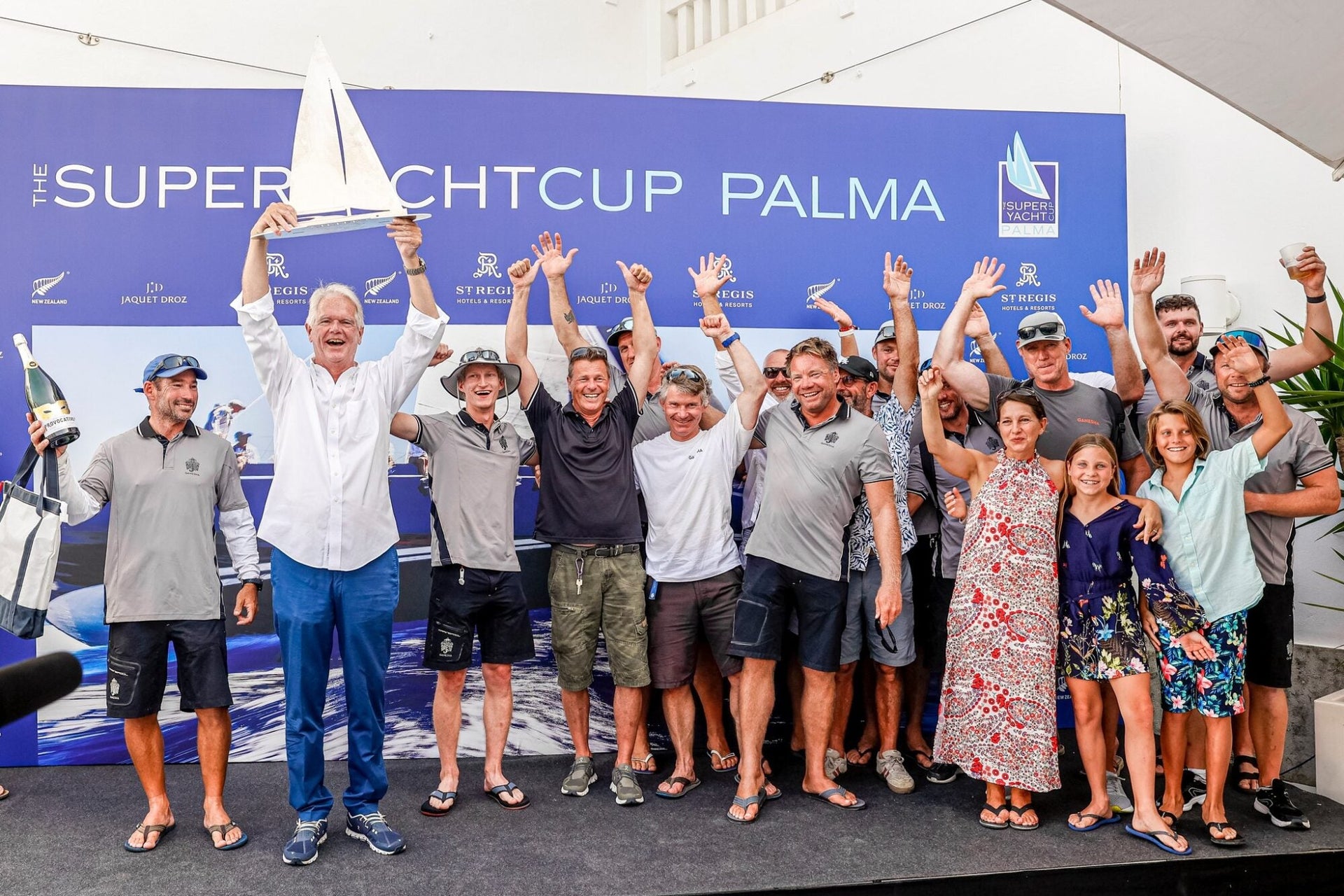
events
#NSVICTORYLIST: SUPERYACHT CUP PALMA 2022
#NSVICTORYLIST: SUPERYACHT CUP PALMA
North-Powered Superyachts Sweep Podium & Ganesha Claims Winner Overall
With all but one of the participating superyachts outfitted with North Sails, we knew the Superyacht Cup Palma would bring a handful of new entries to the #NSVictoryList, but in what combination?
The event came down to the last race of the regatta, and in the end, Ganesha claimed Overall victory in addition to her Class B win. J Class Svea won the J Class division while Kiboko Tres took the top spot amongst the A Class.
“It was a bit of a surprise win, and we certainly weren’t expecting it, either the class or the overall,” commented Ganesha skipper Alex Pamment. “It was very, very close. Yesterday we came second by one second, but today the weather gods were with us, and we were able to get a result. The tacticians had it tough, but we were able to make the right calls.”
The Superyacht Cup Palma is one of the most anticipated regattas on the superyacht summer calendar. This year’s event saw eleven yachts competing across three classes with nine North Sails experts onboard throughout the fleet.
View this post on Instagram
A post shared by The Superyacht Cup Palma (@thesuperyachtcuppalma)
Superyacht Sales Leader Jens Christensen and Palma-based Mark Salder sailed on Ganesha. North Sails Palma Service Manager Tom Webb stepped off the loft floor to join the Savannah crew, who claimed second in Class B.
The J Class Svea bolstered their race crew with recent North addition Bouwe Bekking, Grand Prix Sales Leader Paul Westlake, and Superyacht Leader Quinny Houry. The Superyacht Cup is Svea’s first regatta under a new ownership group, and the rumor on the dock is that they trained hard in the days leading up to the event.
“We are thrilled, delighted to have won our class – we are over the moon,” said Svea co-owner Niklas Zennström. “We came to this event having put in a training week before to get to know it, as many of us have never sailed a J Class before. To win the class is very special, much more than we expected as this was going to be a learning regatta.”
📸 Sailing Energy
Also scattered across the J Class division, Heine Sorensen, sailmaker to Topaz, was on board to see his work in action and was joined by North colleague Eckard Kaller. Meanwhile, Tom Dodson from North Sails New Zealand assumed his established race crew position with Velsheda.
North Sails is a longtime sponsor of the Superyacht Cup Palma. Whether onboard with clients or dockside with the Palma-based service team, this is an all-hands-on-deck event. Additionally, our sister-companies Southern Spars and North Actionsports, joined us to support the regatta. North Sails teamed up with Southern to host the post-racing social event on Thursday, and each of the three podium positions was gifted one of the recently launched North Standup Paddleboards.
A huge thank you to the event organizers who power through long days to ensure this event runs smoothly. See you in 2023.
📸 Sailing Energy
READ MORE
READ MORE




